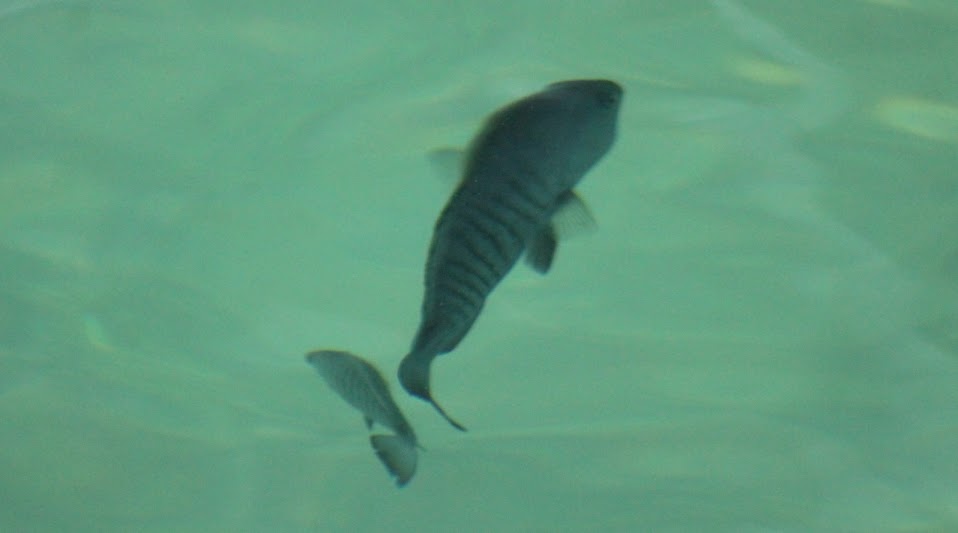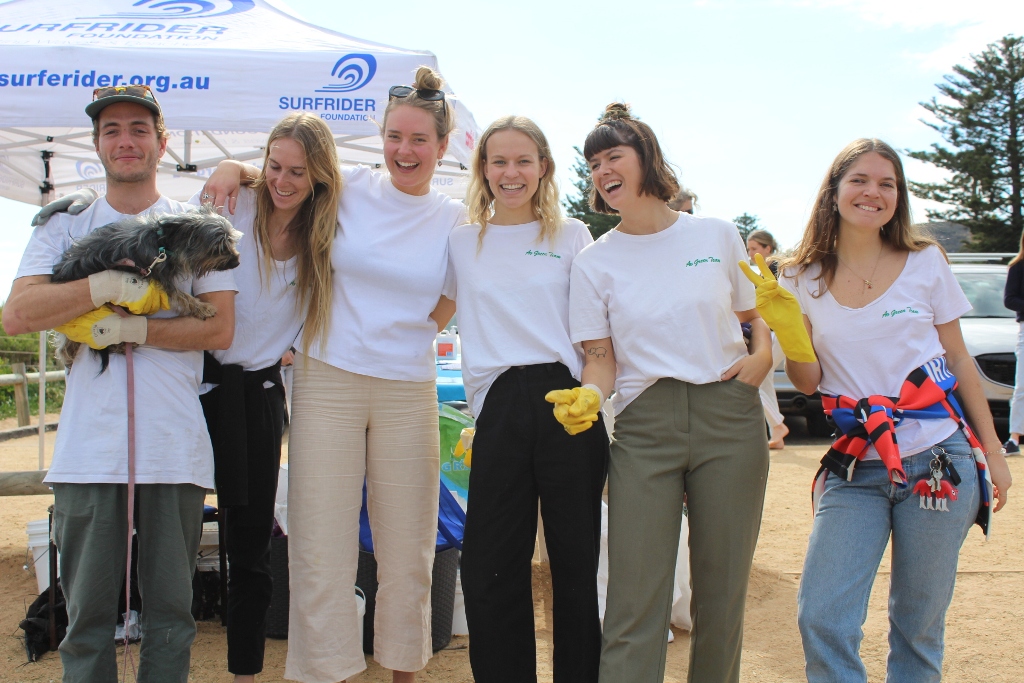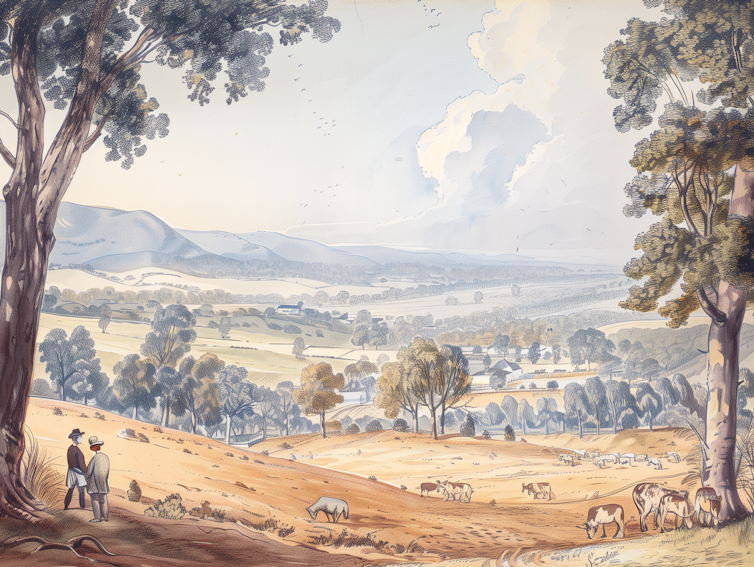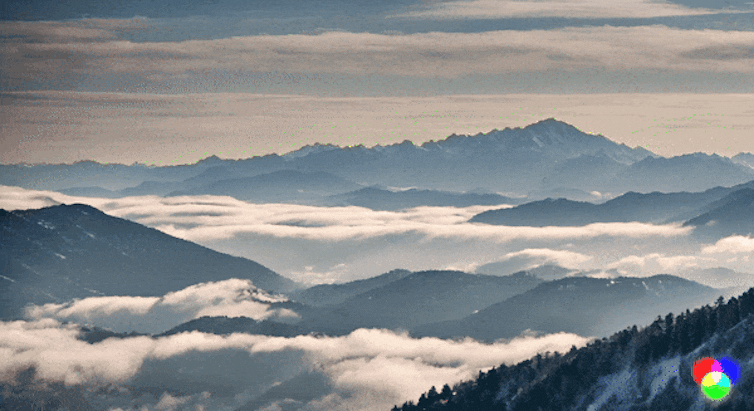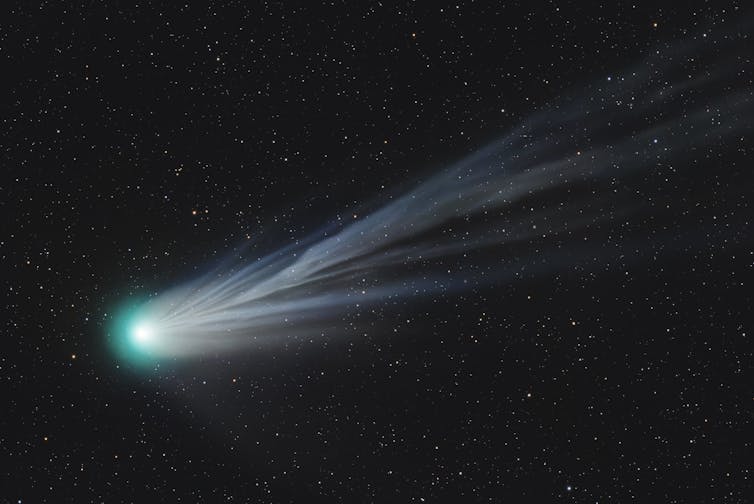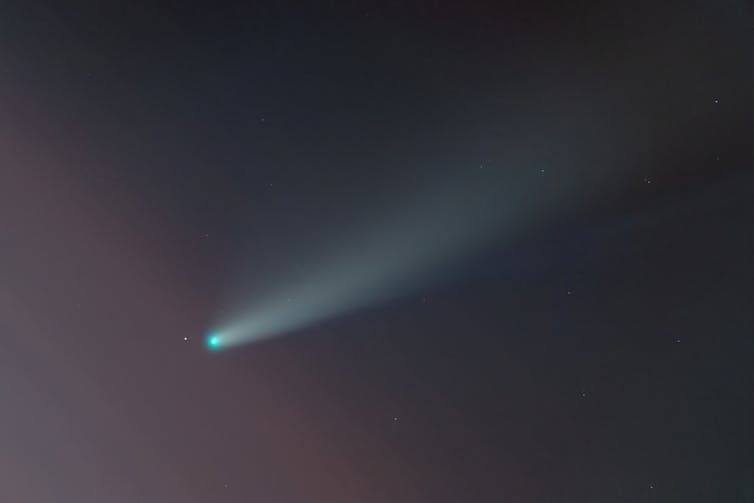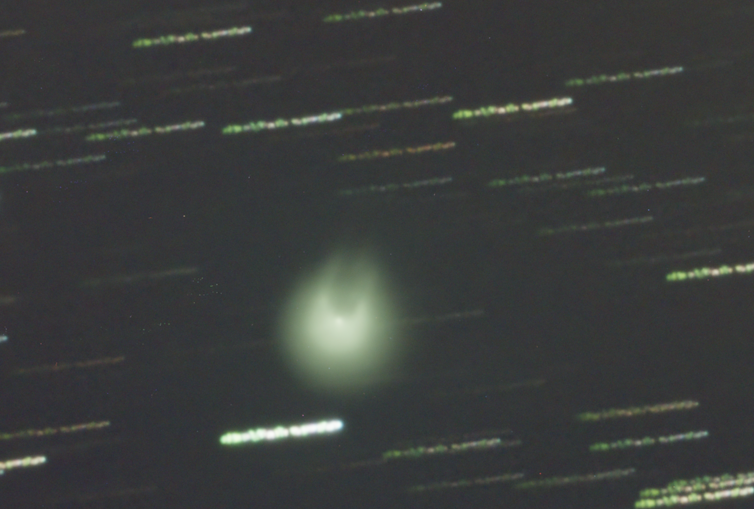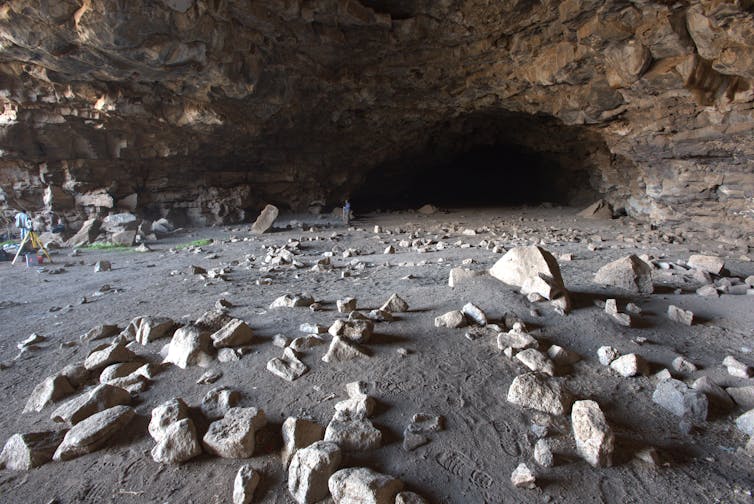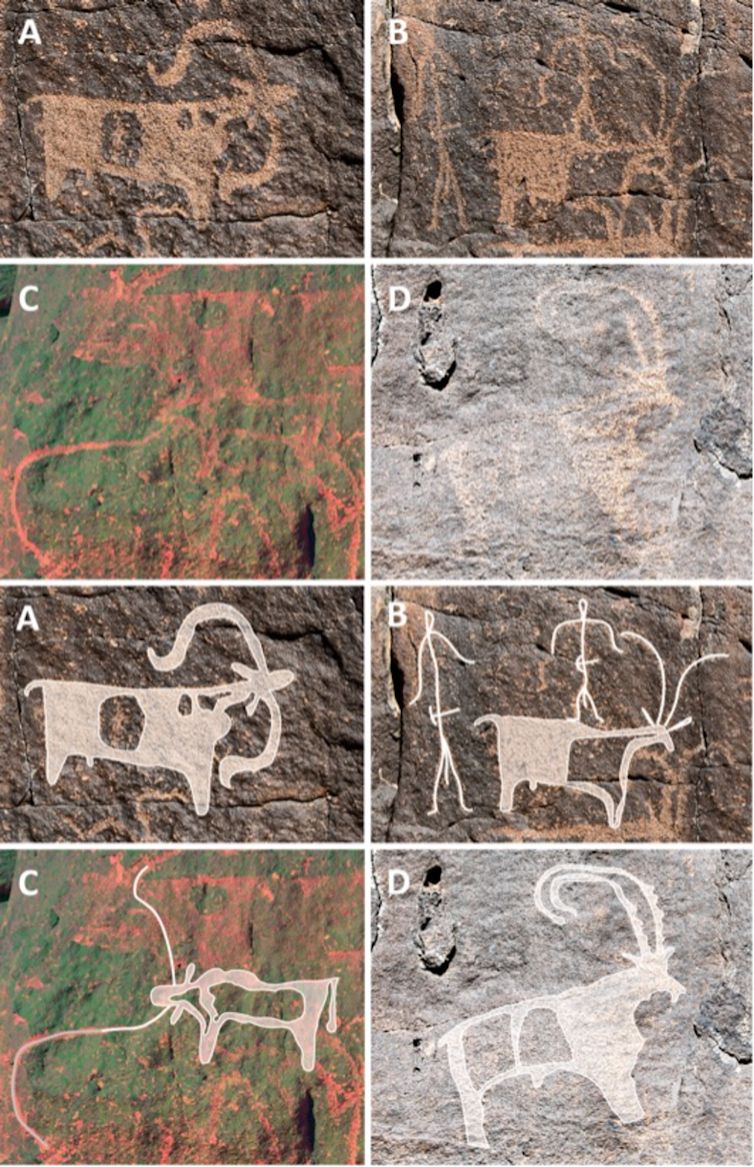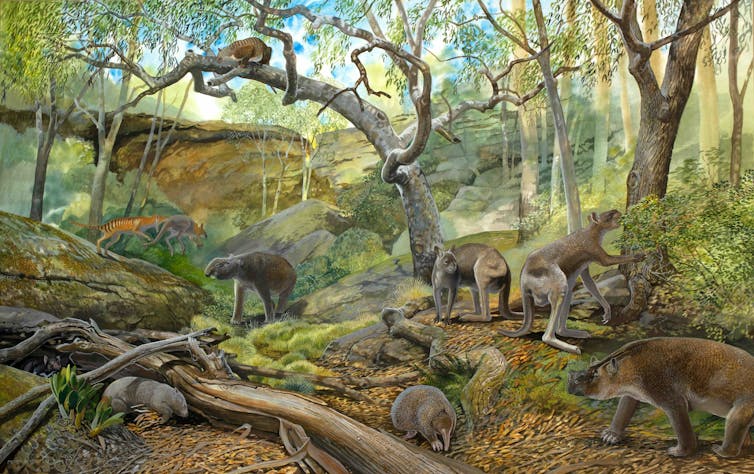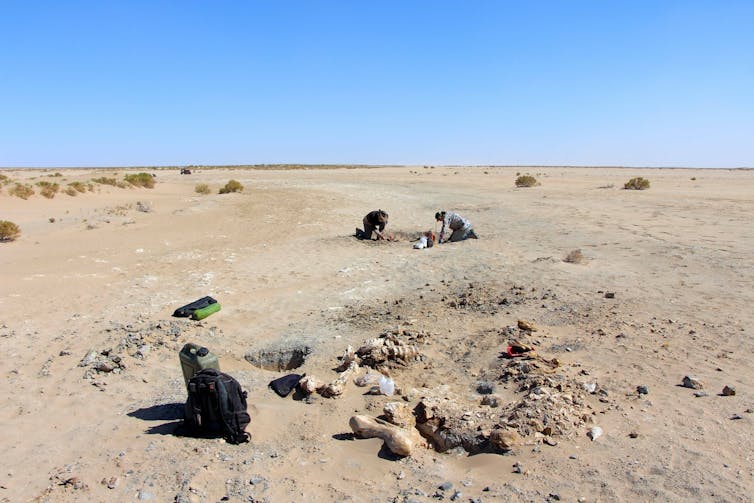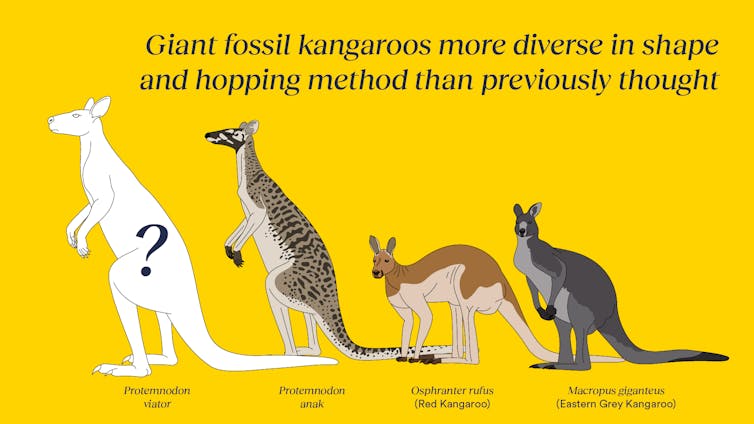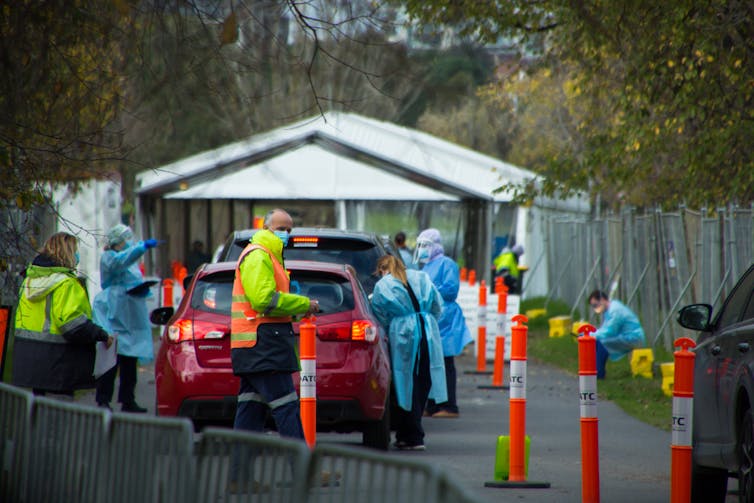The 'Newport Loop': Some History
Some of the earlier streets in Pittwater we can see from sketches and photographs are those which leads down the top of the hill from where Bungan becomes Newport, past Newport Public school, and on to Newport Wharf.
Named as part of a lithograph drawn in 1880 by George Bishop, Surveyor, for Charles Edward Jeanneret and George Pile, these two paid £732 [pounds sterling] for 118 acres on which to establish the ''New Marine Township of Newport'', and which included what we today call the 'Newport Loop'; named for the detour by the public buses off the main road and around where an original 'town centre' was envisioned. This included setting aside land for the public as 'Trafalgar Square', today's Trafalgar Park - as this 1880 plan shows:
Newport - Marine Township, Image No.: c053460045, 1880, courtesy State Library of NSW Land Sales Maps.
The names stemmed from English people mostly - Victoria Wharf, for instance, was named to honour Queen Victoria as soon after two of her sons visited Australia and Pittwater itself, embarking on a steamer (old term for today's 'ferry') for a trip up the estuary and then up the Hawkesbury River.
The newspapers of then tells us they visited our area on Monday August 1st, 1881. That bit from that report reads:
Yesterday morning a party from Government House and the Detached Squadron made an excursion up the Hawkesbury, and fortunately the weather was so fine that every lovely scene on the river appeared to the best advantage.
The Royal Princes were of the party. At an early hour those engaging in the excursion left Man-o'-war Stairs, and proceeded in the steam launch Nea to Manly, whence they were conveyed by Mr. Boulton's coaches to Newport.
There they were received by Mr. Jeannerett on board the steam launch Pelican. Barrenjoey was passed about 11 o'clock. At Barrenjoey Mr. A. T. Black and friends were invited on board the Pelican and the boat then proceeded up the river.
The day being beautifully clear, the scenery of the Hawkesbury was, seen to the best advantage, and was very much admired. Wiseman's Ferry was reached about 3 o'clock in the afternoon. The Pelican stopped at the wharf for a few minutes, and on the Princes appearing the residents assembled, and an address of royal welcome was read and presented to them by the master of the Public school, on behalf of the inhabitants of the village. The school children sang the " National Anthem," and those assembled then gave three hearty cheers for the Queen and the Princes. Prince Edward acknowledged the, compliment in a few appropriate words. The arrangements made by Mr. Jeannerett for the comfort and convenience of the party appeared to give great satisfaction. The Pelican resumed her journey, and we. up the river as far as Sackville Roach, at which spot the party disembarked, and drove thence to Windsor, returning from Windsor to Sydney by special train at night.
The Princes slept at Government House, and will probably remain guests of Lord Augustus Loftus for a few days, after which they will rejoin their old ship the Bacchante, which has now finished her coaling and provisioning.. THE DETACHED SQUADRON. (1881, August 2). The Sydney Morning Herald (NSW : 1842 - 1954), p. 5. Retrieved from http://nla.gov.au/nla.news-article13491533

HRH Prince Albert Victor Christian Edward, Duke of Clarence, and HRH Prince George Frederick Ernest Albert of Wales as midshipmen in the Royal Navy, 1881 / photographer J. Hubert Newman, Sydney - photo courtesy of the State Library of NSW
The other names chosen for the 'streets' were: Queen Street and Queen Parade, named for Queen Victoria,, King Street, after King George III, Princes street would be possibly named to honour the soon to visit sons of Queen Victoria, Gladstone Street after William Ewart Gladstone, a British statesman and Liberal Party politician of that time, Beaconsfield Street, after Benjamin Disraeli, 1st Earl of Beaconsfield and another British politician, and Bishop Street after George Bishop, the Surveyor. Queen street was later renamed 'Kalinya' street. Kalinya is apparently of Aboriginal origin and means "good, beautiful and honest".
The year before, in August, another visiting the area reported:
Lane Cove and Pittwater.
(BY OUR TRAVELLING REPORTER.):
Another trip I took very recently, via Manly to Pittwater, or rather Newport, as I suppose it will in future be known by. I was fortunate enough to be included in a party of four, and, like the previous one, found this journey an extremely pleasant one. Taking a couple of conveyances from Manly, we drove on a very well made road 'some 14 miles or so, passing enroute through a very large shallow lagoon, connected with the ocean by a narrow outlet. I was informed that it was the duty of some official to so " manipulate" the sandbank at the latter place as to keep the crossing place as safe as possible, by allowing free outlet for the water. It is to be hoped that this gentle-'man does not neglect his work, as I understand it is a matter that requires constant attention.
Arrived at the embryo township of Newport, we had just time to give a passing glance around before our brief sojourn was over.
There is already a small quay where the American pine is landed that the one house-an hotel-is being partly constructed of. The place is very beautiful, and the gentlemen interested therein, Messrs. Mills, Pile, and Jeannerett, deserve well of the Sydney people for their enterprise in making another "extra desirable" resort of the metropolitan citizens. I may mention, concerning the lagoon we had to got through, that a bridge thereon is already on the tapis, that will place Newport within three hours of the General Post-office. And thus, so far; ends, my suburban pilgrimage, which I have as heartily enjoyed as anything of the sort it has been my good fortune to experience. Lane Cove and Pittwater. (1880, August 28). Australian Town and Country Journal (NSW : 1870 - 1907), p. 18. Retrieved from http://nla.gov.au/nla.news-article70947110
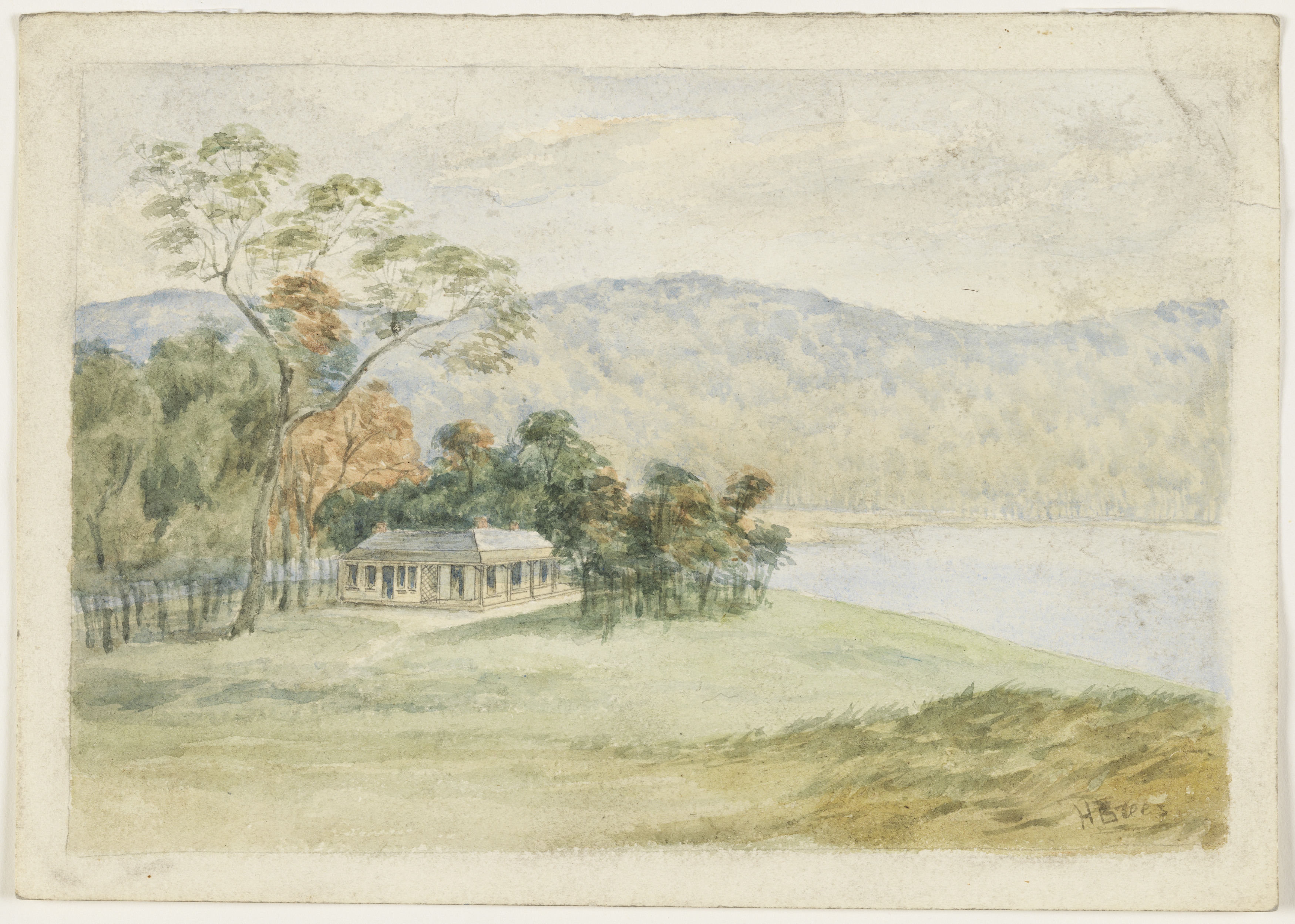
Newport Hotel, from album Pittwater scenes, 1880 / by Harold Brees courtesy State Library of NSW - note the Telegraph wires. The drawings appear to be the originals for six of the lithographs illustrating 'The Pittwater and Hawkesbury Lakes album'. [Sydney] : Mills, Pile & Gilchrist, 1880. (Lithographed by S.T. Leigh & Co.)courtesy State Library of NSW
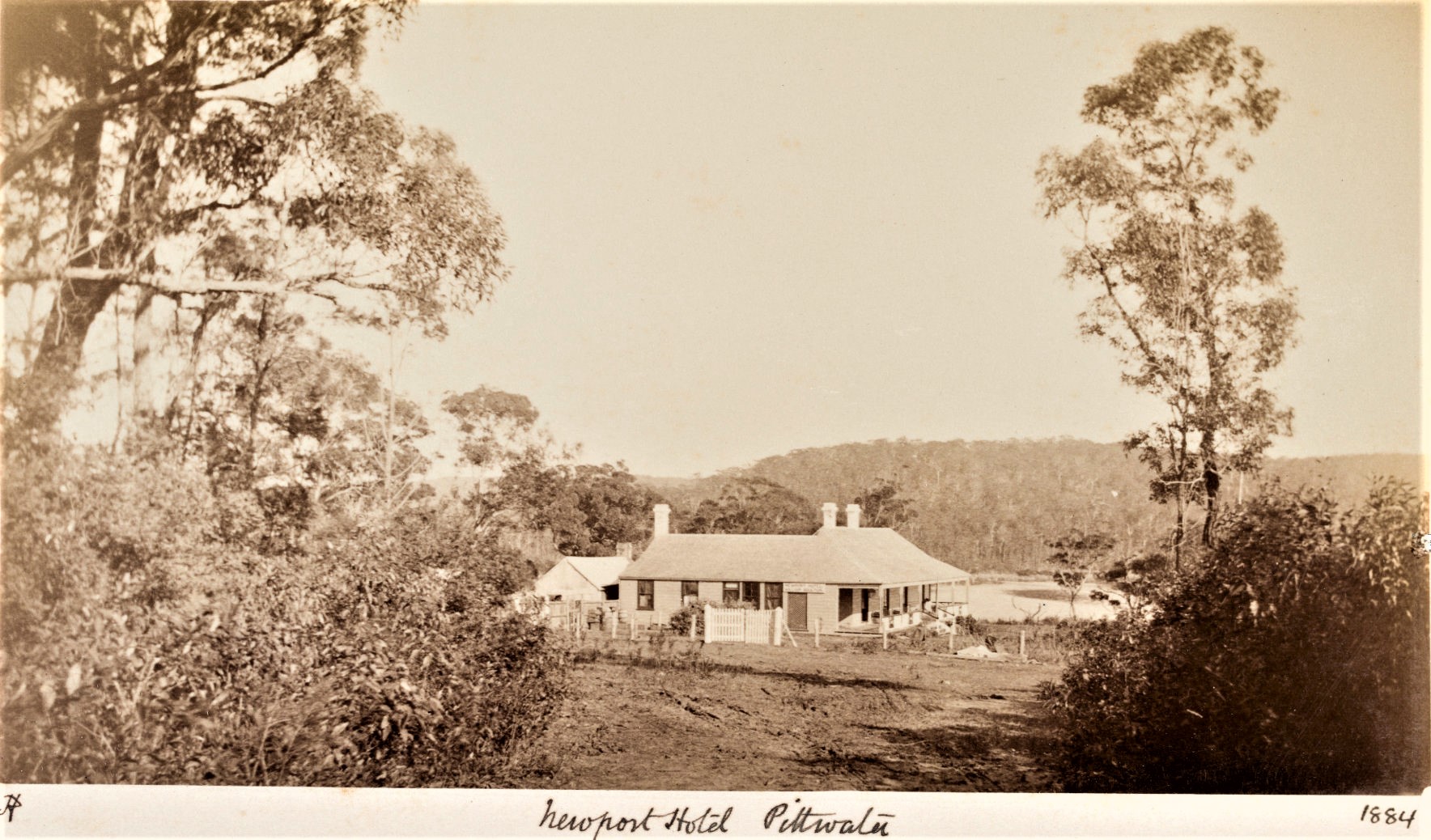
Newport Hotel, circa 1884, a Robert Hunt photograph, courtesy State Library of NSW
Beaconsfield street and then Queen Street of that 'Newport Loop' were then still all bush as that part of Newport had not been cleared to grow grain or graze cattle as the land near the beach was.
Some sketches, painted and draw for that 1880 sales:
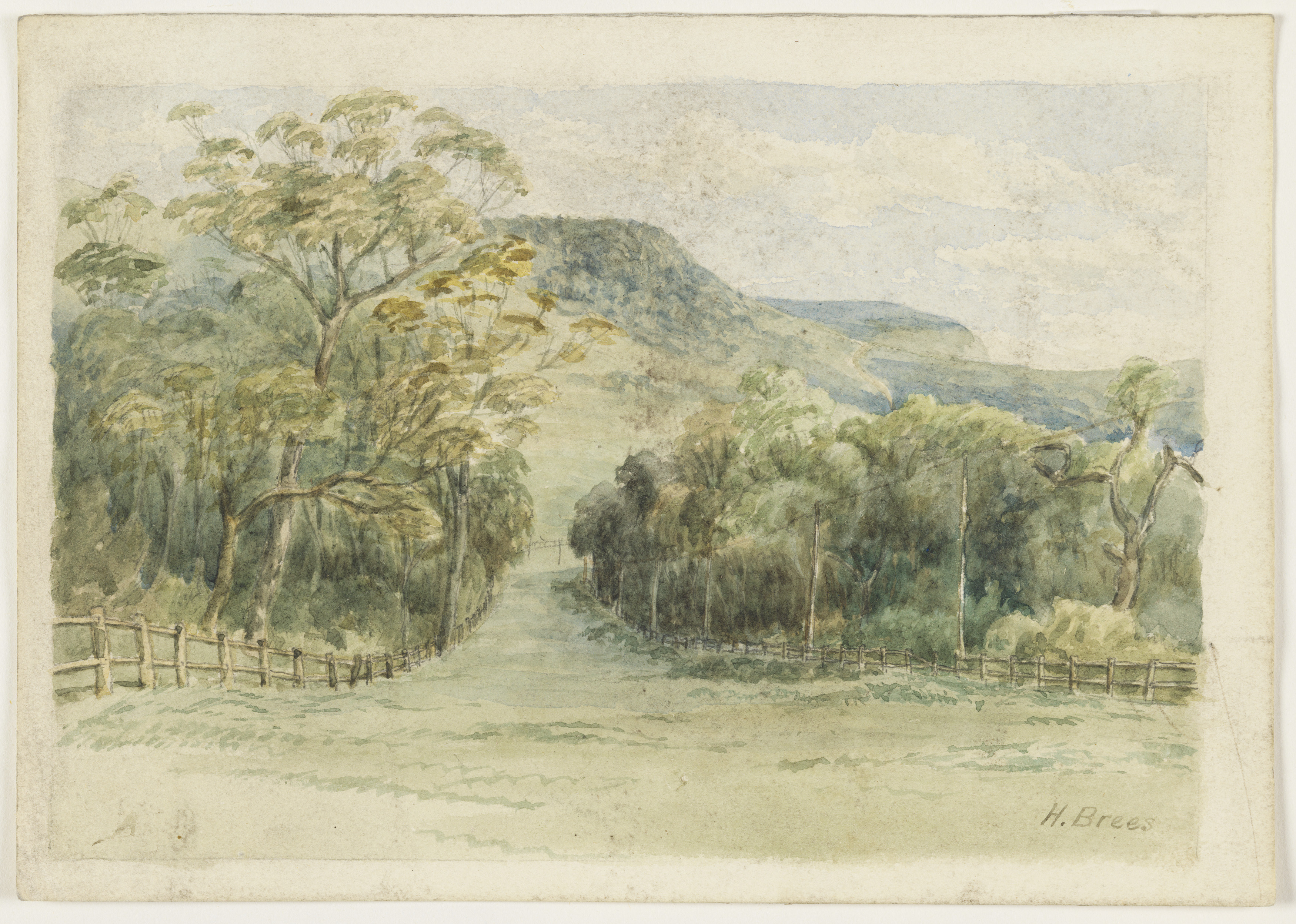
Campbell Avenue (main view) Newport, from the corner of Beaconsfield Street, from album Pittwater scenes, 1880 / Harold Brees courtesy State Library of NSW - note the Telegraph wires. The drawings appear to be the originals for six of the lithographs illustrating 'The Pittwater and Hawkesbury Lakes album'. [Sydney] : Mills, Pile & Gilchrist, 1880. (Lithographed by S.T. Leigh & Co.), courtesy State Library of NSW

Newport Hotel, from album Pittwater scenes, 1880 / Harold Brees courtesy State Library of NSW - note the Telegraph wires. The drawings appear to be the originals for six of the lithographs illustrating 'The Pittwater and Hawkesbury Lakes album'. [Sydney] : Mills, Pile & Gilchrist, 1880. (Lithographed by S.T. Leigh & Co.)courtesy State Library of NSW
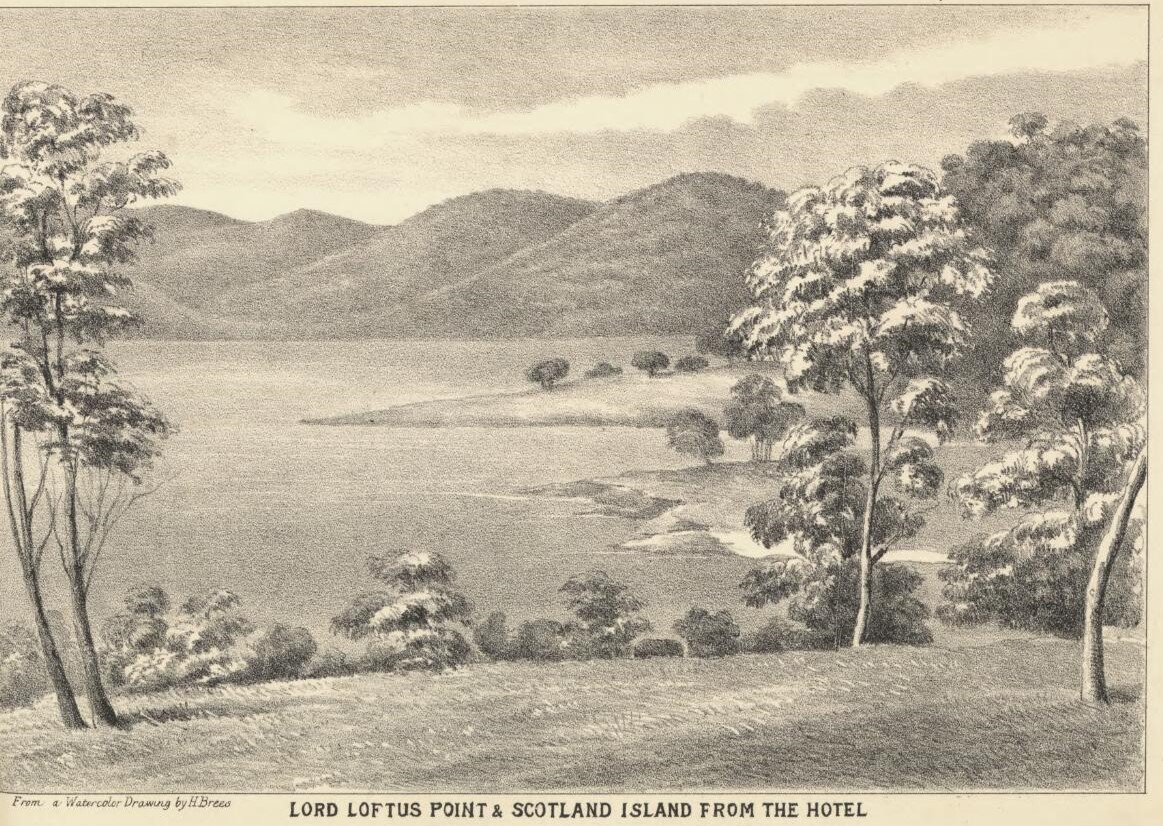
LORD LOFTUS POINT & SCOTLAND ISLAND FROM THE HOTEL
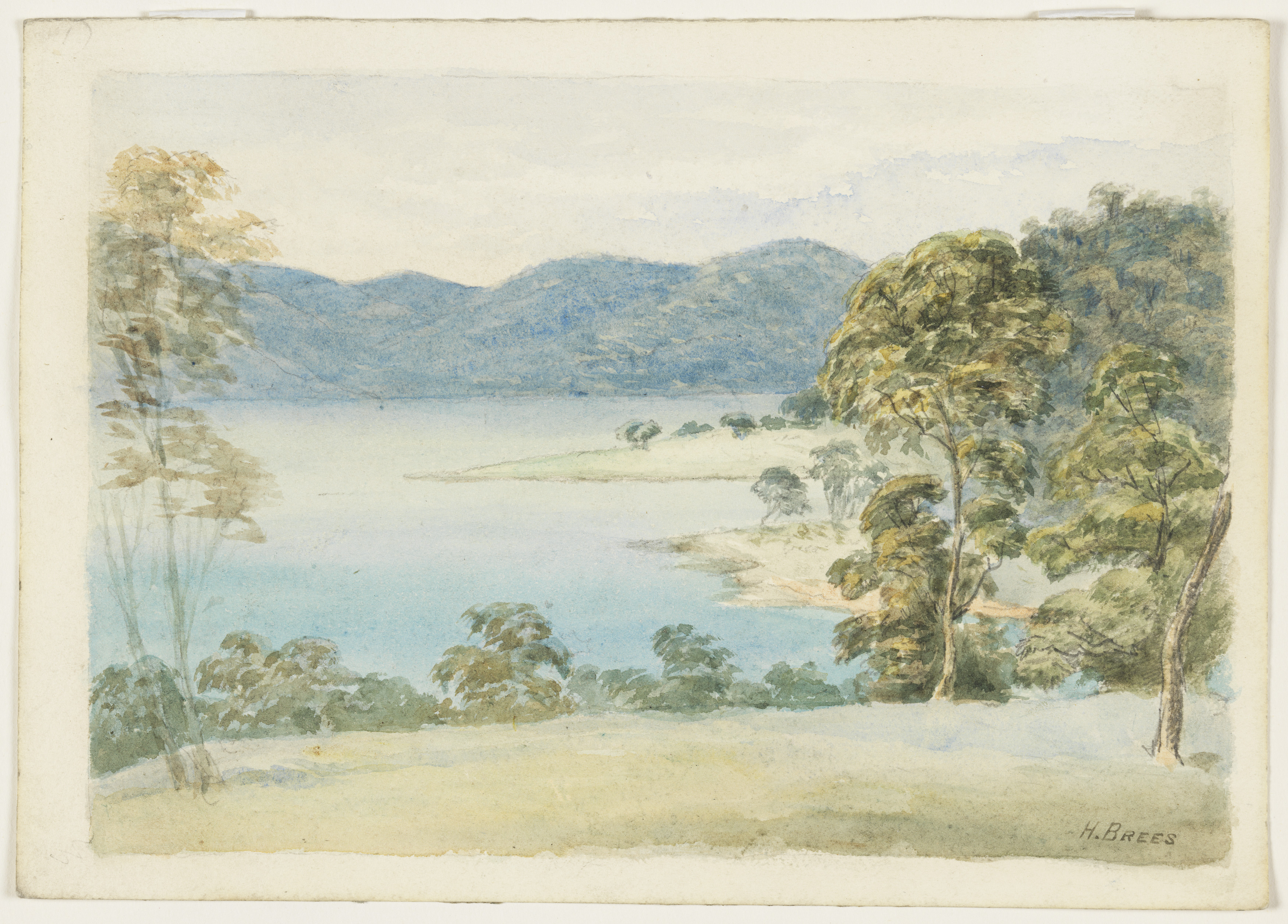
Pittwater scenes, 1880 / Harold Brees, Lord Loftus Point and Scotland Island from the hotel (Newport), Image No.: c13730_0009_c, courtesy State Library of New South Wales.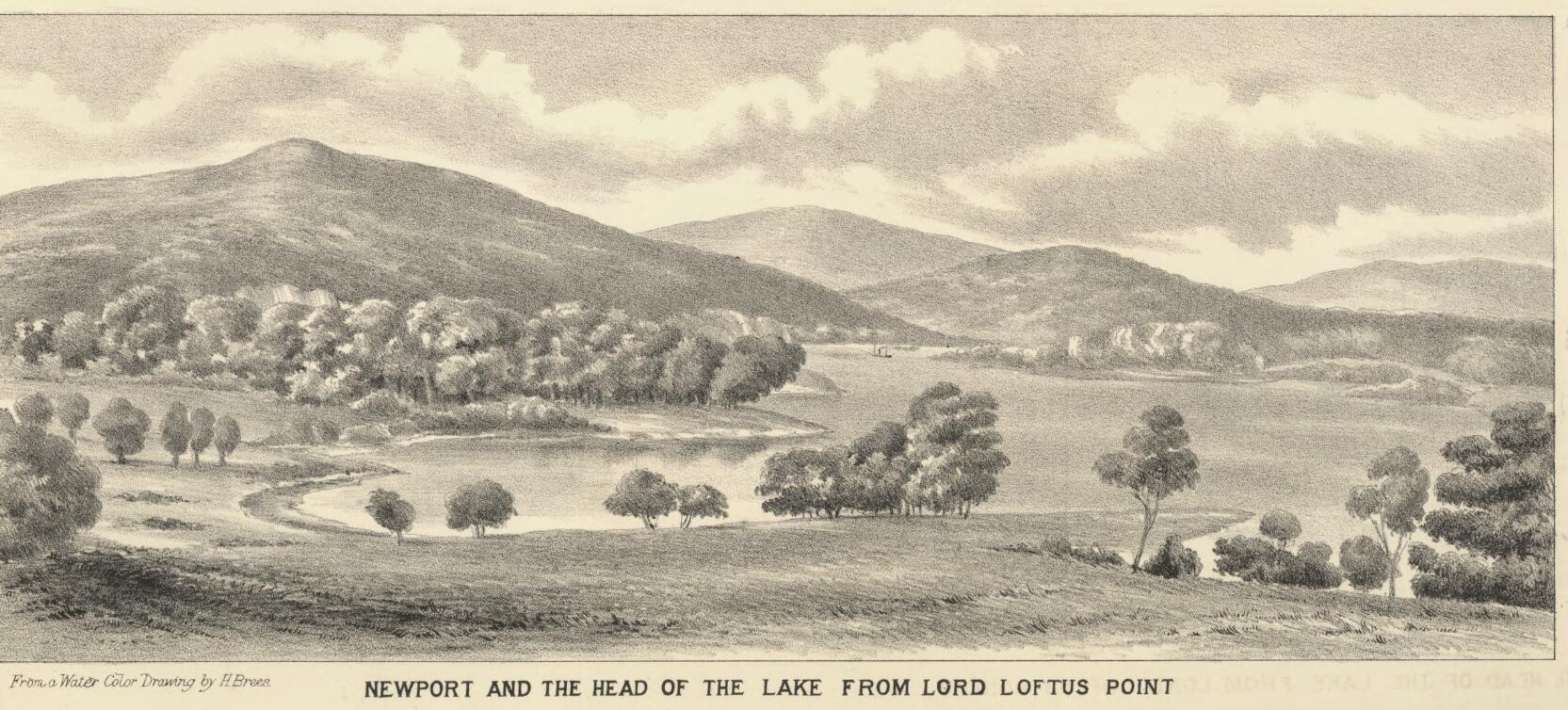
NEWPORT AND THE HEAD OF THE LAKE FROM LORD LOFTUS POINT
‘Lord Loftus Pt, Newport NSW’. circa 1880 and 1900 - part of the Royal Australian Historical Society (RAHS) collection - the steamer may be
the Florrie - launched 1879,
or the Illawarra.
Lord Loftus Point is what we today call 'Green Point' in Newport and where you will find the Royal Prince Alfred Yacht Club. Lord Augustus William Frederick Spencer Loftus, GCB, PC, was a British diplomat and colonial administrator. He was Ambassador to Prussia from 1865 to 1868, to the North German Confederation from 1868 to 1871 and to the Russian Empire from 1871 to 1879 and Governor of New South Wales from 1879 to 1885.
Newport hill was also called 'Loftus Hill' during this era.
Green Point, circa 1890
A newspaper report of those times tells us:
Opposite the hotel is Lord Loftus Point, which in the olden days was evidently a favorite spot for aboriginal encampments. From here you have a splendid view of Pittwater, which is the widest arm of the Hawkesbury, being over a mile wide. There is also Scotland Island, which is celebrated for its fine fish. A Christmas Holiday Trip. (1893, November 25). Illustrated Sydney News (NSW : 1853 - 1872), p. 14. Retrieved from http://nla.gov.au/nla.news-article63104125
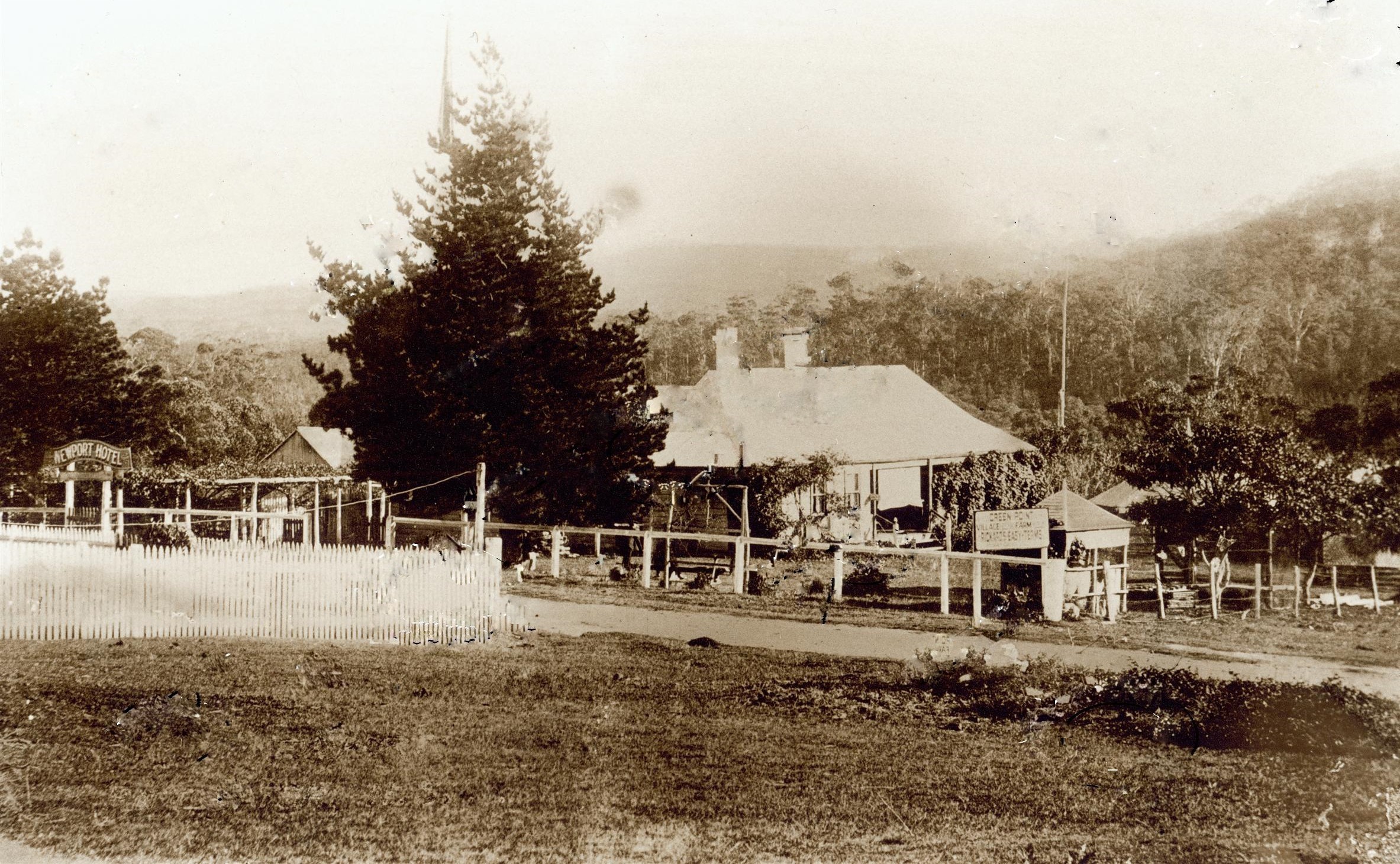
Newport hotel circa 1890
Those 1879-1880 sketches for the first sales included some near the beach:
P.33 '
The Green Hill, Newport Road' - from Brees, Harold & S.T. Leigh & Co & Mills, Pile & Gilchrist. (1880).
The Pittwater and Hawkesbury Lakes album Retrieved from
http://nla.gov.au/nla.obj-460123425
The advertisements for the land sales:
FOR SALE AT THE ROOM'S, 114, PITT-STREET, some FINE BUSINESS SITES in the TOWNSHIP OF NEWPORT, suitable for Hotels and Shops. A good business will be done there before long, Newport being the true PORT OF THE HAWKESBURY. The terms will be £5 deposit on each lot, and the balance 20s per month. Advertising. (1880, November 24). The Sydney Morning Herald(NSW : 1842 - 1954), p. 13. Retrieved from http://nla.gov.au/nla.news-article1348357190
Messrs. Mills. Pile, and Gilchrist held a sale of land, in the new marine township of Newport, at their rooms, to-day, and report having sold 46 allotments at prices ranging from £8 to £42 per lot. MONETARY AND COMMERCIAL. (1880, November 26). The Sydney Morning Herald (NSW : 1842 - 1954), p. 4. Retrieved from http://nla.gov.au/nla.news-article13478101
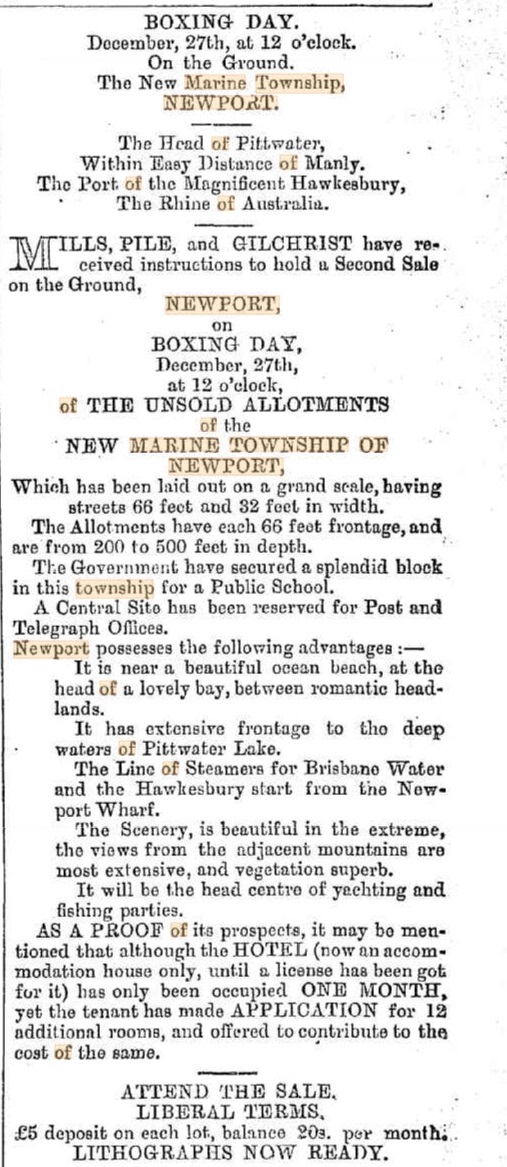
Advertising (1880, December 18). Freeman's Journal (Sydney, NSW : 1850 - 1932), p. 11. Retrieved from http://nla.gov.au/nla.news-article133486754
Some photos:
Corner of Beaconsfield street Newport and Barrenjoey Road, Sunday May 11th 1913. That is Boulton's cow shed and cows to the right of picture and looking down hill towards Newport Hotel. From 'Album 62: Photographs of the Allen family, 11 May 1913 - 15 October 1913' Item: SLNSW_FL137438 -courtesy State Library of NSW:
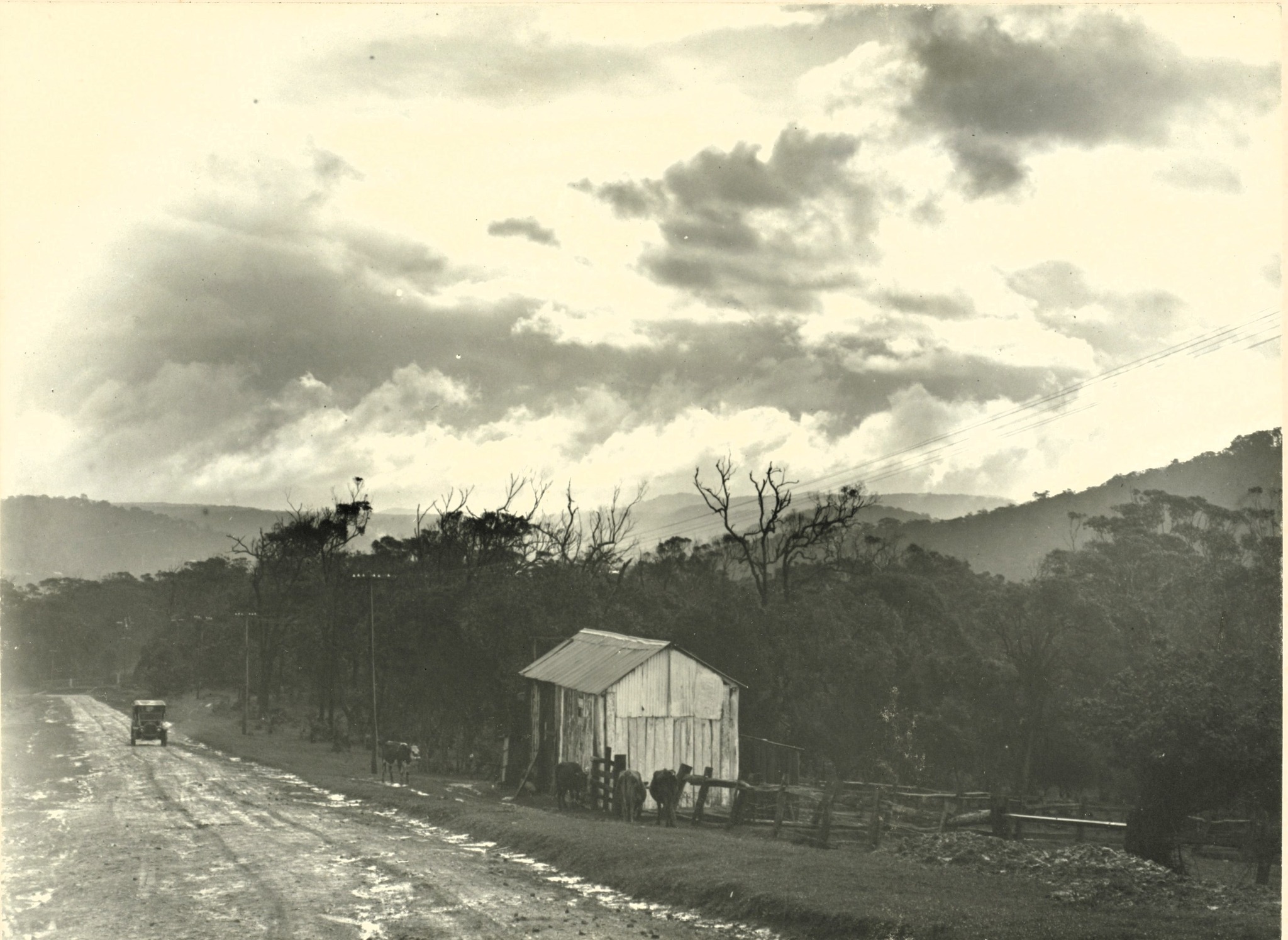
A foot or two further back - same angle:
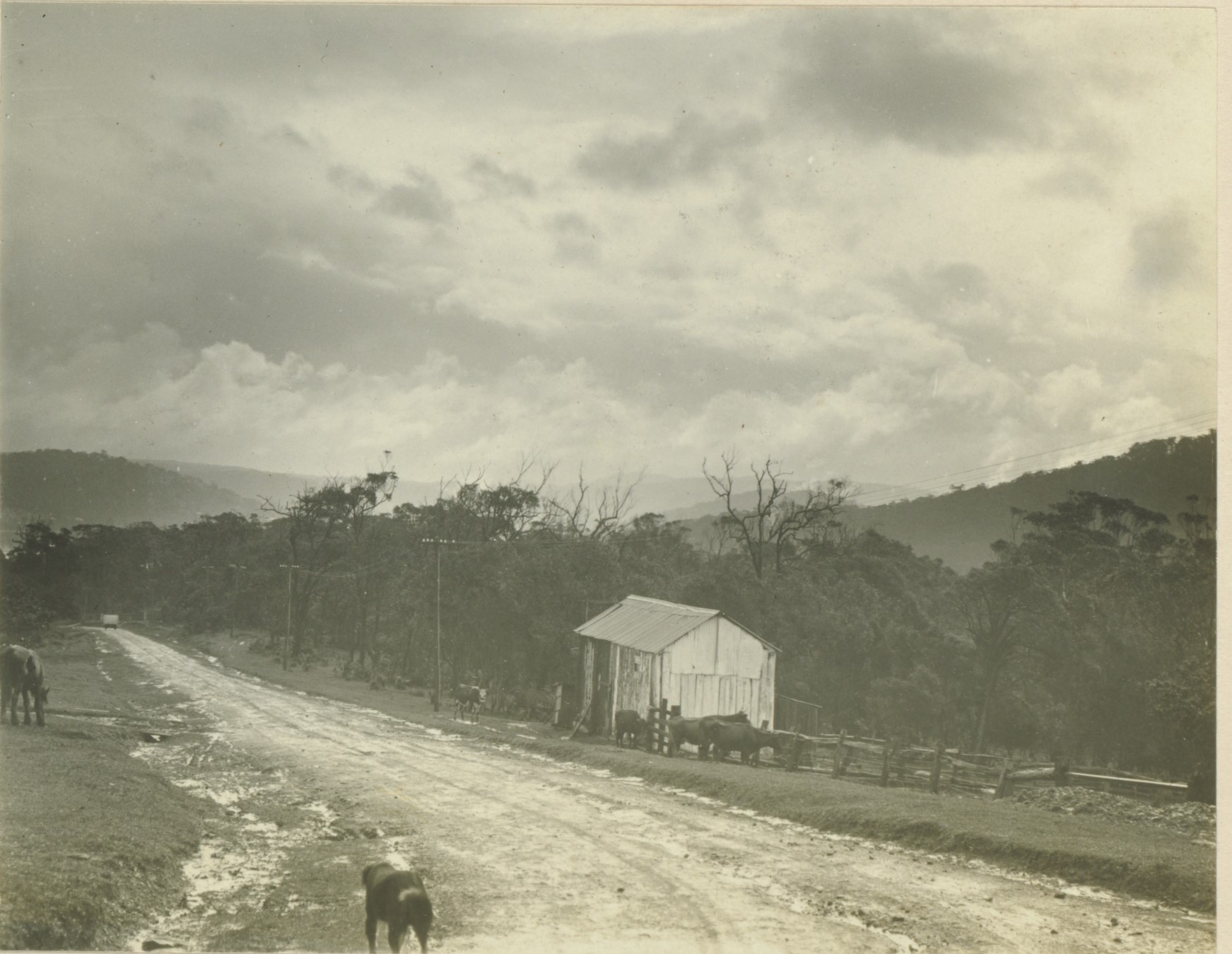
At the Avalon Beach Historical Society Exhibition held in June 2018, Geoff Searl OAM had included in the Newport section a great photograph of a cow peeking out from bush halfway down the hill towards the beach - possibly another Boulton cow?; although most residents had a cow for their own fresh milk. This great photograph also shows how much bush was still intact on either side of Barrenjoey road and how much land had been cleared by the Farrells beside the beach and up to Bilgola Plateau.
Geoff dates the image as circa 1915:
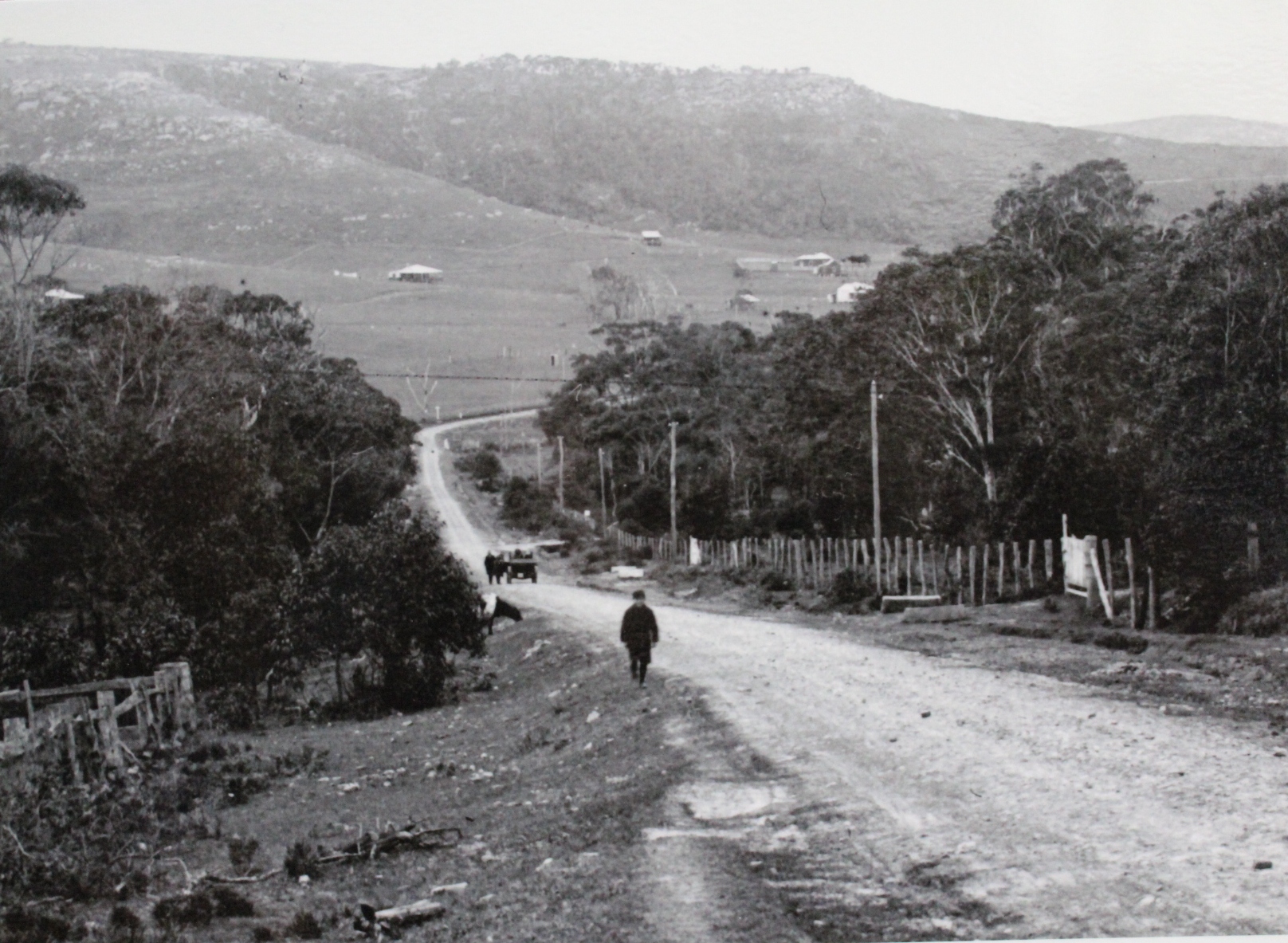
Going down the hill along Beaconsfield street:
Beaconsfield Street, Newport, circa 1907 - 'Newport Road', ca. 1900-1910, courtesy State Library of NSW. Image No.: a116490h - to the right the fence is where the Newport school was built - this same image appears in a 1907 sales brochure for Brocks' Estate at Mona Vale:
Further down the hill with a report to go with these images:
MOSMAN TO NEWPORT.
By " Phren."
(Concluded.)
There are lawns in front, shaded by widely branching trees, under which there are usually some children playing in care of their nurses. The view from the back is exceedingly fine, taking in the romantic Pittwater, with its surrounding heights mirrored in the glassy surface. Boats are kept for hire, and there are other fishing facilities, and a hall for dancing and concerts.
This was then called 'Queen Street'
The road branches to the right at the hotel, and passing the post office (nearly opposite) takes you first to the boarding house called "The Bungalow," a fine stately place, reached by broad steps and beautified' by gardens.
Nearly opposite " The Bungalow " is Mr. J. F. Barrett's stores. Mr. Barrett is also THE NEWSAGENT, and takes an active interest in everything that concerns the district. Orders left with him for the Mosman Mail will receive prompt attention.
Farther on you come to the stylish boarding house kept by Miss Scott. This has been a well known establishment and popular for many years. There is everything here to make the summer visitor happy—as far as he can be made happy by fine Scenery, grand lawns, with shade, good cooking, and good society.
Looking from Green Point across Crystal Bay to 'Scotts', circa 1900-1912
Newport gives something to think about to a PROGRESS ASSOCIATION, of which Mr. MacGregor is honorary secretary, and it is expected that in a few years the unique claims of the place as a holiday resort will be more generally known and appreciated. A great many go there now on Saturdays and Sundays, cyclists by the hundred fly up and down the road from Manly, and the boat " Woy Woy " visits it once a month on a tour of those magnificent and most romantic inlets of the Pacific called Pittwater and Brisbane Water. But there is a desire and every reason for further progress.
From Manly to Newport and back on the EXCELLENT LINE OF COACHES, run by C. H. Massey and Co., of Manly, can be done nicely in a day from the city. The first coach leaves Manly at 9.45 or 10 a.m. If you stop at Narrabeen you will have there live hours for dinner, shooting, fishing, bathing, and seeing the sights.
Image No.: c071420012 from Album: Glass negatives of Sydney regions, including Clovelly, Coogee, and Manly ca 1890-1910 by William Joseph Macpherson Courtesy Mitchell Library, State Library of New South Wales - and enlargement from. Above these View of Newport, and Barretts' launch at Newport, both circa 1908, courtesy NSW State Archives and records
At every point almost a grand vista is presented. Just this side of Newport and to the left on coining back you witness a vast expanse of THE PACIFIC OCEAN, which comes up nearly to your feet. The horizon is generally clear, but occasionally wears a lengthy fringe of clouds. Away off to the north as I looked there was a little wing of white, which might have belonged to a seagull, but presently a ripple of smoke appeared trailing from it, and I knew it was a small steamer. Just in front a larger one was plainly visible, ploughing its way steadily up the coast. Farther off towards the meeting line of sea and sky were a number of tiny jets and clouds of smoke from invisible ocean travellers. To the southwards a great corrugated point of rocky land juts out into the sea, the rocks rising bluff and steep out of the boisterous and high flashing surf, which surges around, looking at an instant's glance like a huge and spotless sheet just thrown off stupendous bed. High on this land rises a flagstaff, and behind the staff are some trees and a tine paddock. This is a beautiful scene, and I pity those who cannot see it as I did.
Coming still further on the return journey we arrive again at MONA VALE. A notice in the fine shops there informs us that there is to be a display by the local athletic club, of which Mr. James Booth is honorary secretary, Mr. Paul, honorary treasurer, Mr. S. A. Hewett, captain, and Mr. Bradburn, president.
THE PARK at Mona Vale is opposite the Mona Vale Stores. The athletic club has leased a portion of it for a tennis court and cricket pitch, and on Saturday afternoons there is generally a good game or two.
The park is invested in trustees, for whom Mr. Stringer is secretary. Our parliamentary representative for Warringah, Mr. E. W. Quirk, is working to get a grant of money to fence it in completely. I have now introduced to the readers of the Mosman Mail most of the interesting features of the coach route from Manly to Narrabeen and Newport. Next week I purpose describing a trip up the coast to Gosford on the S.S. "Woy Woy," which I trust will prove equally interesting.
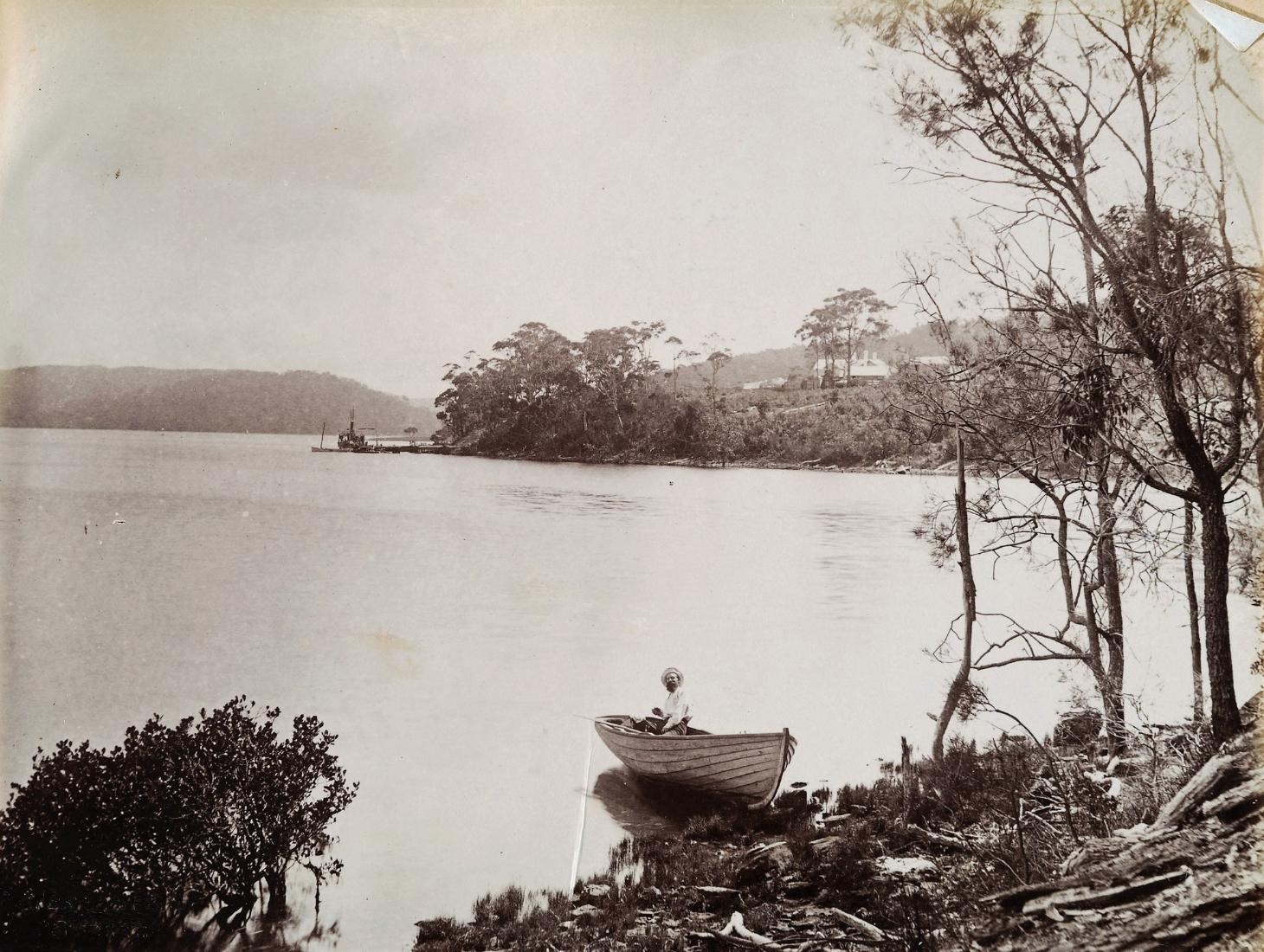
Newport, circa 1880-1890, by Charles Bayliss or Robert Hunt. Part of the Royal Australian Historical Society (RAHS) collection - the steamer may be
the Florrie - launched 1879 - or the Illawarra, which also brought excursionists to the Newport wharf, then named 'Victoria Wharf' and part of the Newport Hotel grounds.
Greig's Hotel circa 1905, image a106123h, courtesy State Library of NSW from Sydney & Ashfield : Broadhurst Post Card 'Scenes of Newport' Album. Sign out the Front reads 'Green Point' - farm blocks and 1/2 acre blocks - this was the David Scott owned lands at Bay View Hotel, Crystal Bay.
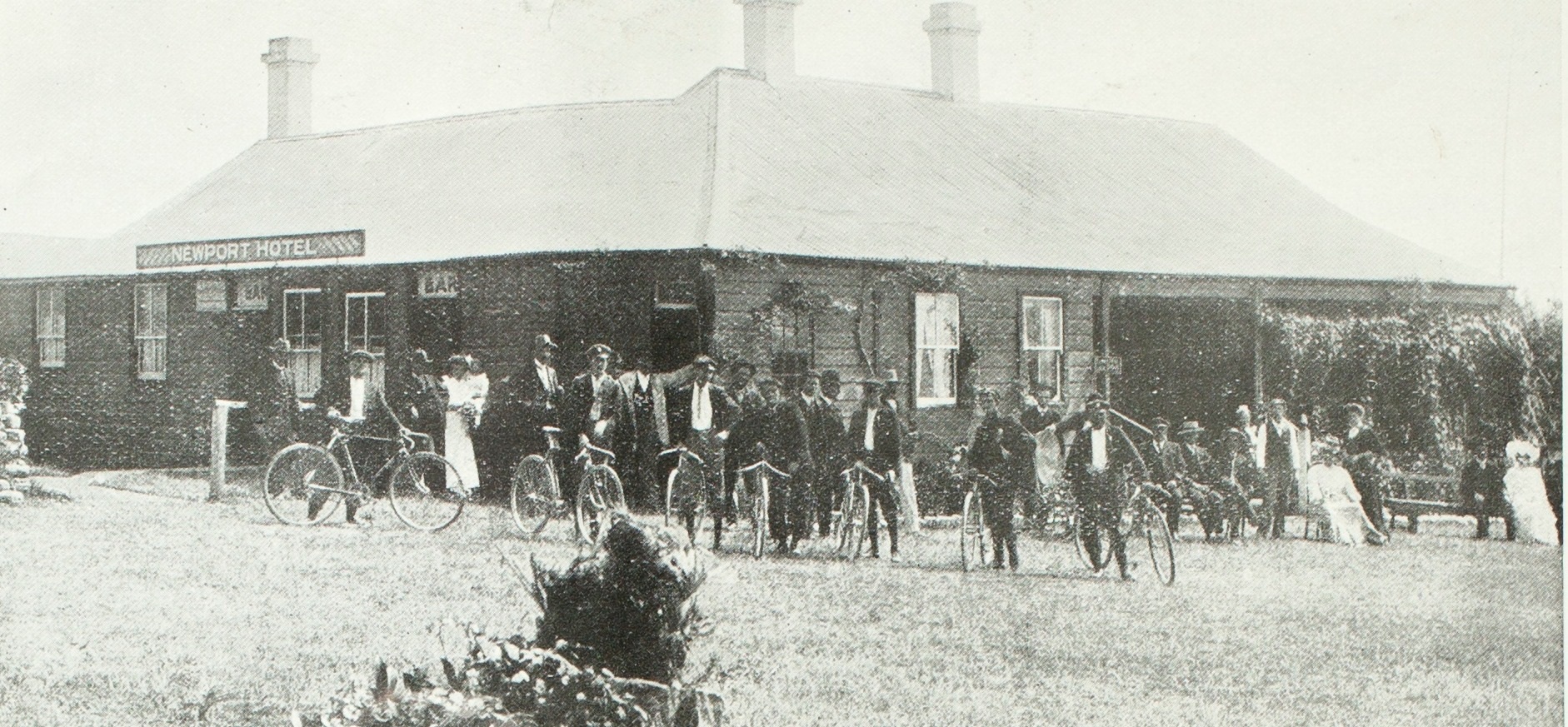
From The Brock Estate Brochure - to be sold October 7th Newport 1907. Item No.: c046820076 from Mona Vale Subdivisions, courtesy State Library of New South Wales - this may be at the back of the then premises as it differs from what was on the Queen Street side
Newport's Queen street and hotel circa 1925 queens street Item: FL3838861, courtesy NSW Records and Archives - note the flagpole and Honour Roll at side.

From album 'Samuel Wood - postcard photonegatives of Avalon, Bilgola and Newport, ca. 1928', Hotel - Newport. Item No.: a1470006h, courtesy State Library of New South Wales - an enlarged section shows the name of licensee - A. W. Newbery - Captain Alfred William Newbery was not at Newport Hotel until at least 1930. This photo shows flagpole still in place that was used as an Anzac Day gathering place and would later be moved to Trafalgar Park when a Memorial was built there to honour those who had served Australia in conflicts.
Warringah Shire Council records show: Pittwater Sub-Branch R.S.&.S.I.L. 18/4/1935, (a) requesting to be given control of the Mona Vale War memorial, forwarding copies of letters from present trustees agreeing to Sub-Branch taking control; (h) requesting control of Newport Flagpole Memorial as well; and (c) requesting supply of material for repair of Flagpole memorial before Anzac Day: resolved.;- That all the requests be granted. (Crs. Hewitt, Hughes
At the January 23rd, 1940 Council Meeting Pittwater Sub-Branch R.S.S.I.L.A. had written (letter dated 13/1/40), drawing attention to the state of the flag-pole at Newport War Memorial, stating if Council will supply a new Flagpole the Sub-Branch will paint and erect it to the Council's satisfaction. The Council Resolved;- That a new flag-pole, shaped, cut and pulleyed, be supplied at an estimated cost of £3.10.0.
In April 1961 the Warringah Shire Council received a letter dated 17/4/1961 inquiring 'Would the Council consider granting permission to the Newport R.S.L. to resite the Honour Roll-War Memorial from outside the Newport Hotel, to-a suitable site, say "Trafalgar-Park", under direction from the Parks and Reserves Engineer, and all costs and labour, to be borne ,by the Newport R.S.L.?' The then President replied that the Council would be happy to do so and subsequently stated that he would refer the matter to the Park and Reserves; -
Another letter was read at the Council Meeting held on August 18th 1961 from the Newport Sub-Branch, R.S.S. & A.I.L.A., (dated14/9/61,addressed to the President),- re Newport District War Memorial - Special meeting between the President, Councillors and Members of the Sub Branch, proposed siting of War Memorial at Trafalgar Park'- submitting a plan which has been approved by Members. Adding that should Council favour the plan, work could commence within 4 weeks. Council Resolved; That the plan be approved and that the Sub-Branch be notified forthwith and that the work can be commenced.
Maj.-Gen. Cullen at ceremony
Major-General Paul Cullen will unveil an R.S.L. war memorial at Newport next Sunday. The dedication service of the war memorial will commence at 3 p.m. Major-General Cullen, a member of the Jewish community, was promoted to his high rank recently. Maj.-Gen. Cullen at ceremony (1962, February 23). The Australian Jewish Times (Sydney, NSW : 1953 - 1990), p. 4. Retrieved from http://nla.gov.au/nla.news-article263147210
This can still be seen on the site: 'Dedicated to the fallen. Unveiled by Major General Cullen DSO., ED 25th February, 1962.'
.JPG?timestamp=1629766629713)
 Major General Paul Alfred Cullen, AC, CBE, DSO & Bar, ED (13 February 1909 – 7 October 2007) was a senior officer in the Australian Army. He joined the Militia in 1927 and saw active service throughout the Second World War, distinguishing himself as a fighting battalion commander on the Kokoda Track. Post war, he continued to serve in the Citizen Military Forces (CMF) and rose to the rank of major general as the CMF Member of the Military Board. In civil life , and having formed Australia's first unit trust before the war, in 1950 he formed Australia's first merchant bank, Mainguard (Australia) Ltd. Over time he became the first national president of Austcare, the first president of the Refugee Council of Australia, the president of the Australian Jewish Welfare Society for Refugees and the president of the Royal Blind Society of New South Wales. In 1981 he received the Nansen Medal from the United Nations, in recognition of his work on behalf of refugees.
Major General Paul Alfred Cullen, AC, CBE, DSO & Bar, ED (13 February 1909 – 7 October 2007) was a senior officer in the Australian Army. He joined the Militia in 1927 and saw active service throughout the Second World War, distinguishing himself as a fighting battalion commander on the Kokoda Track. Post war, he continued to serve in the Citizen Military Forces (CMF) and rose to the rank of major general as the CMF Member of the Military Board. In civil life , and having formed Australia's first unit trust before the war, in 1950 he formed Australia's first merchant bank, Mainguard (Australia) Ltd. Over time he became the first national president of Austcare, the first president of the Refugee Council of Australia, the president of the Australian Jewish Welfare Society for Refugees and the president of the Royal Blind Society of New South Wales. In 1981 he received the Nansen Medal from the United Nations, in recognition of his work on behalf of refugees.
Promoted major general commanding Communications Zone on December 1st 1961, Cullen transferred to the Unattached List on 1 December 1963 before serving as the Citizen Military Force member of the Military Board. He was appointed a Commander of the Order of the British Empire (CBE) on 1 January 1965. He was also awarded the Efficiency Decoration (ED) for efficient service as an officer in the Citizen Military Forces.
Major General Cullen transferred to the Retired List on 2 December 1966 but remained an outspoken champion of the part-time soldier. Cullen was appointed an Officer of the Order of Australia (AO) "In recognition of service to the community of ex-service personnel and their dependents" in the Queen's Birthday list on 6 June 1978. He was raised to a Companion of the Order of Australia (AC), "In recognition of service to the community, particularly to the welfare of the blind and visually impaired" on Australia Day, 26 January 1988.
The Newport Memorial was restored and sponsored under the new Work Opportunities Scheme and Pittwater Council "Australia Remembers" 1945 – 1995. It was re-dedicated on April 21st, 1996. Donors Pittwater R.S.L. Sub-branch. Pittwater R.S.L. Club Ltd. Pittwater Rotary. L.L. Coppin President Newport R.S.L. Sub-branch. Two plaques were installed at this time, along with the original:
.JPG?timestamp=1629766577891)
.JPG?timestamp=1629766603604)
.JPG?timestamp=1629766659208)
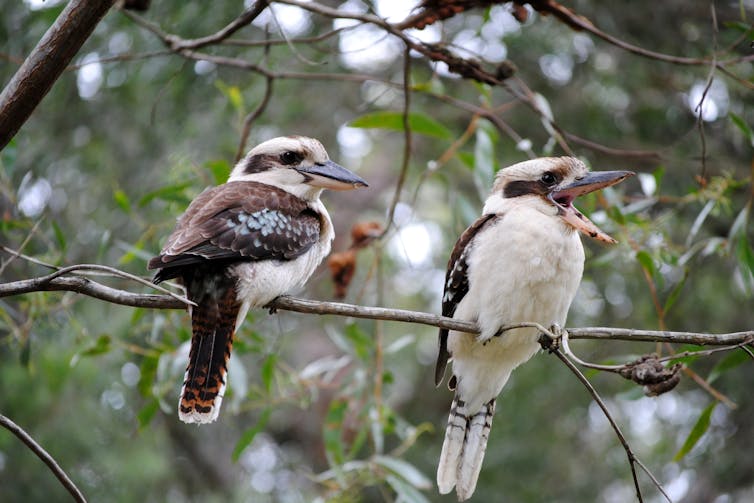
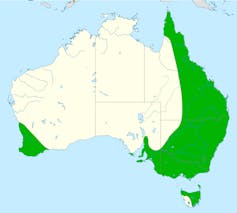
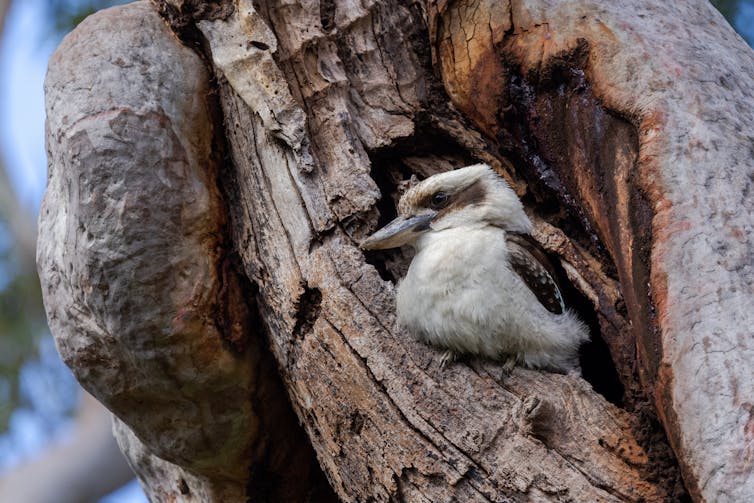
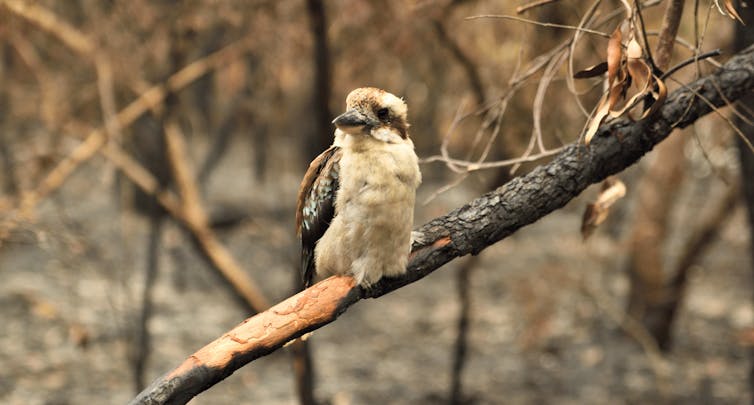
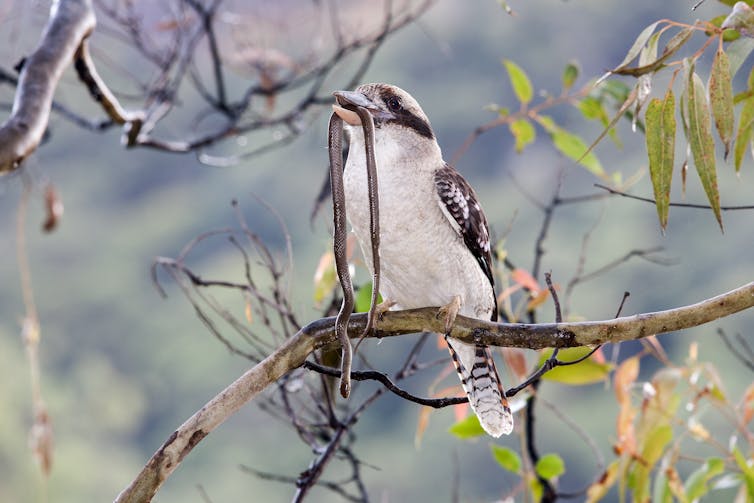
![]()








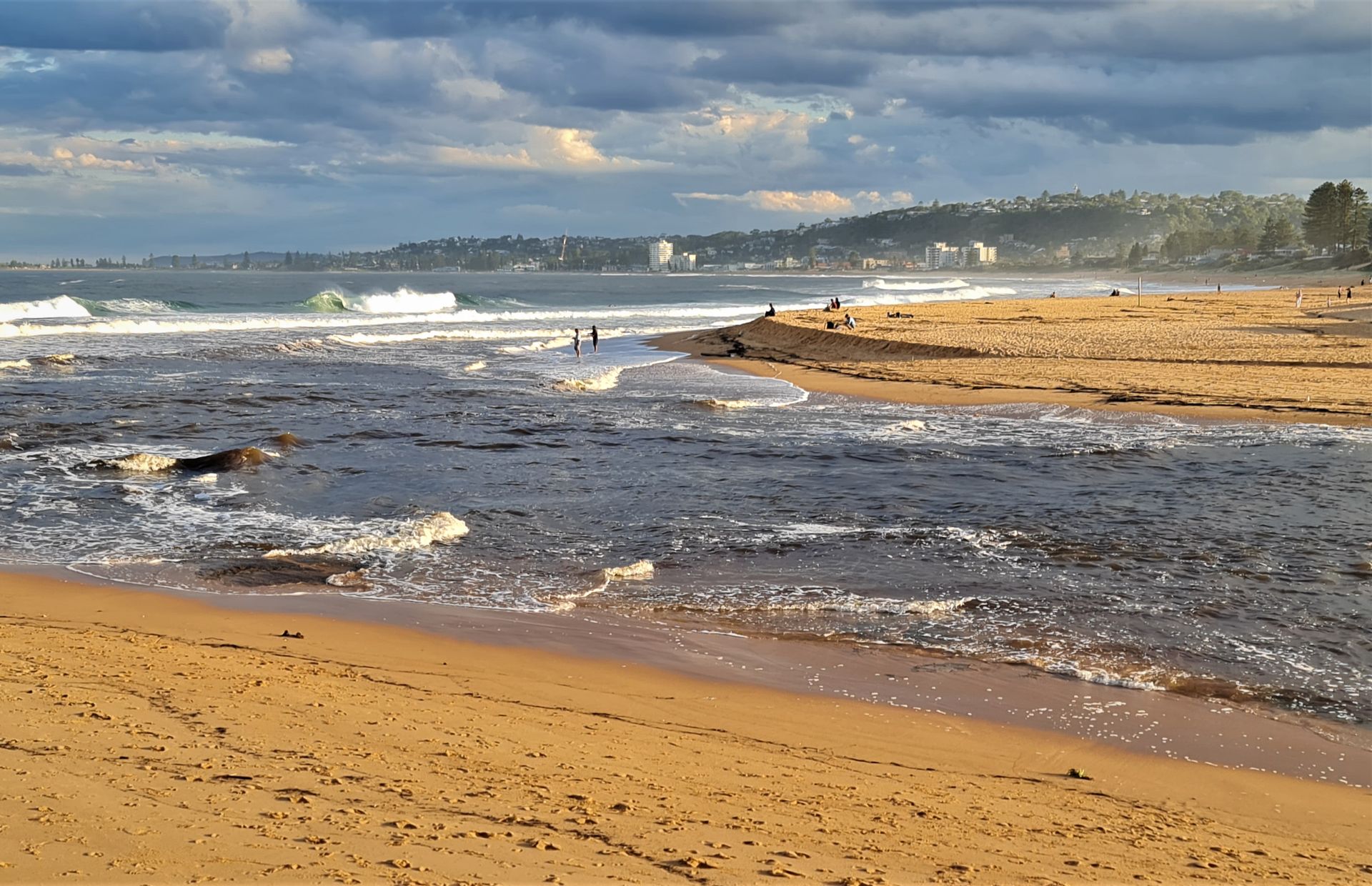


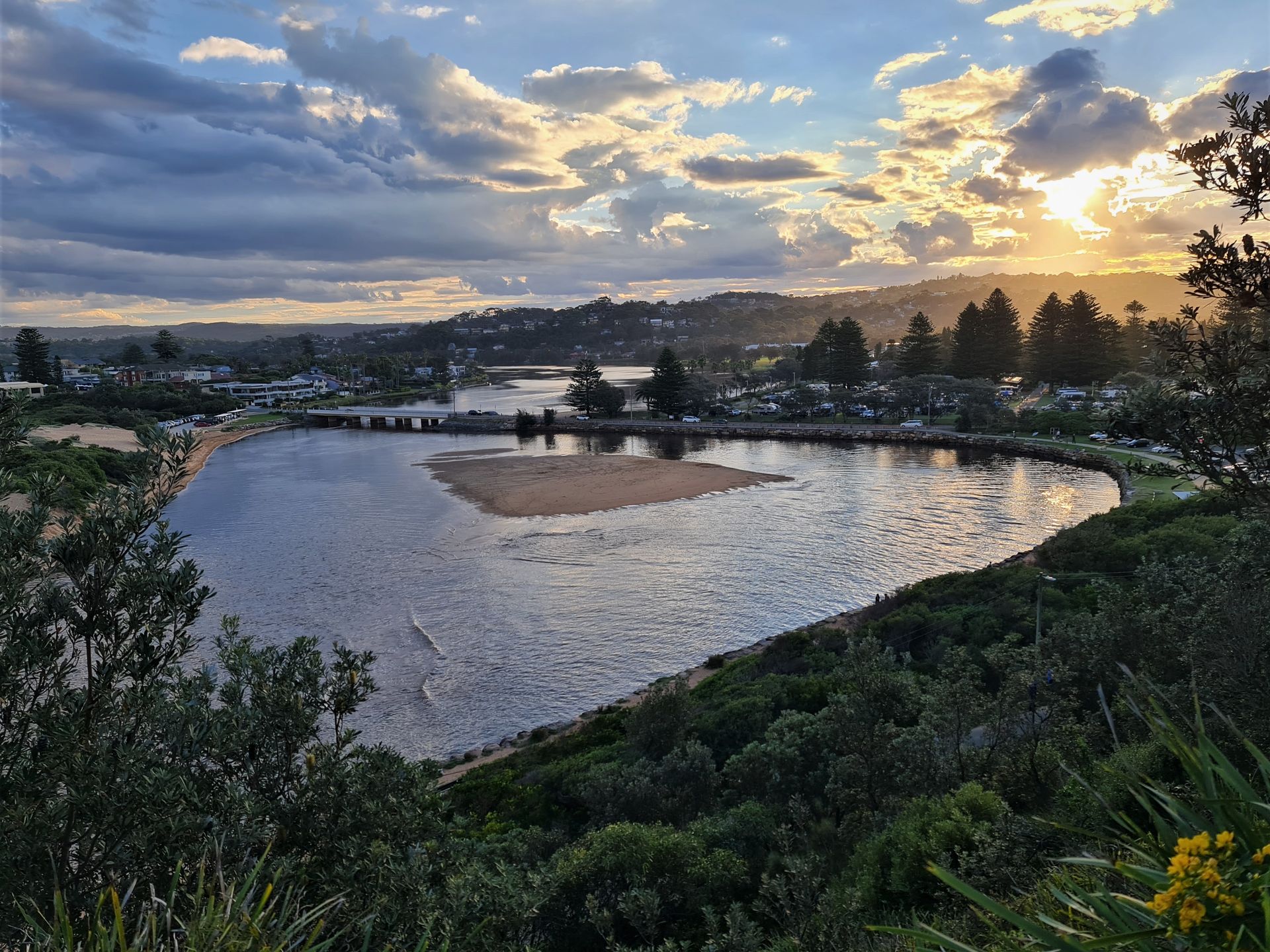
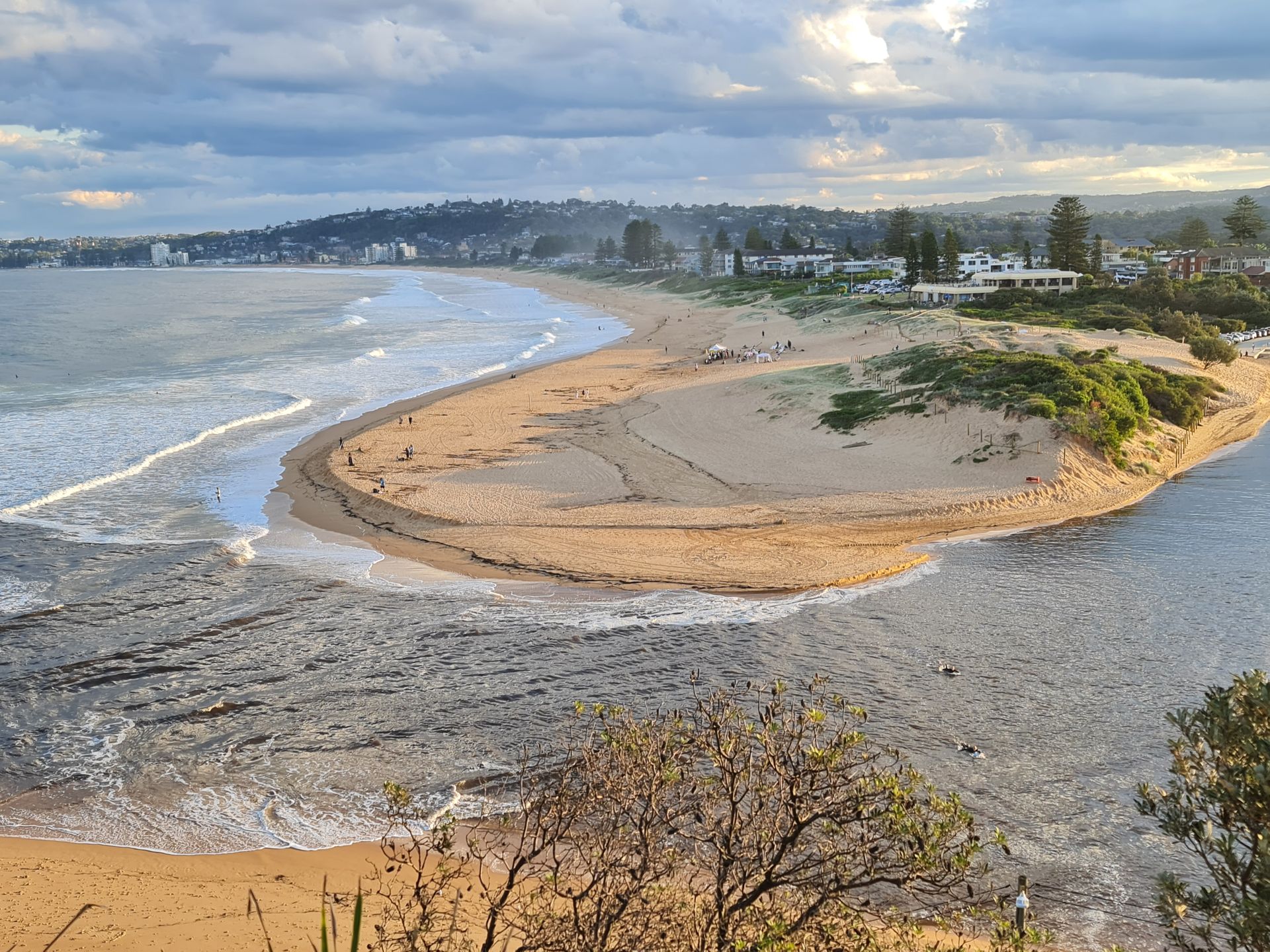

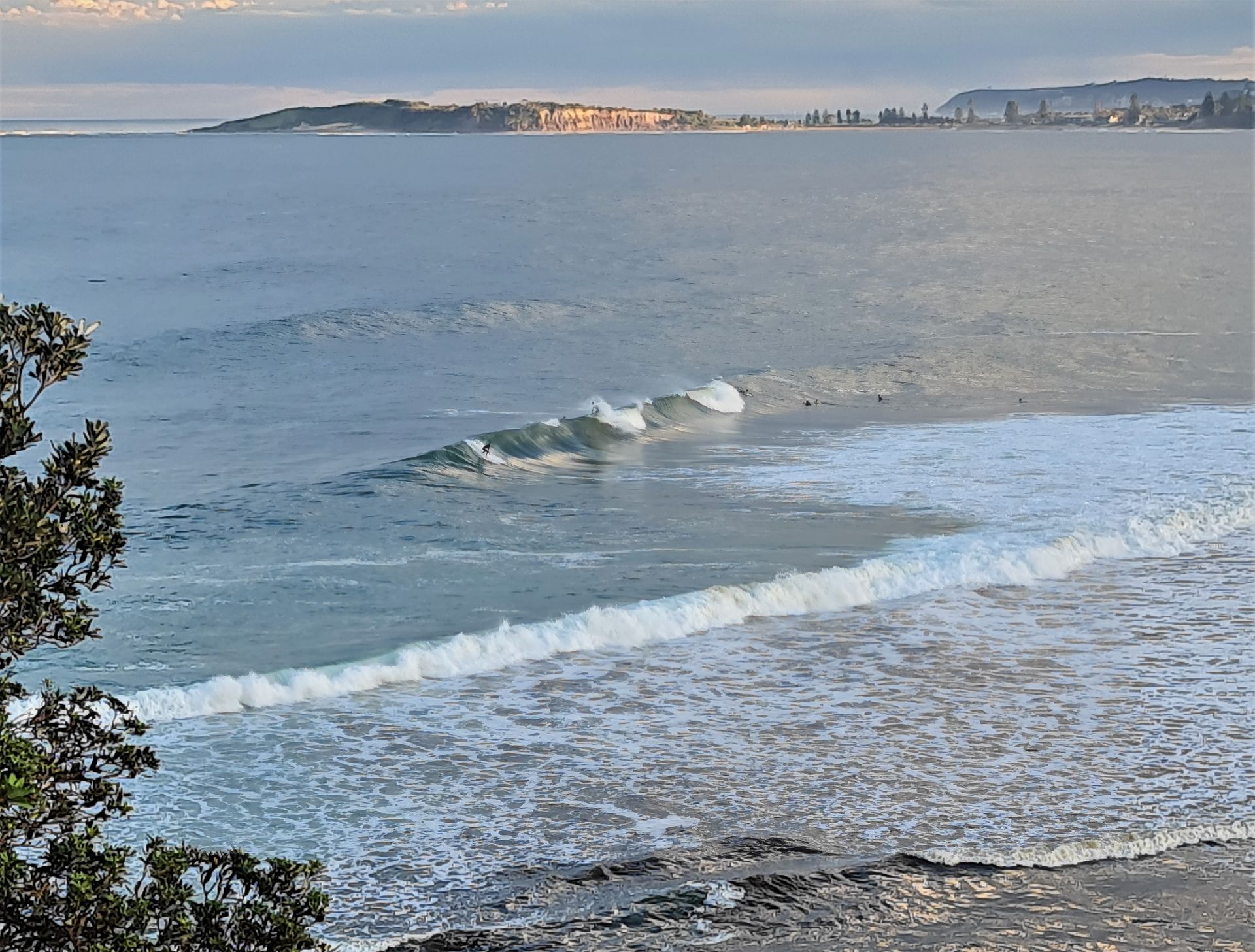

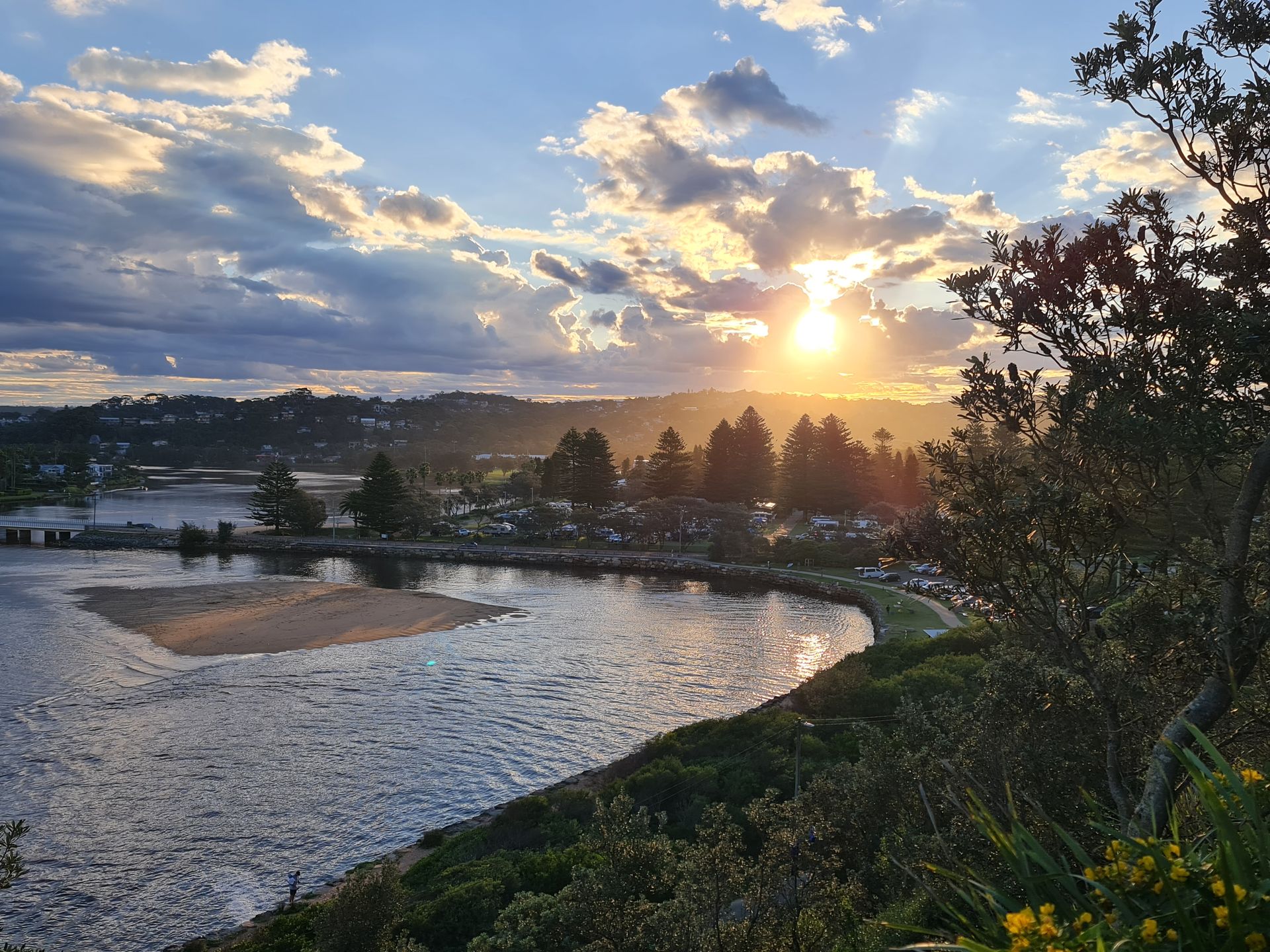


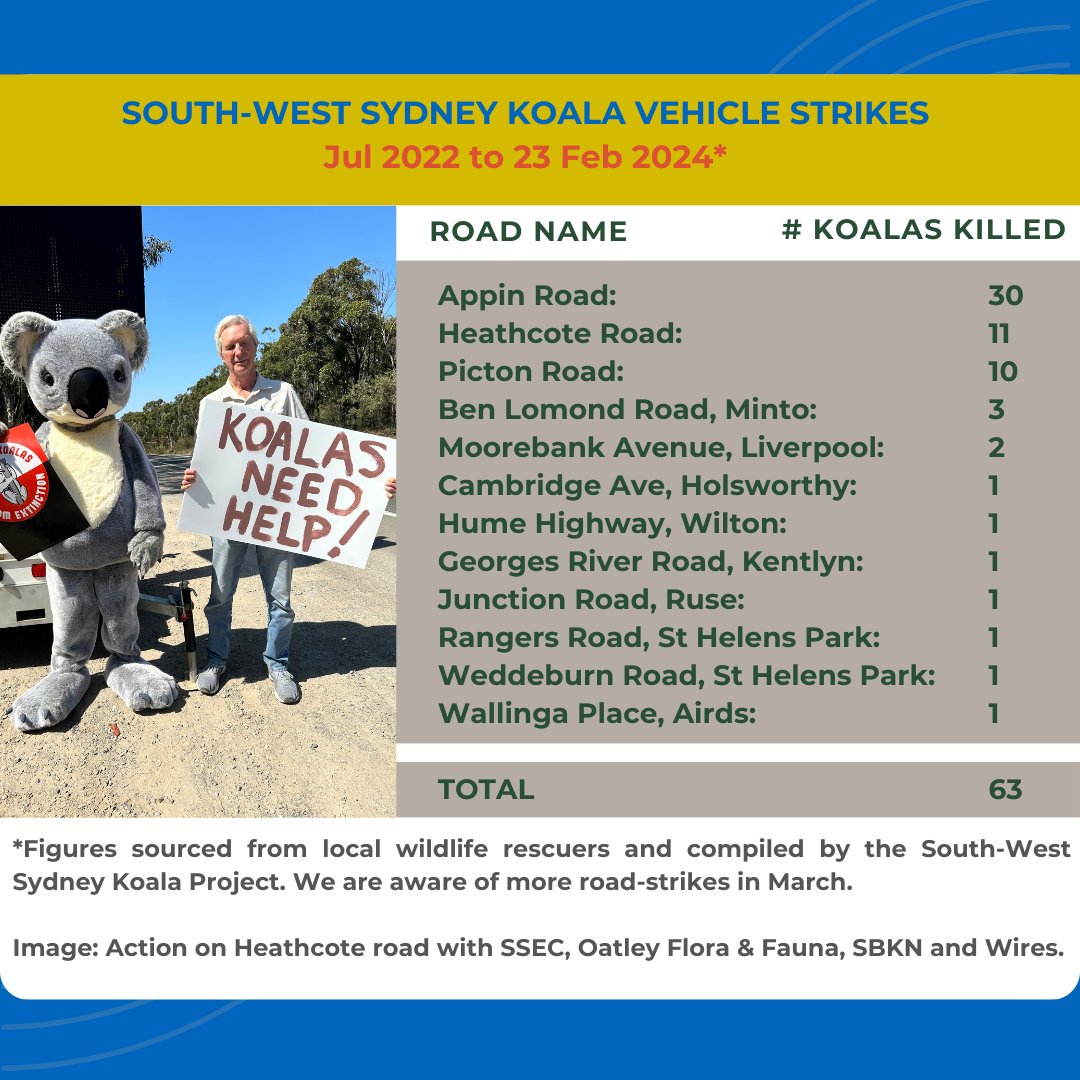



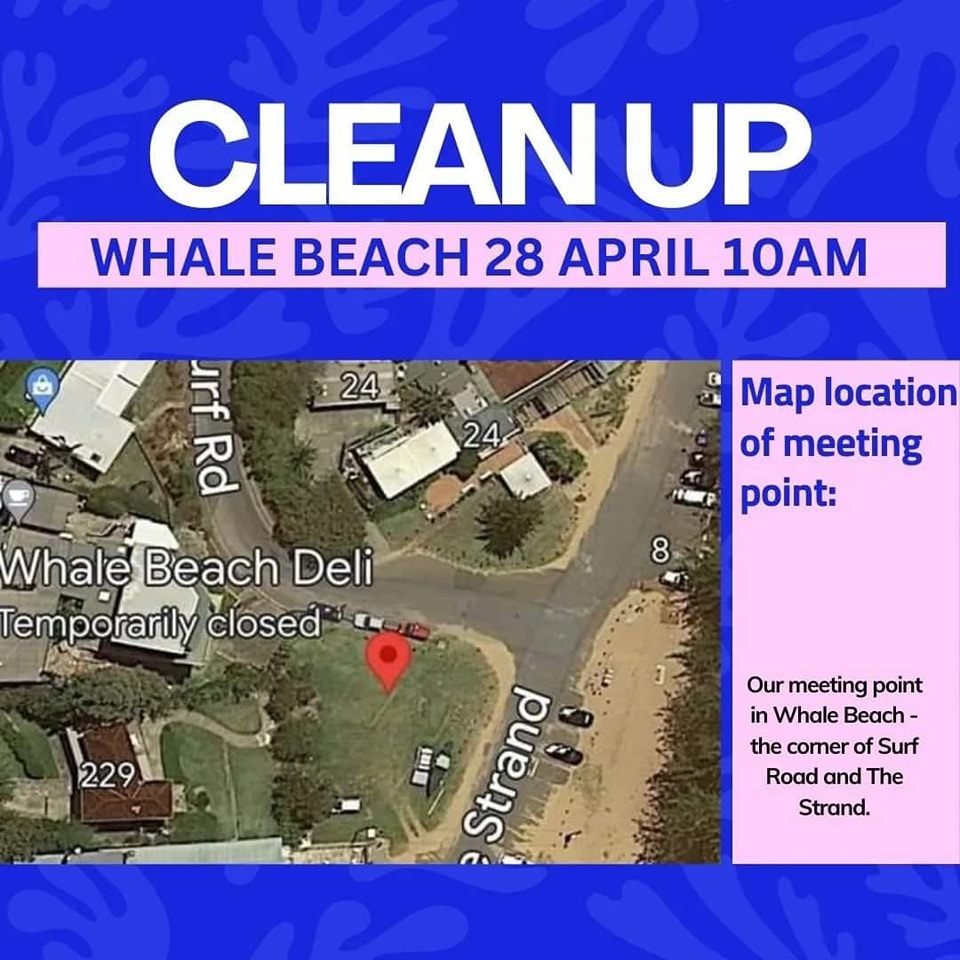
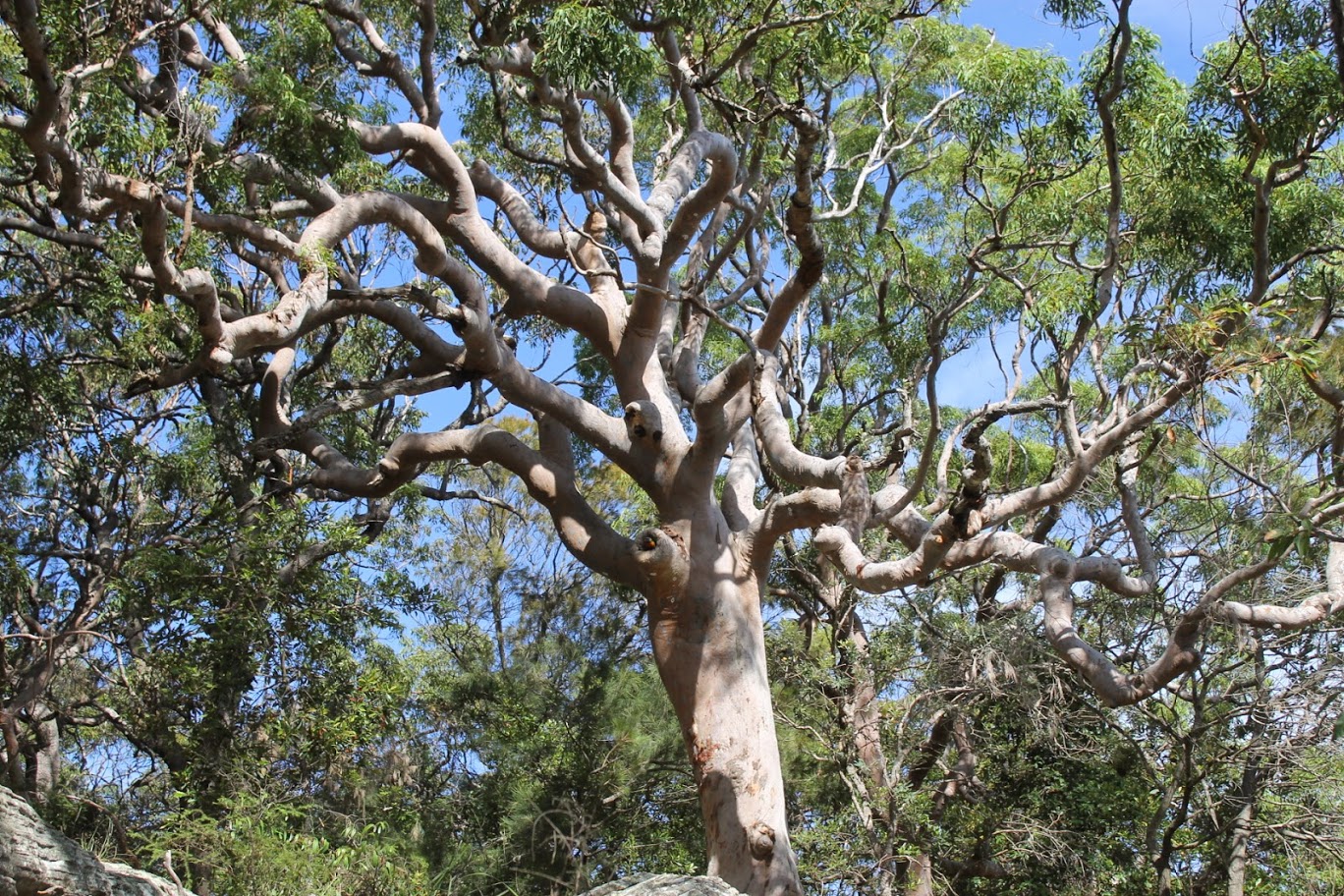
.jpg?timestamp=1708790130470)
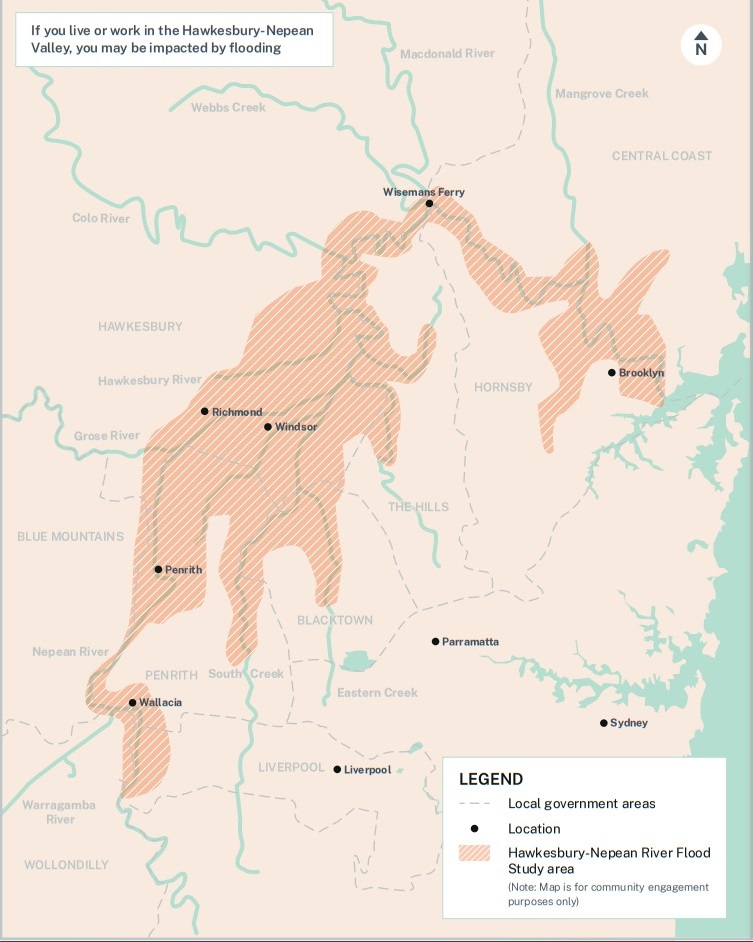
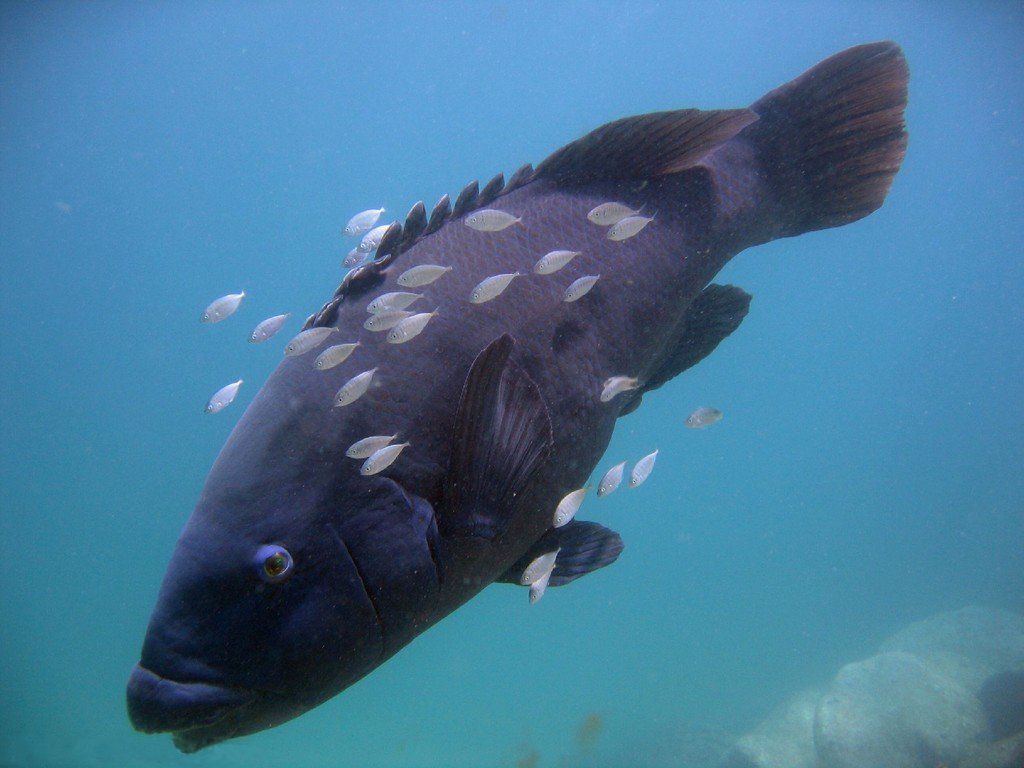

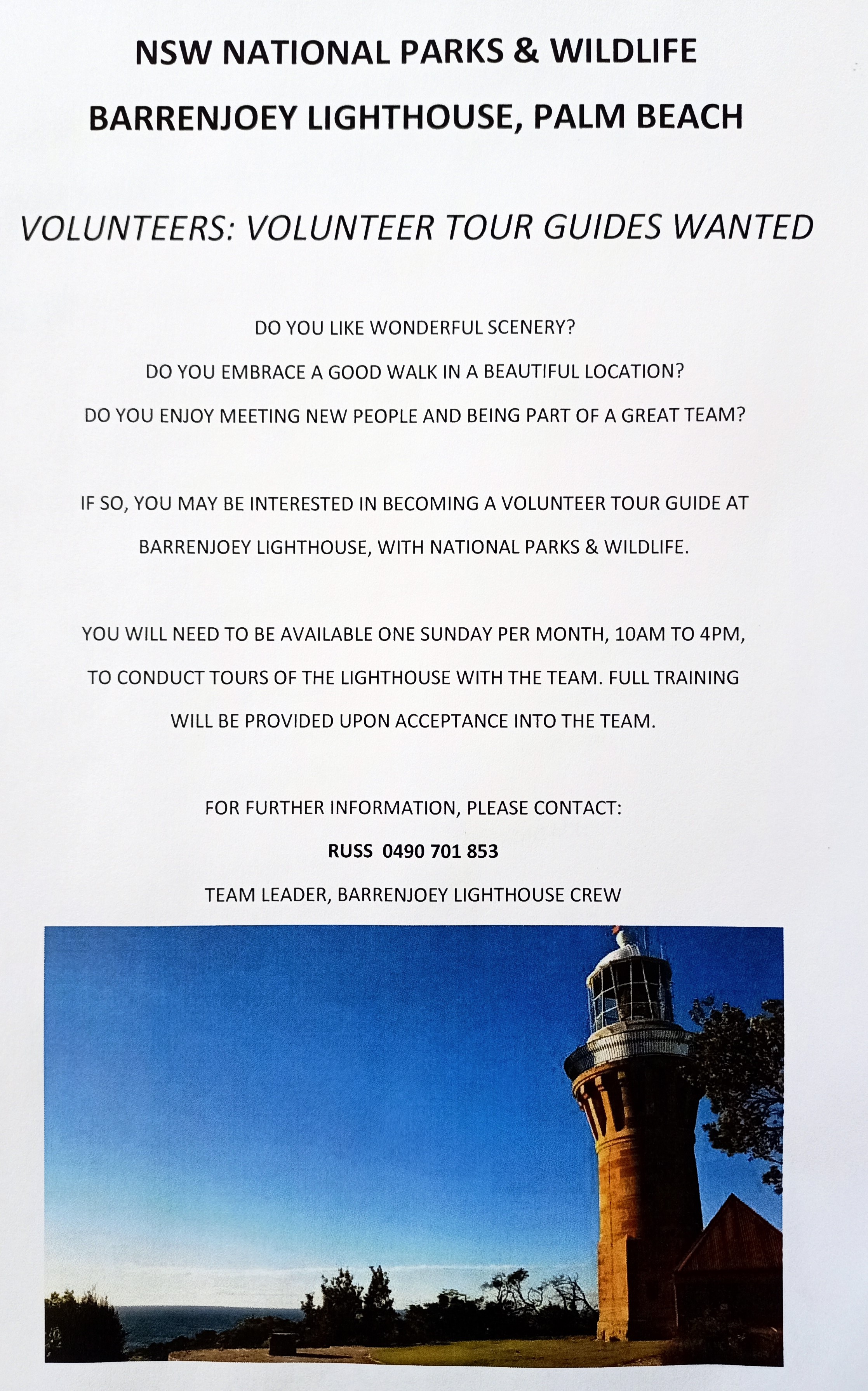
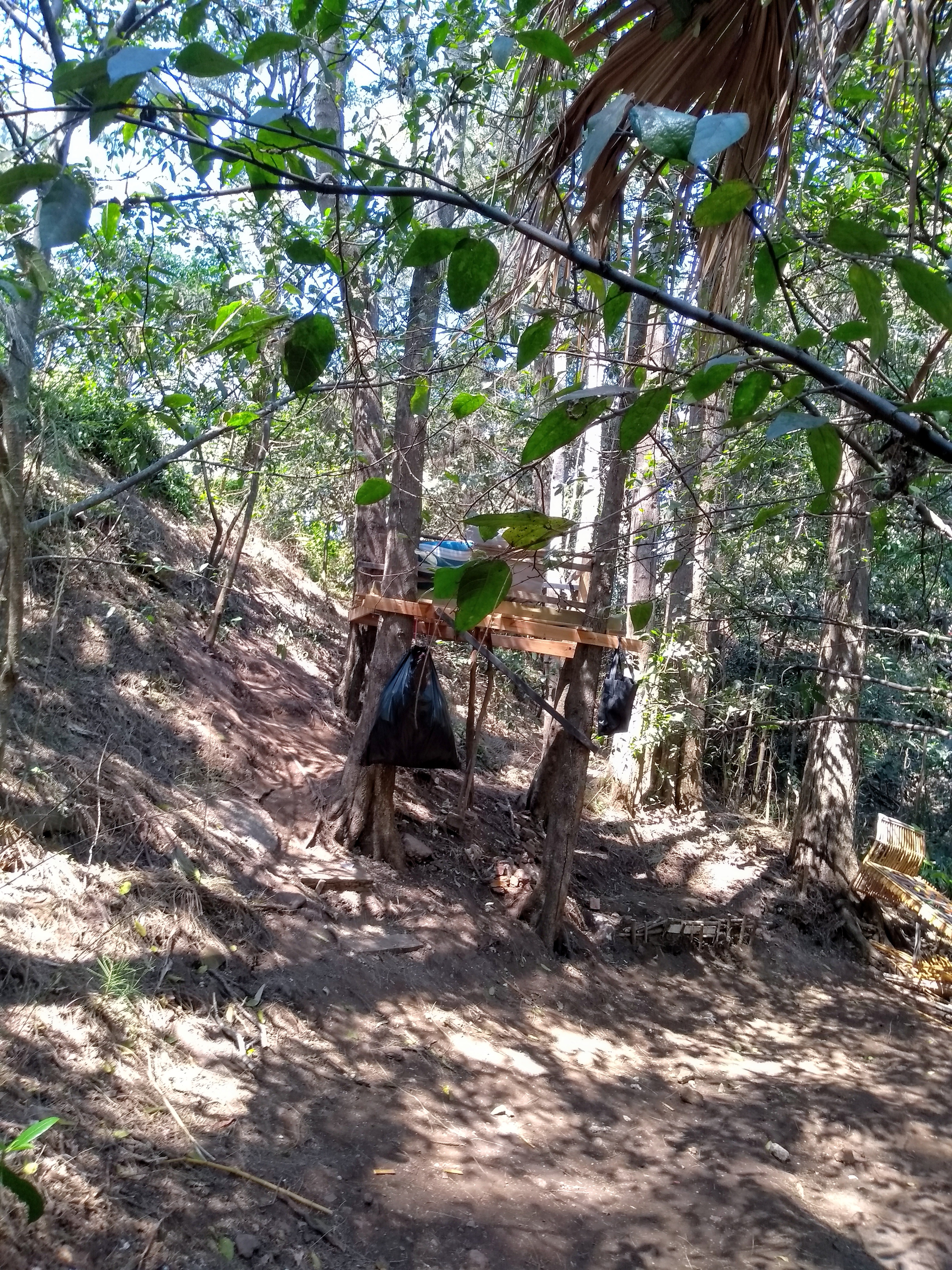
%20(1).jpg?timestamp=1675893929686)

.JPG.opt1460x973o0,0s1460x973.jpg?timestamp=1663629195339)




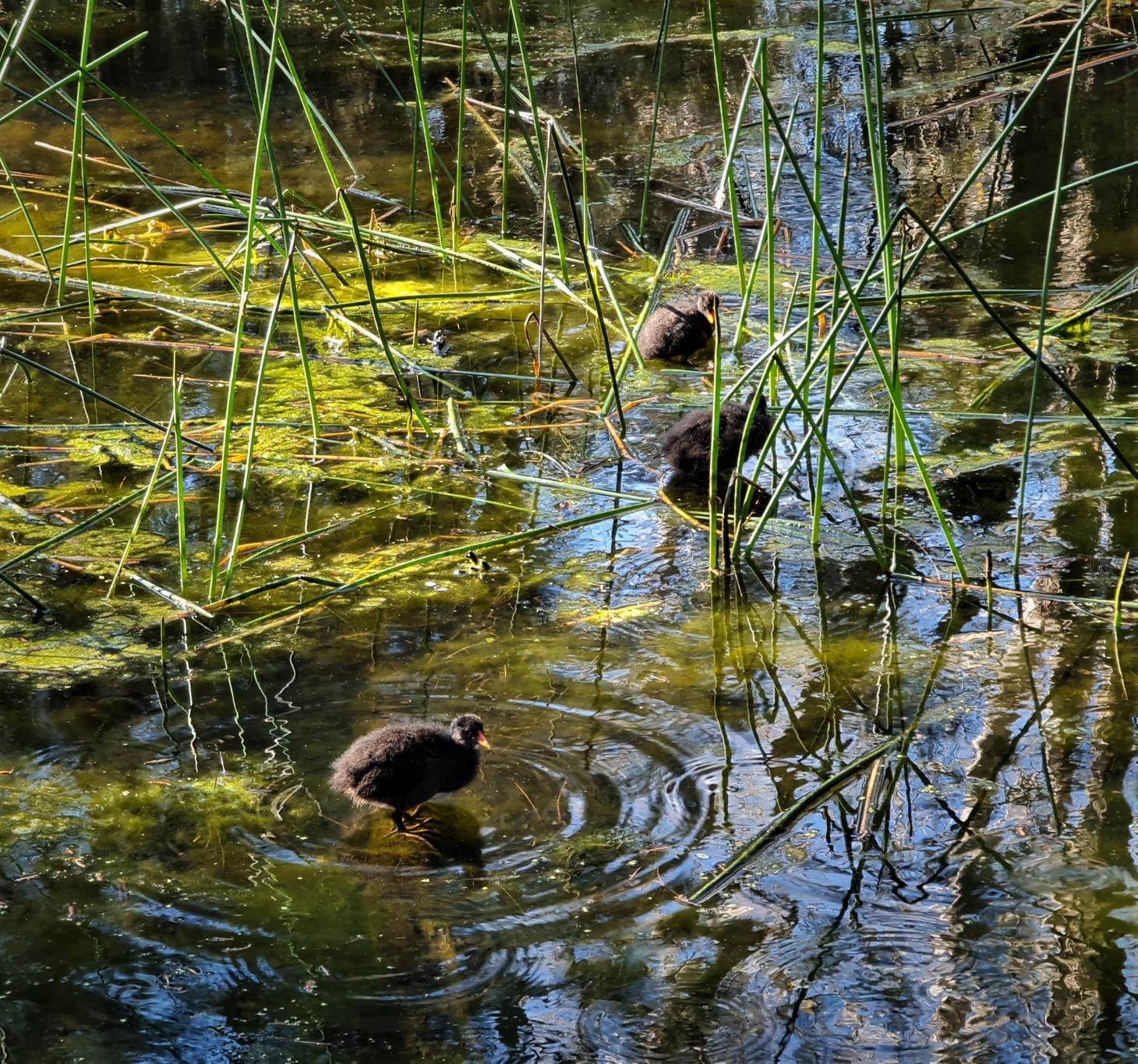


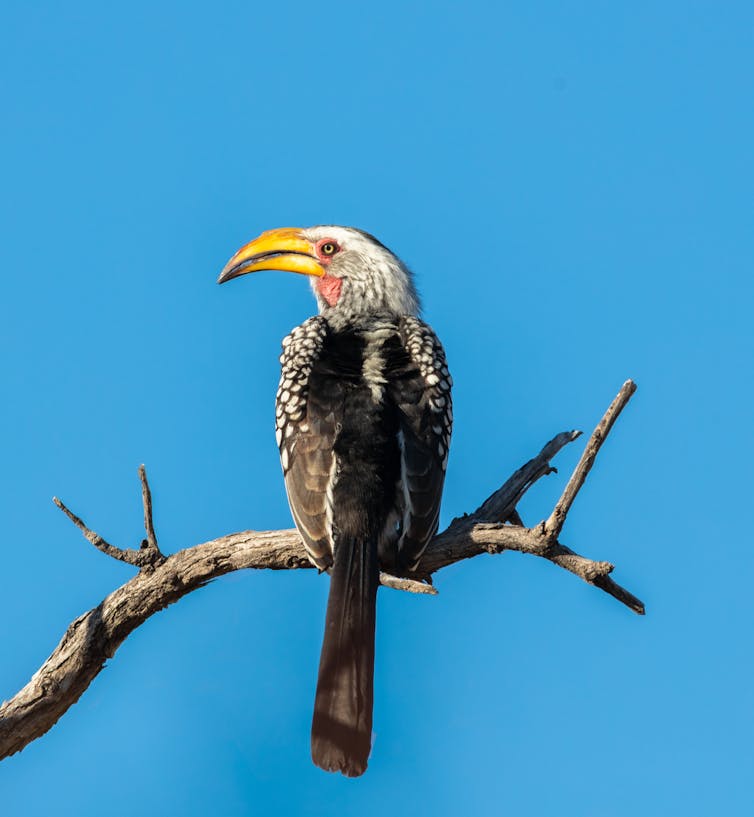
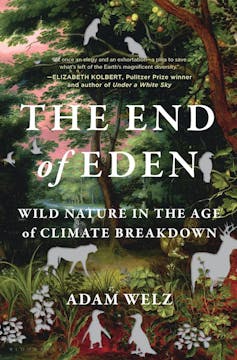
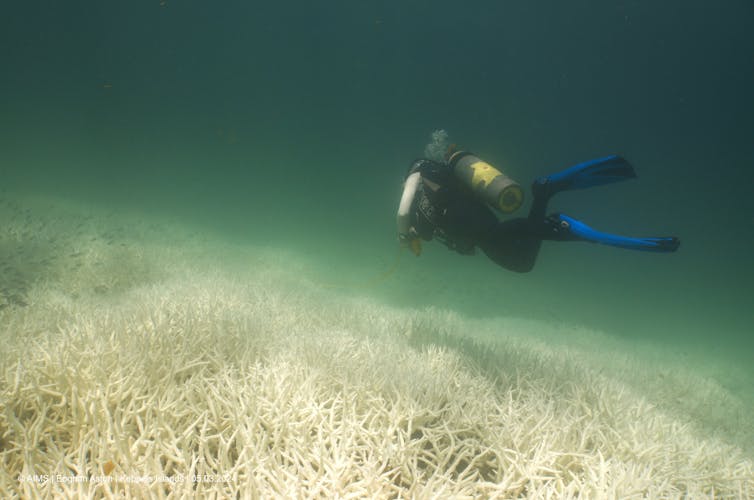
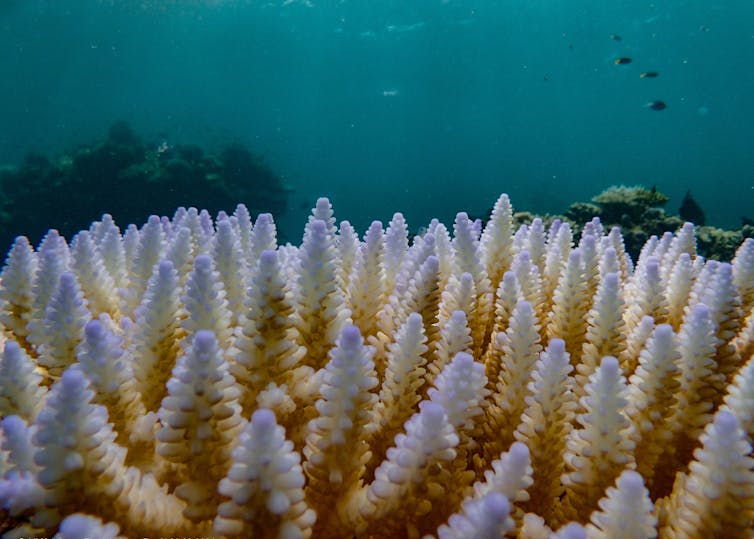

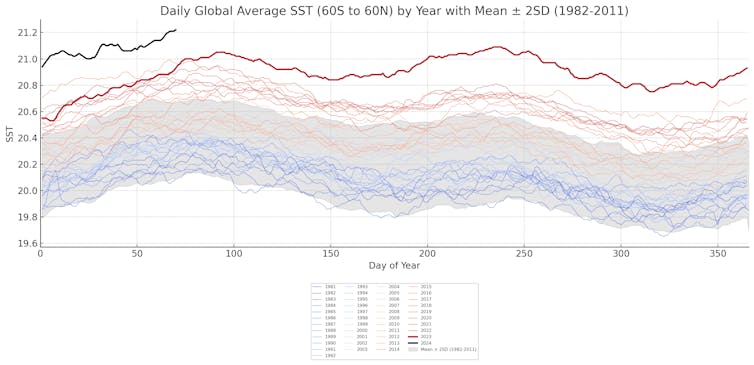


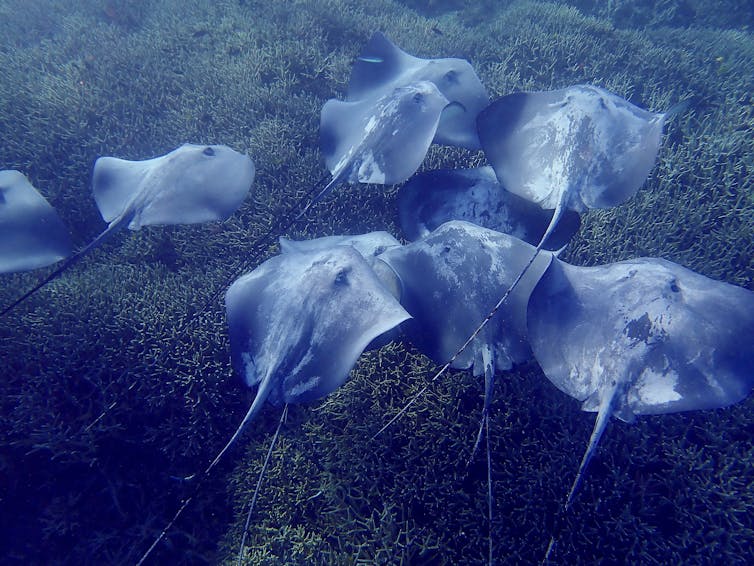
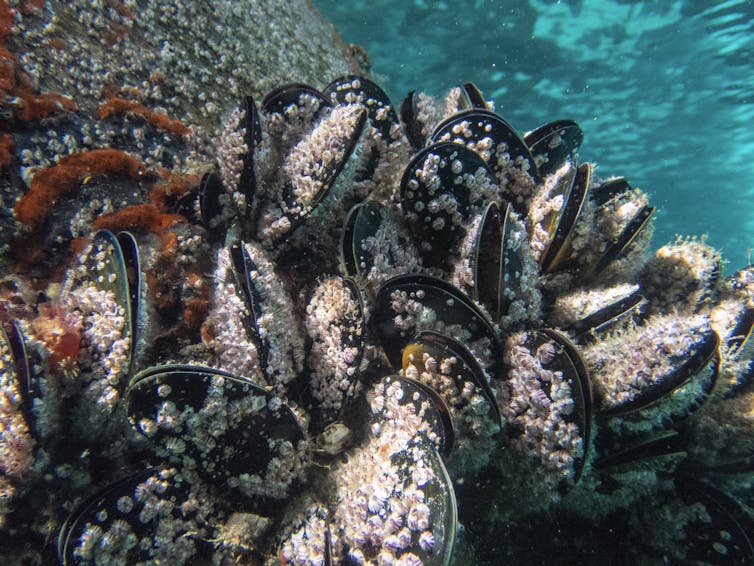
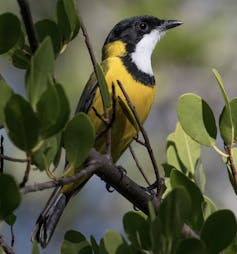
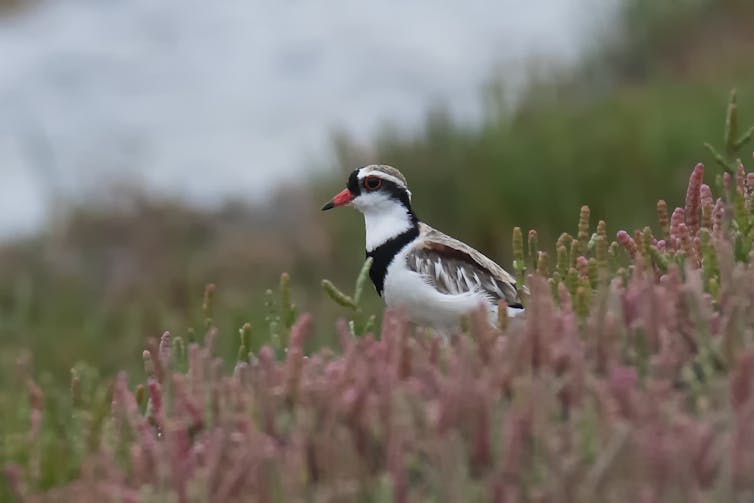
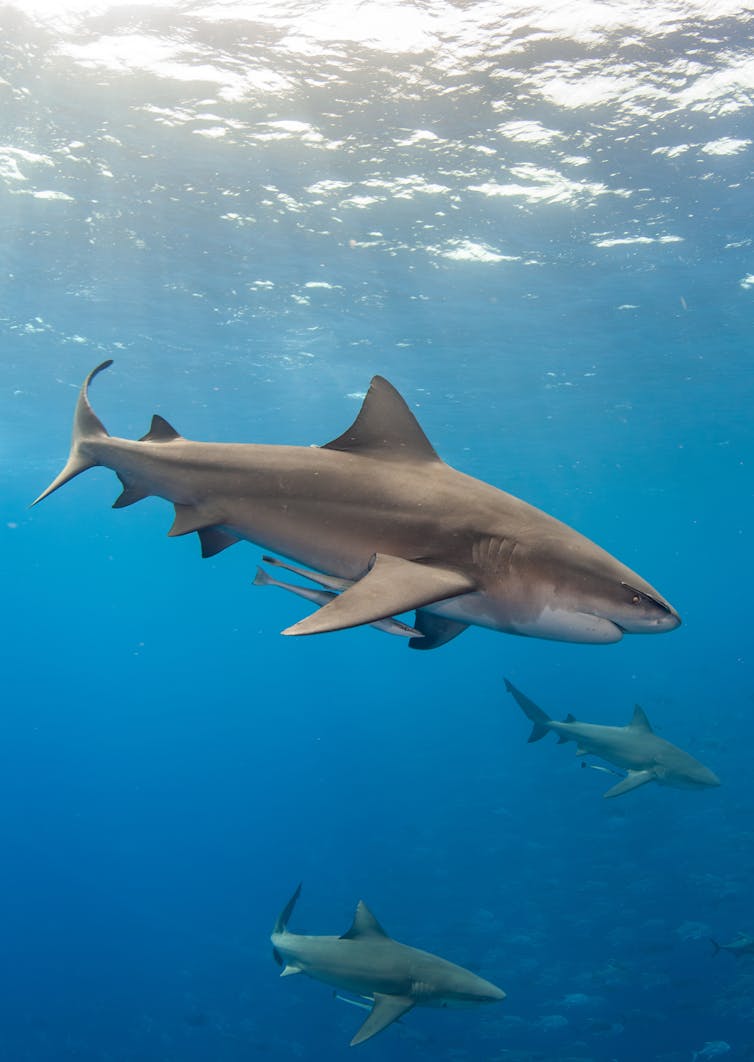
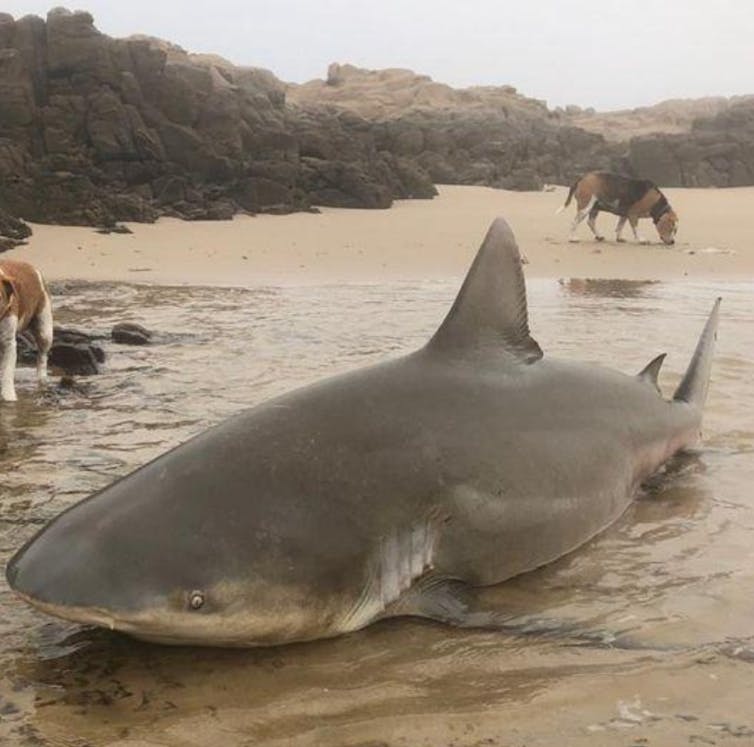
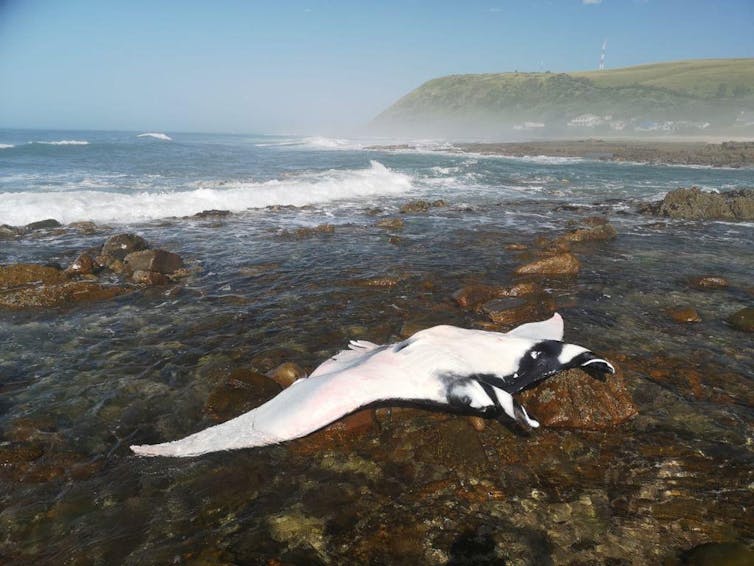
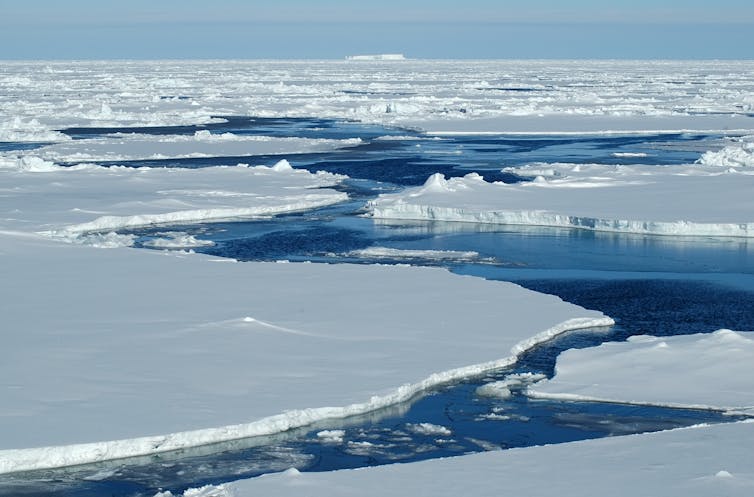
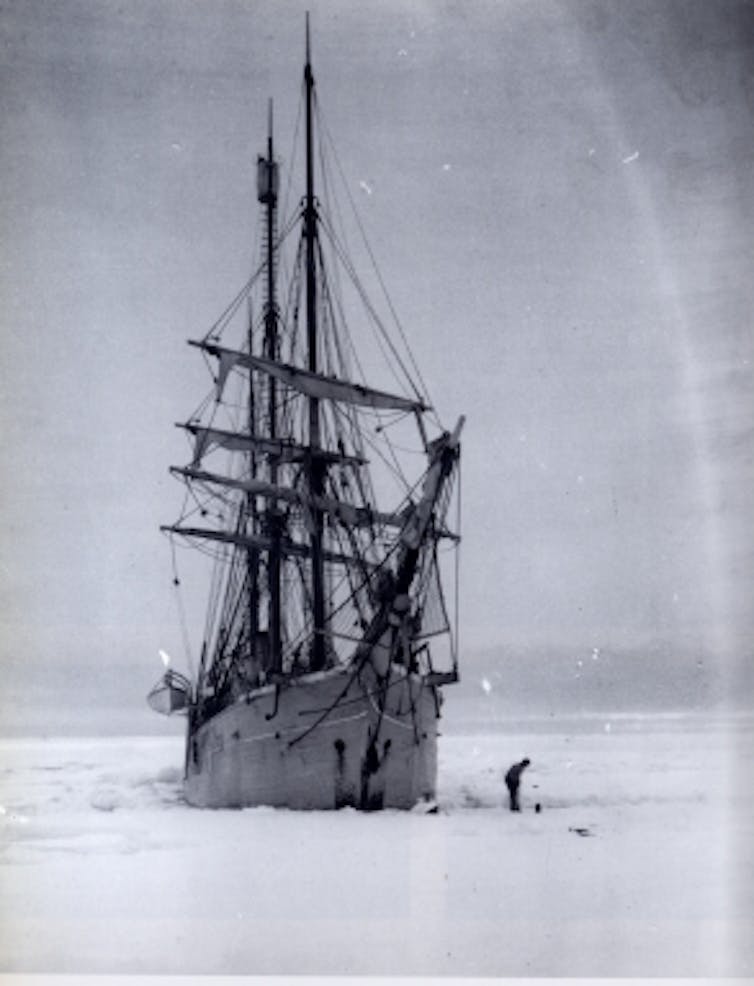

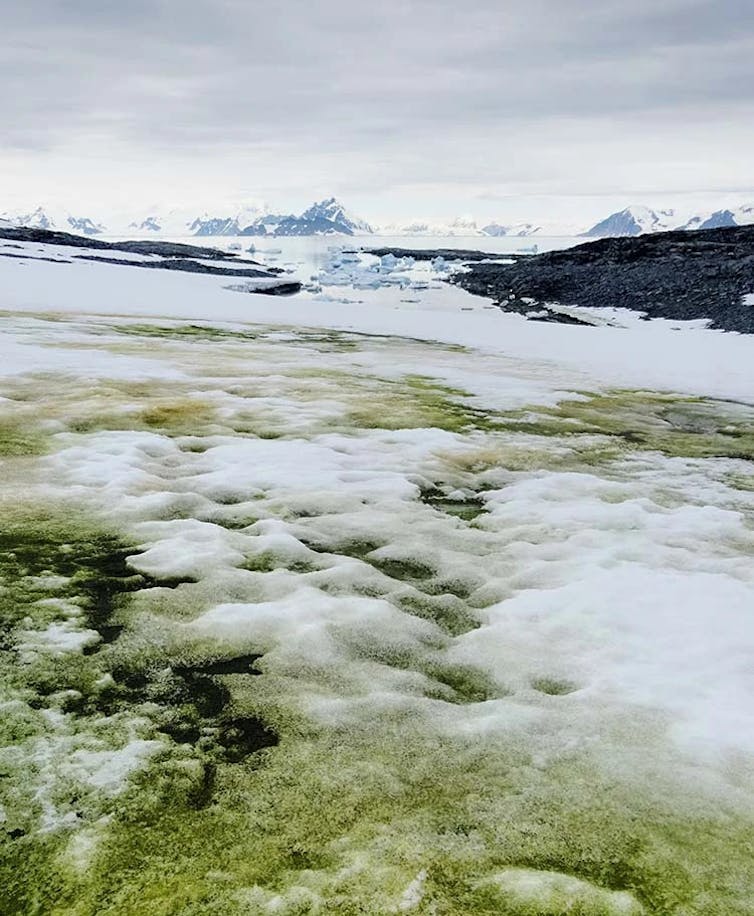
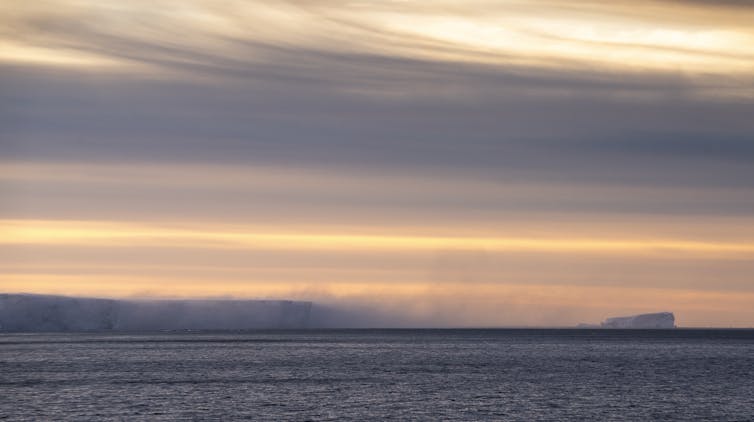
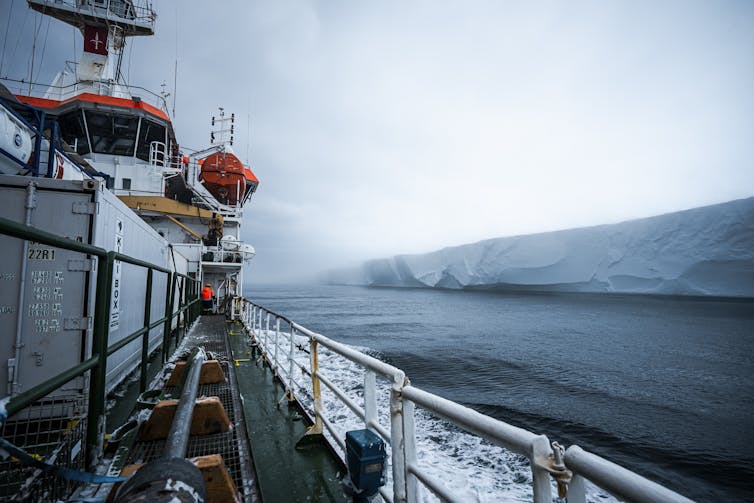

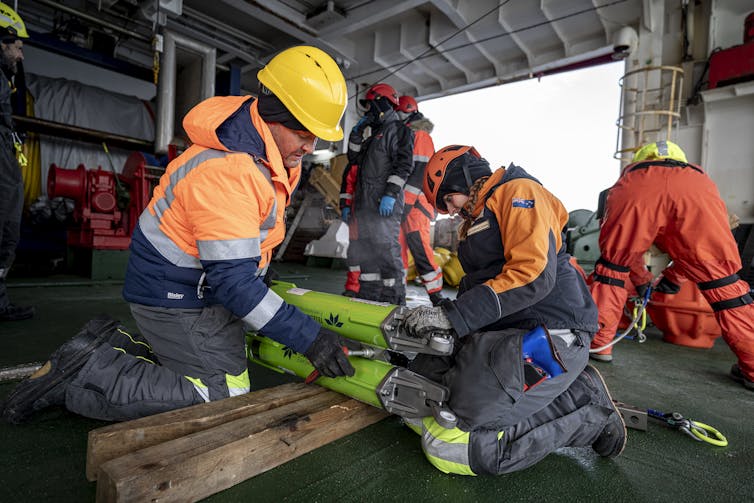
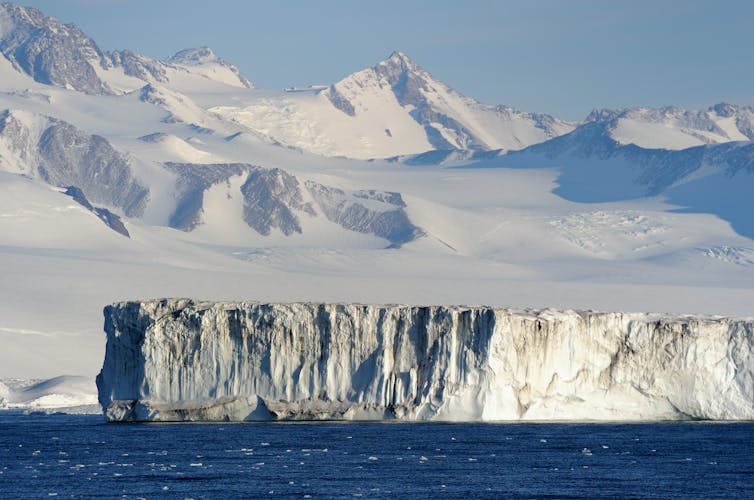
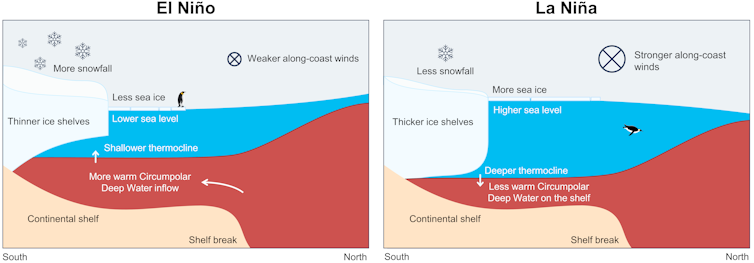
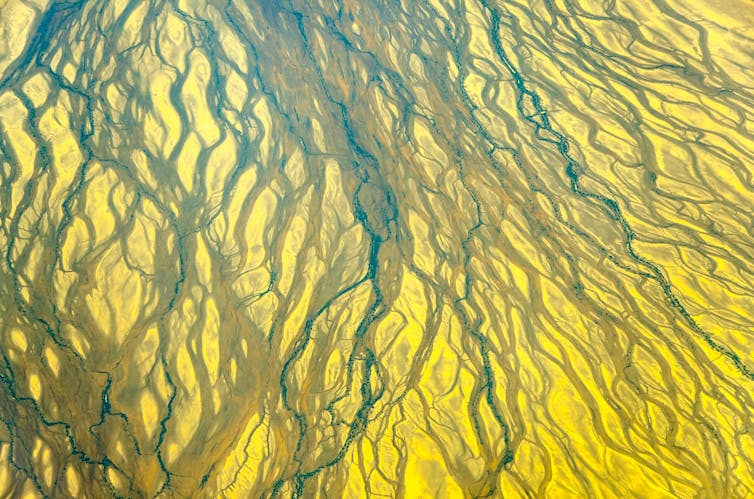
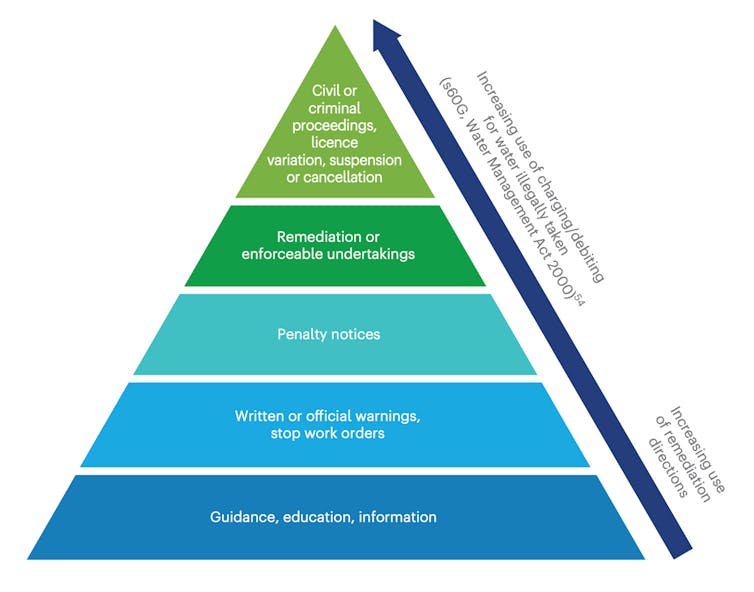
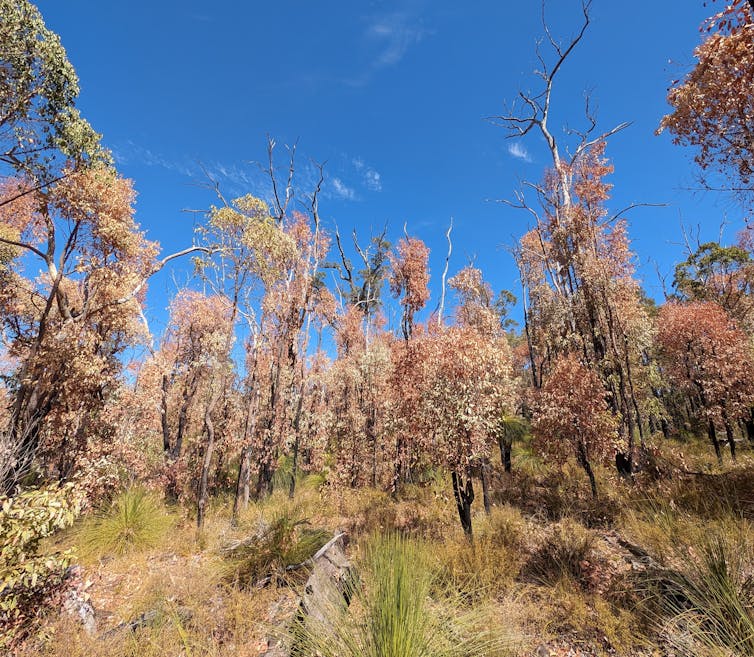
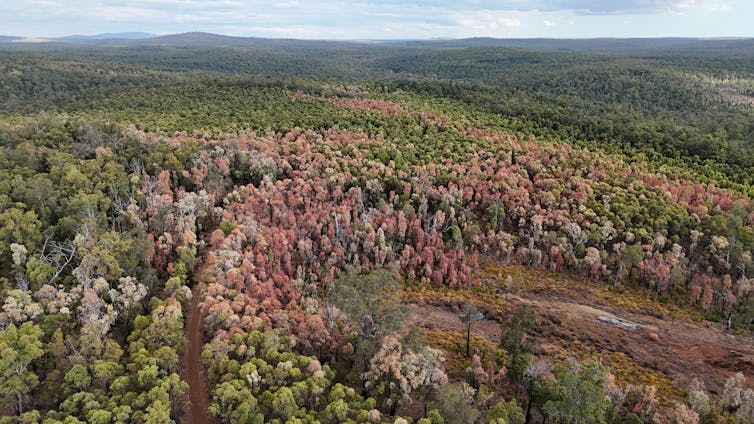

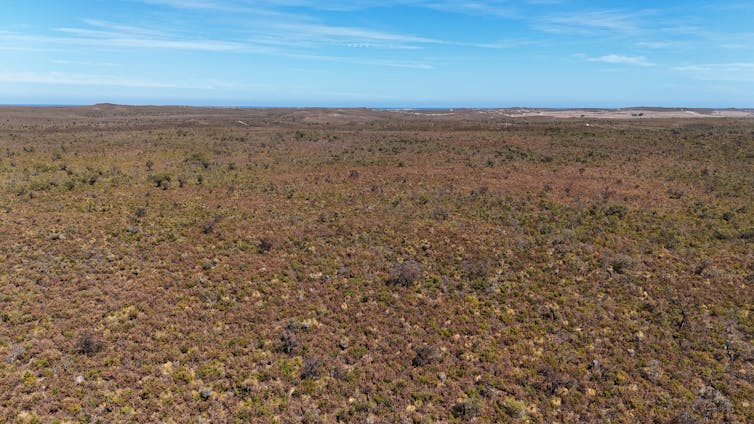
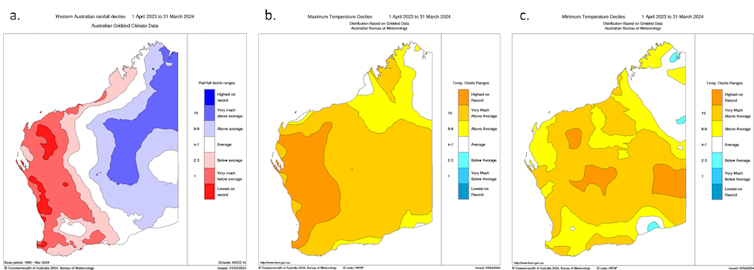



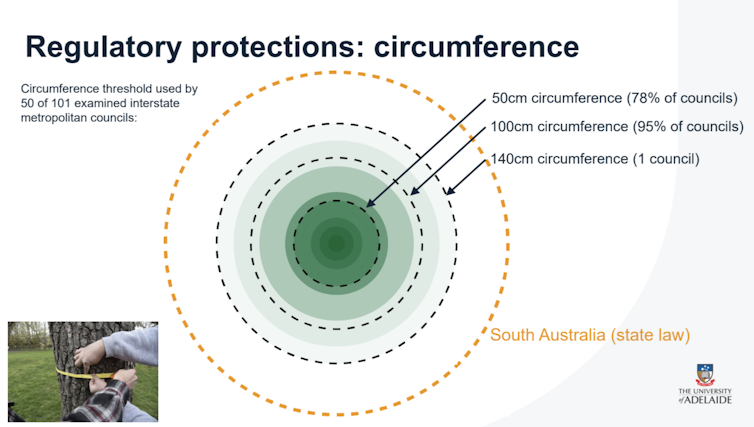
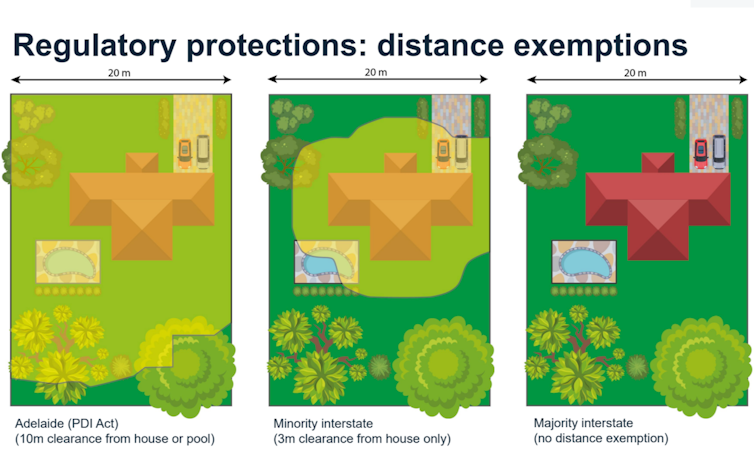
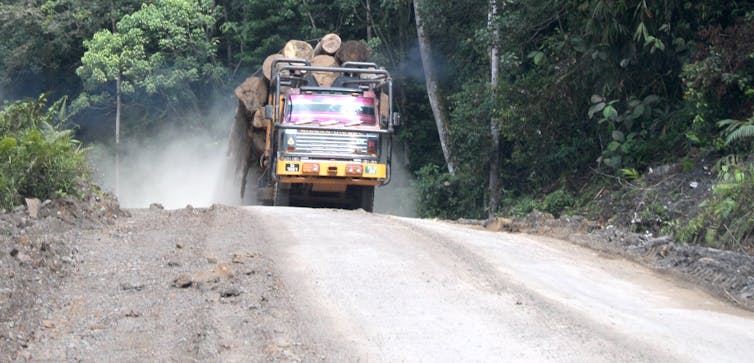
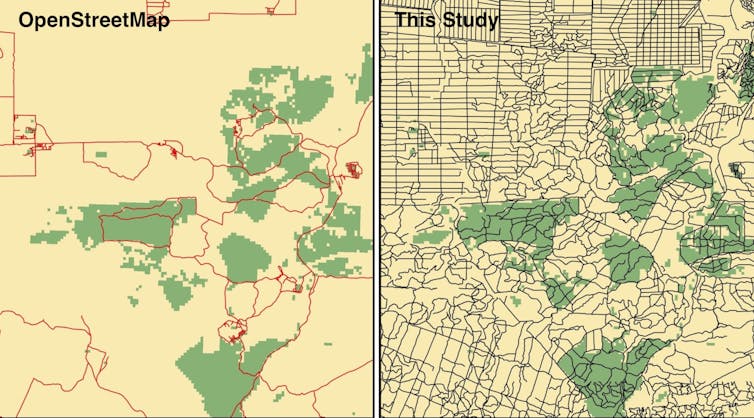
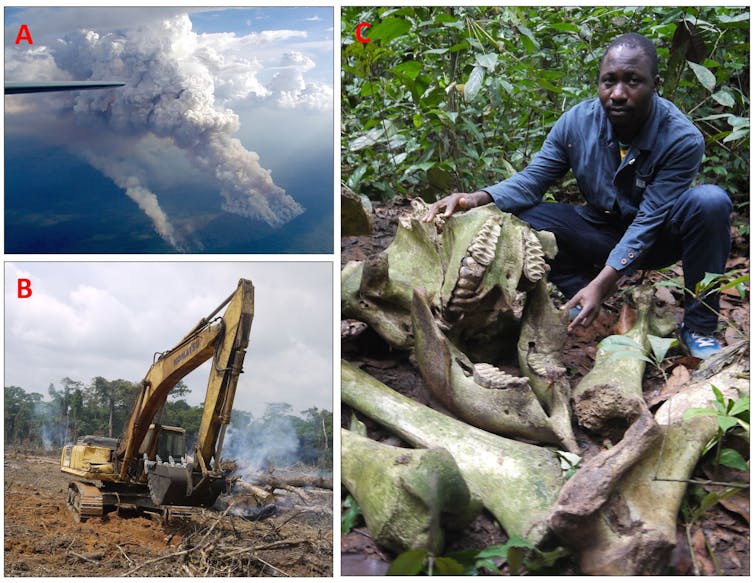
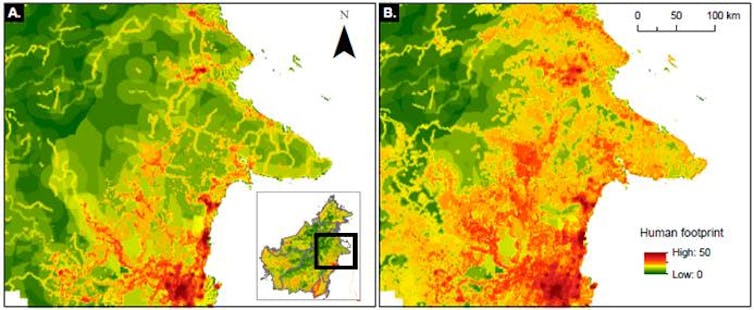
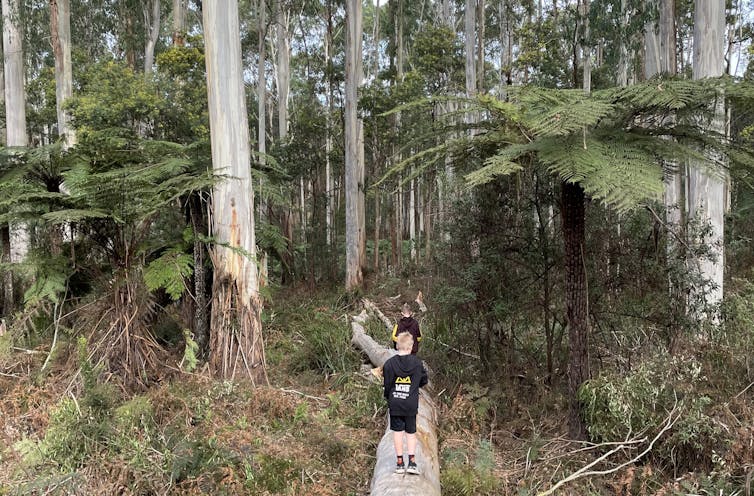
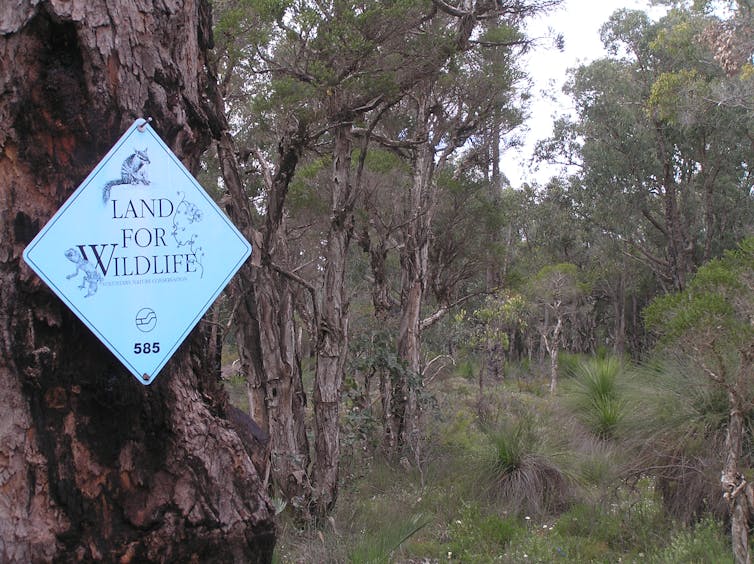
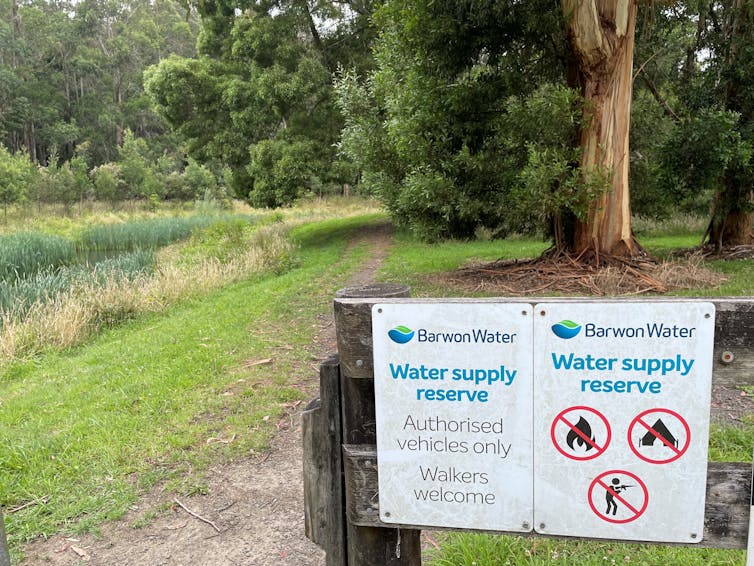
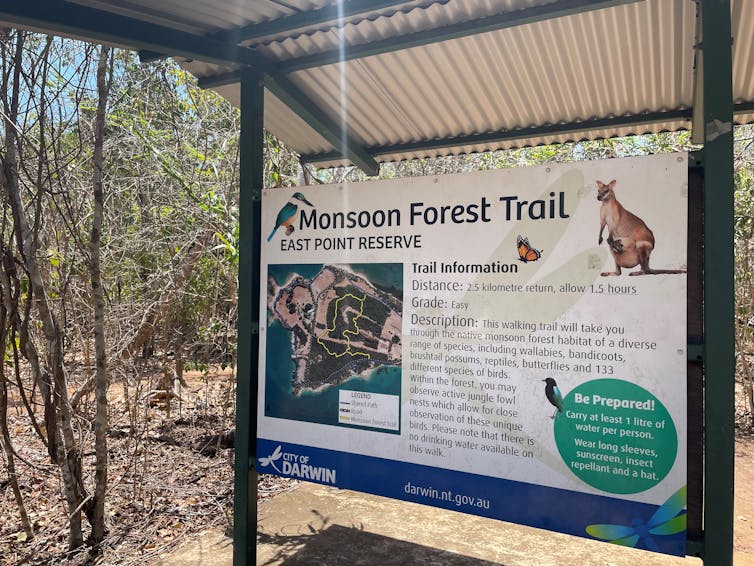

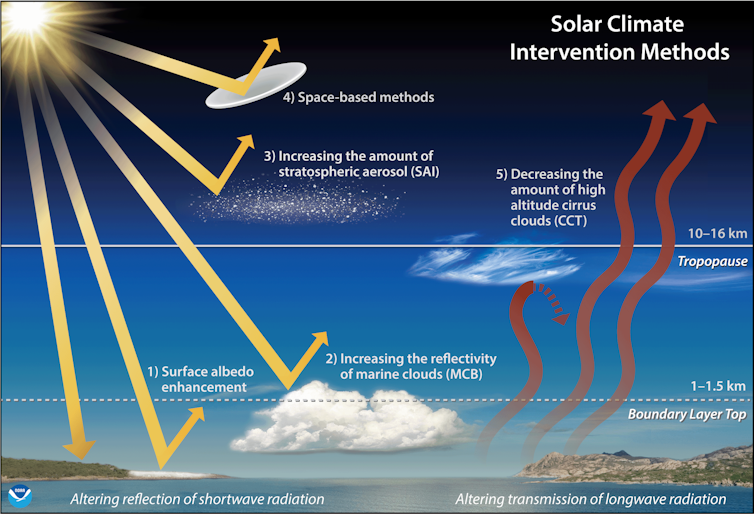
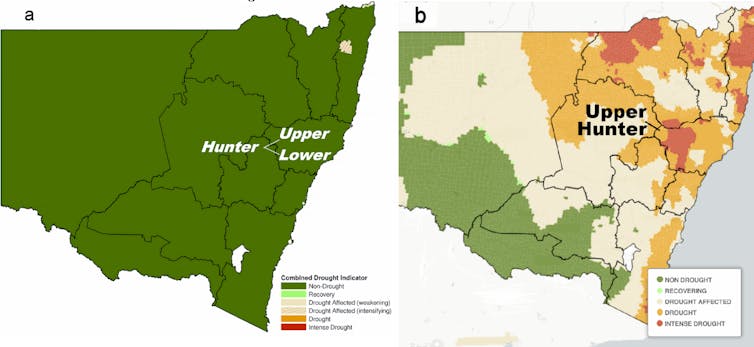

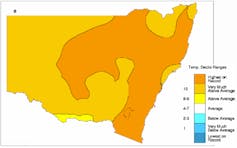
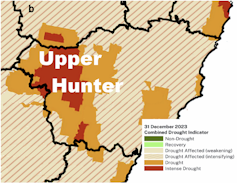
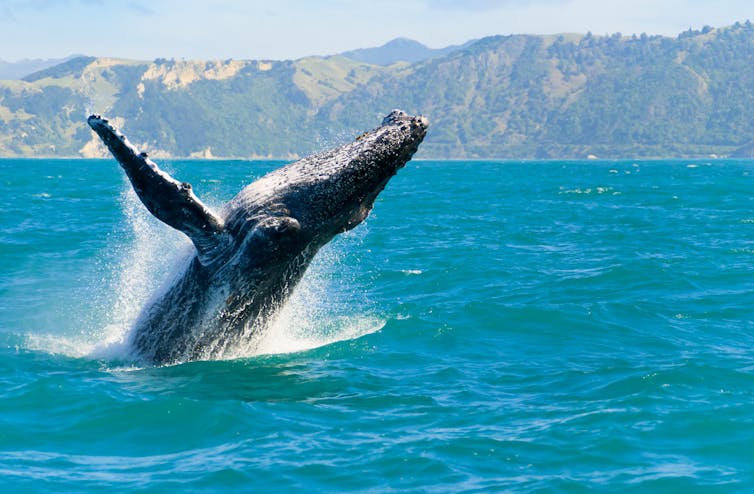

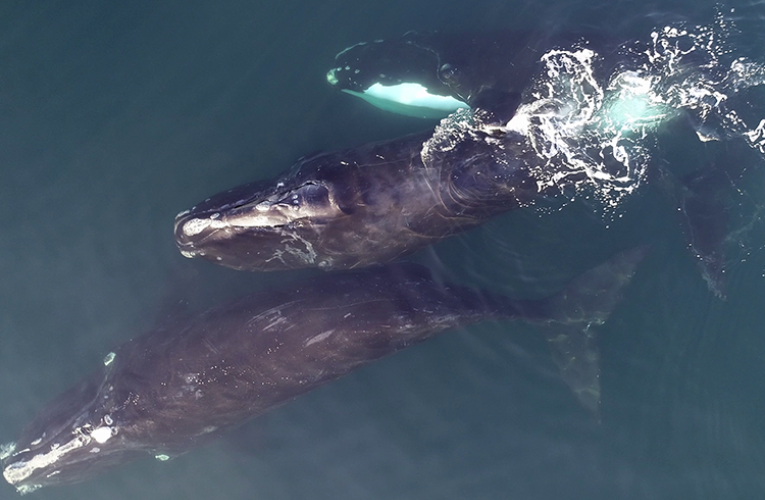

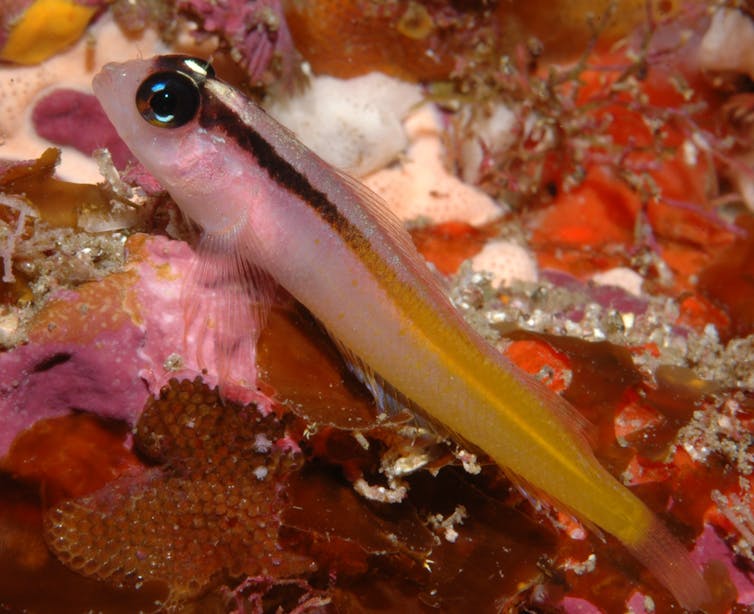

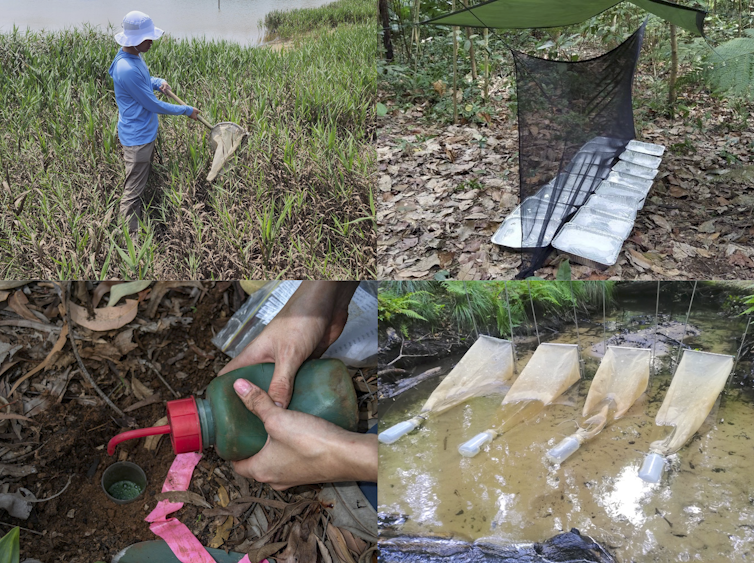


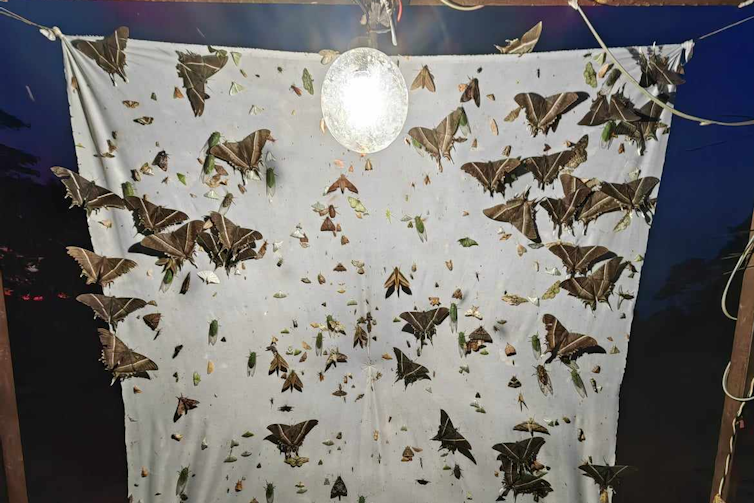

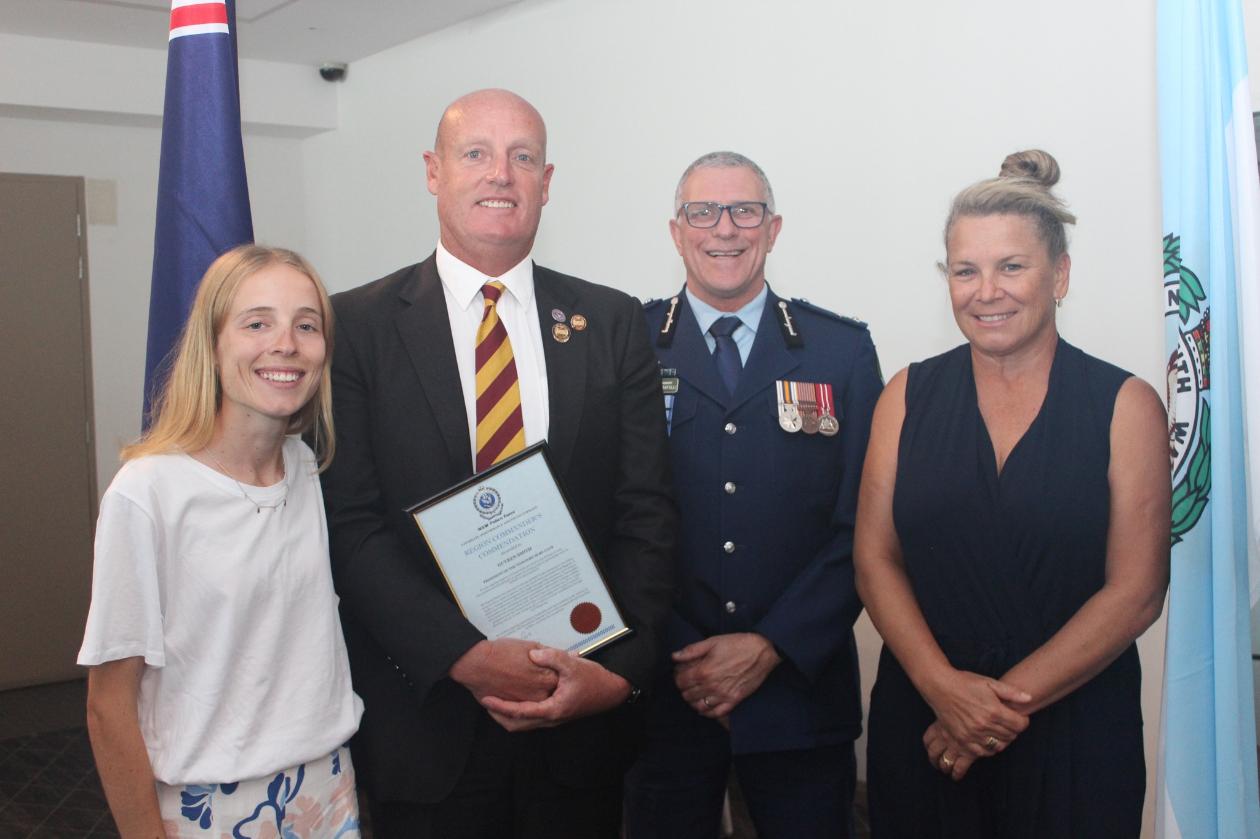
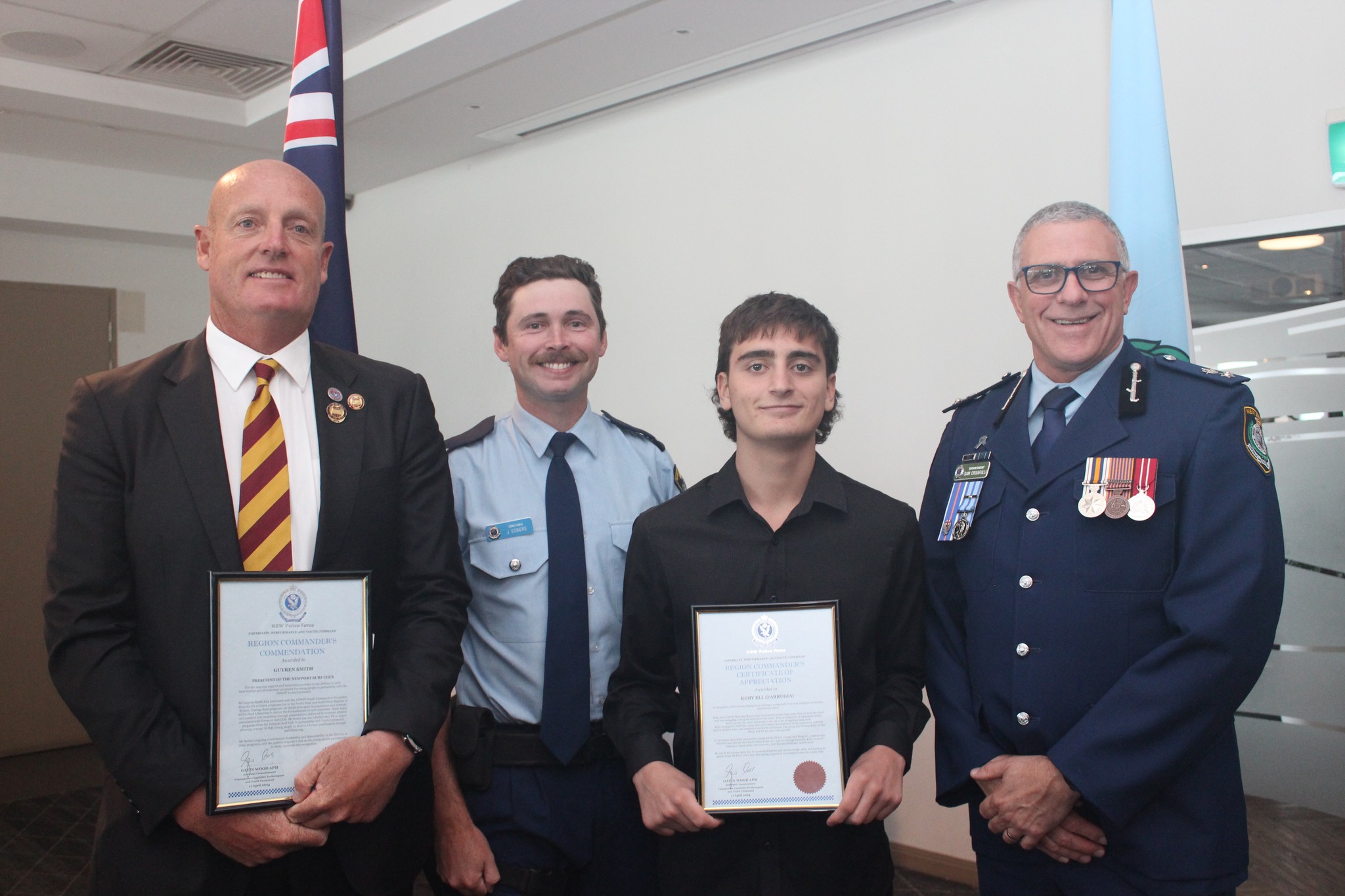

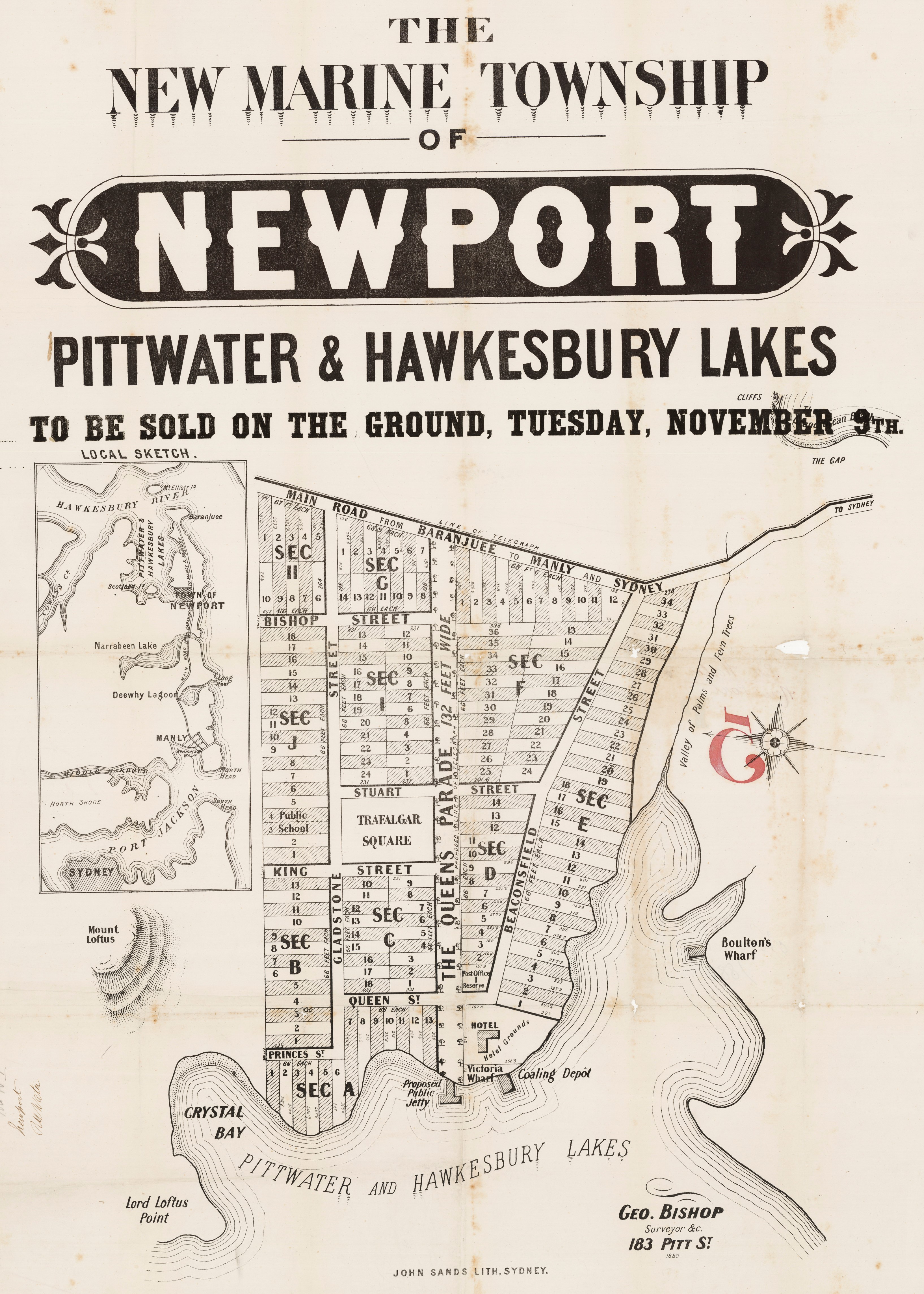







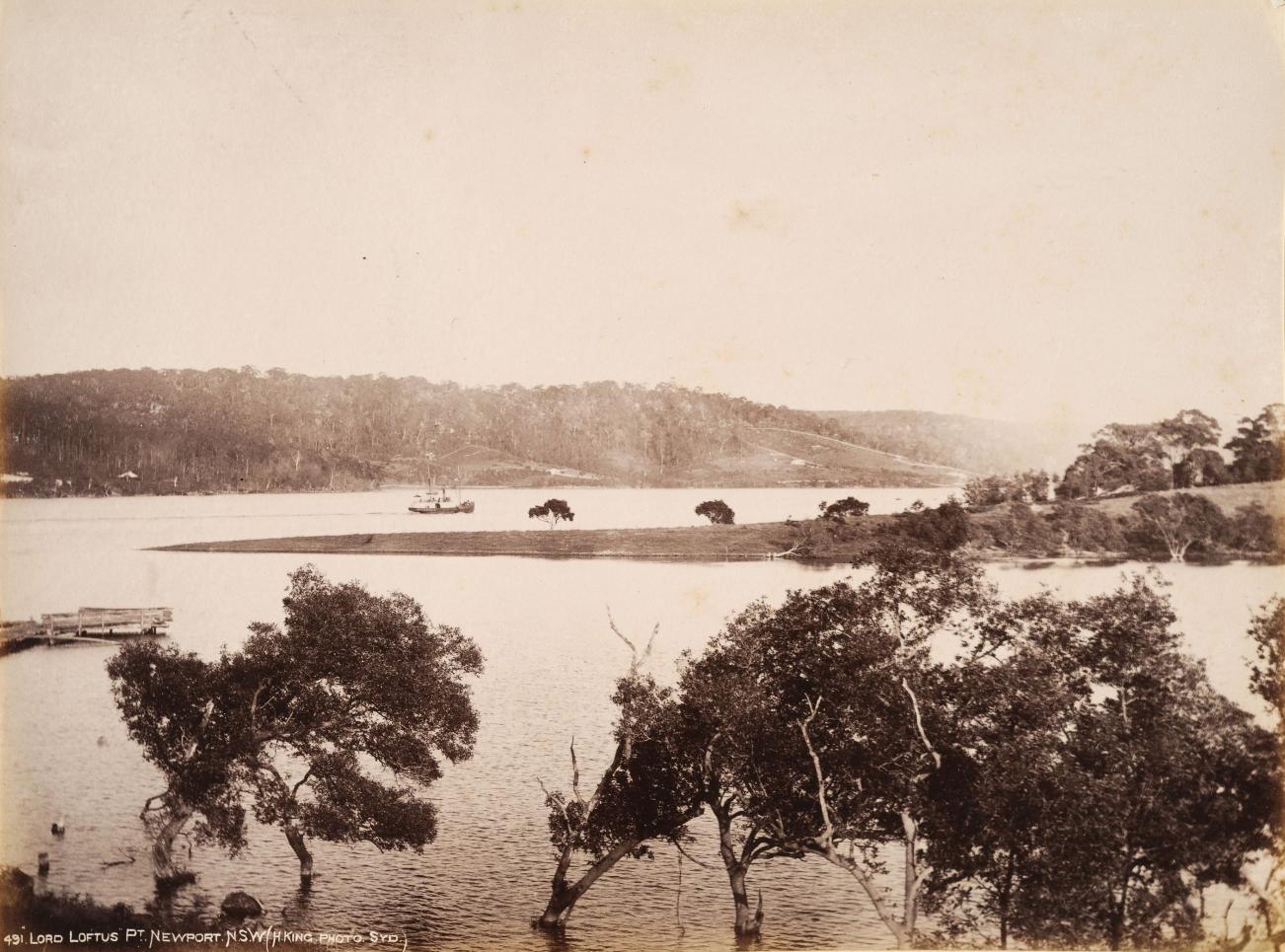
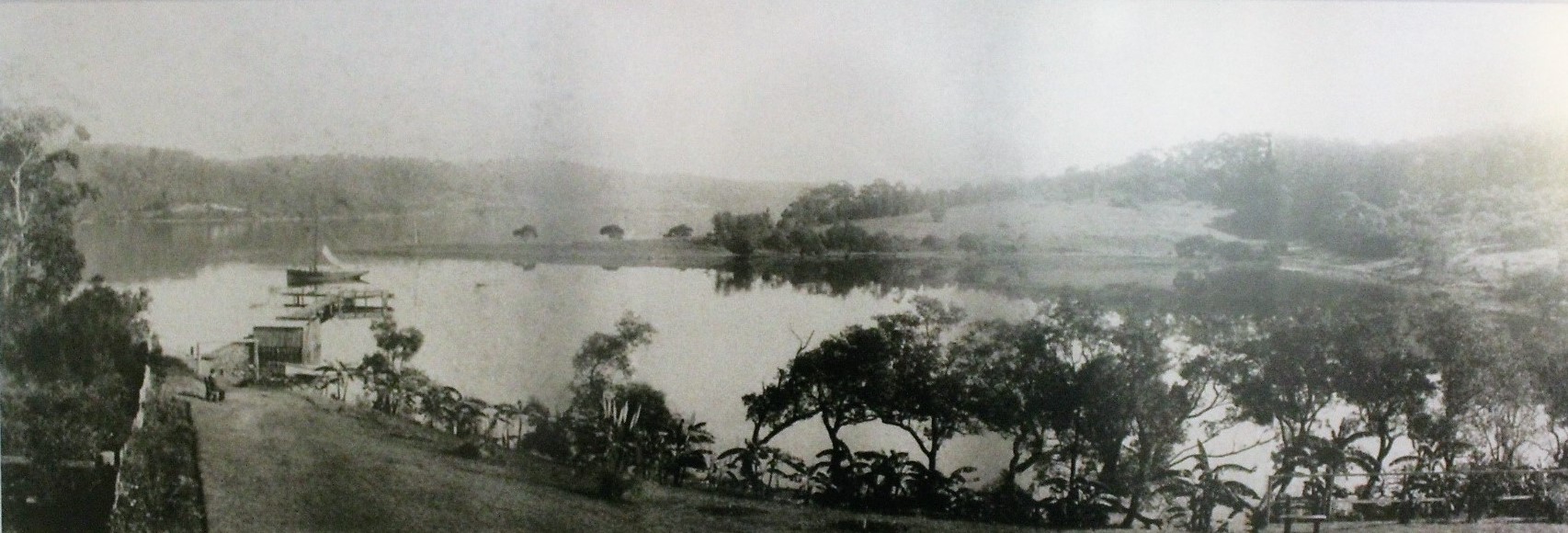

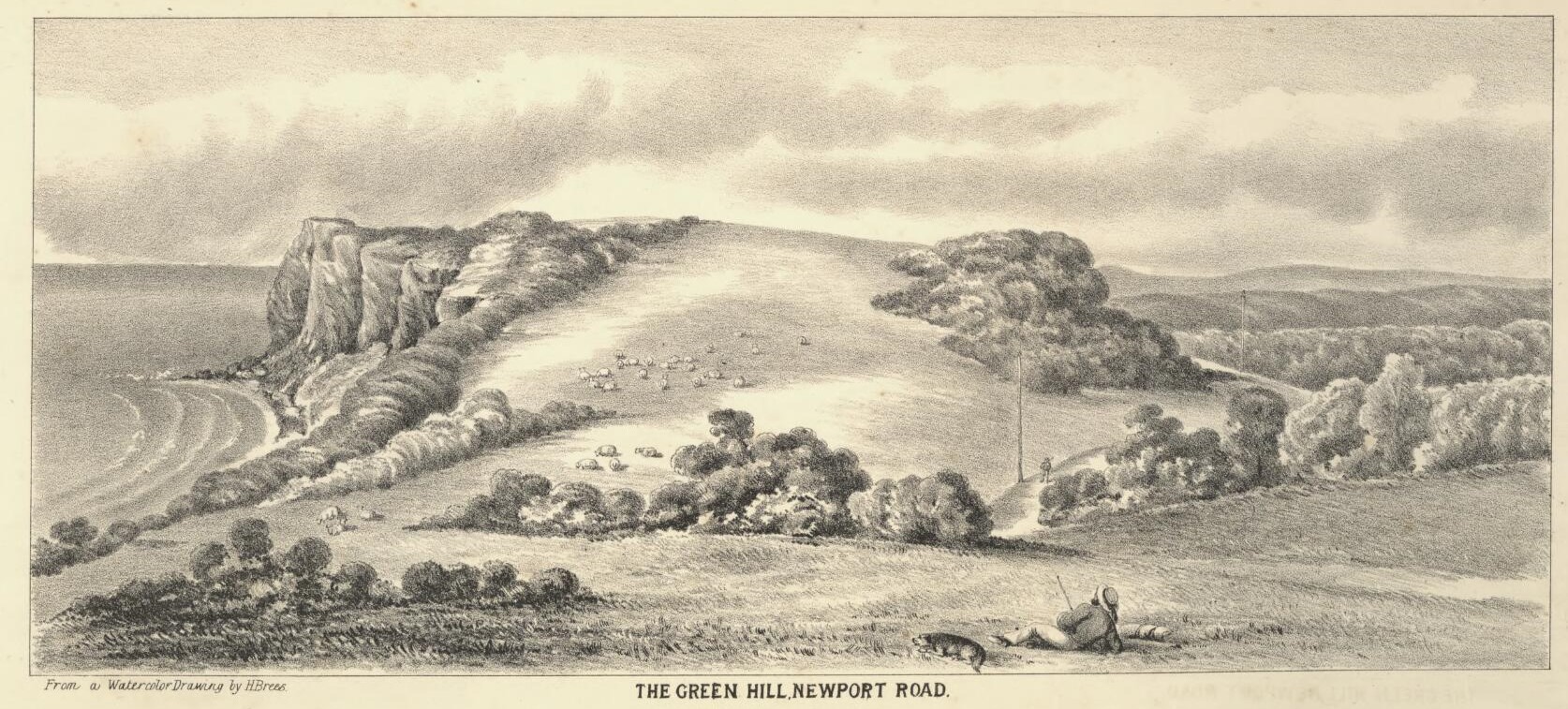
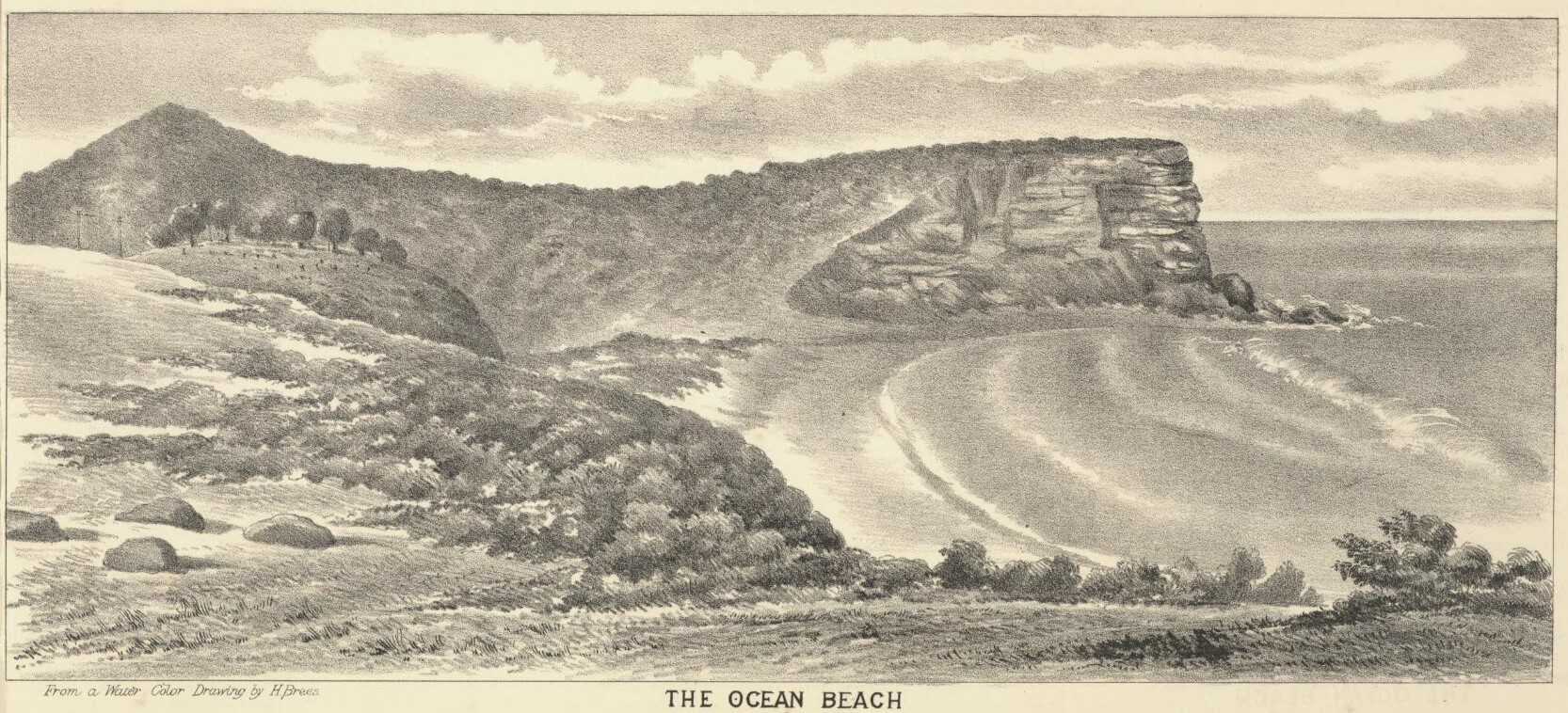


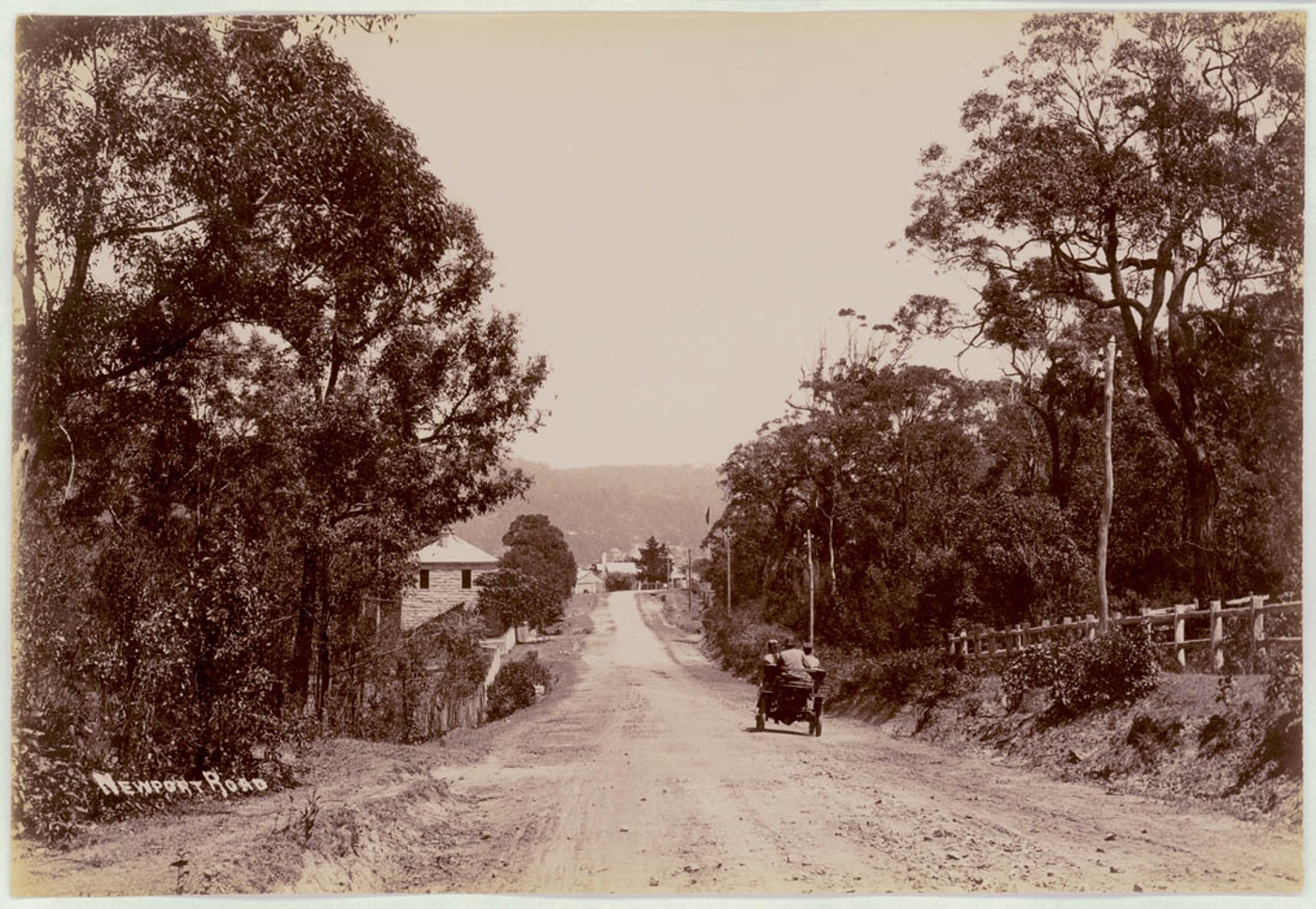
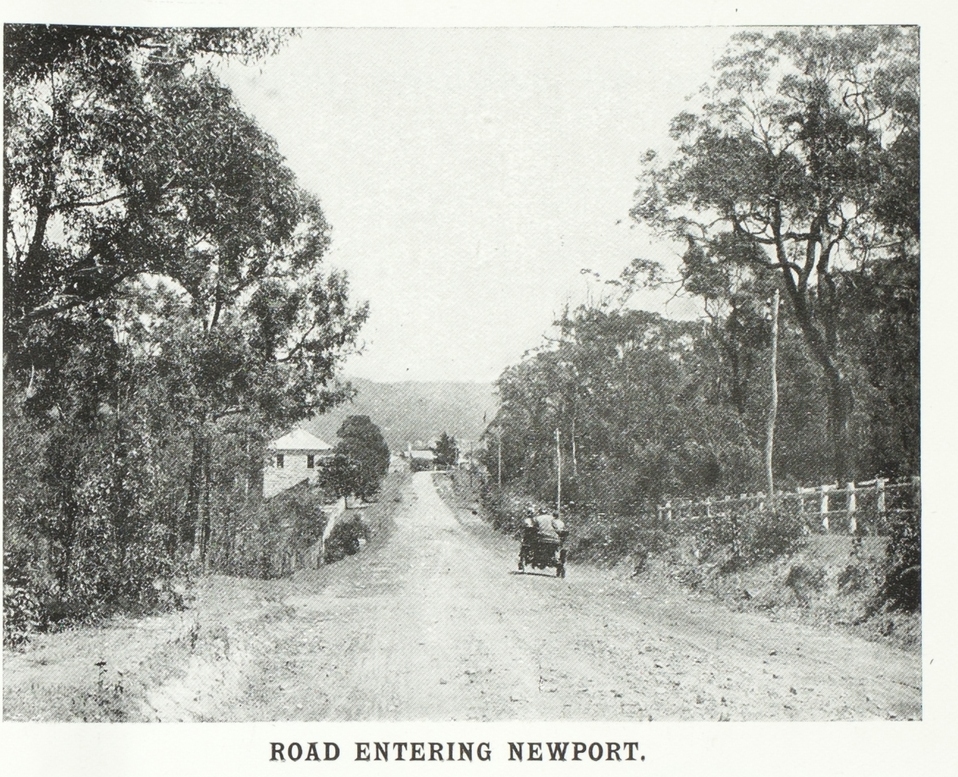
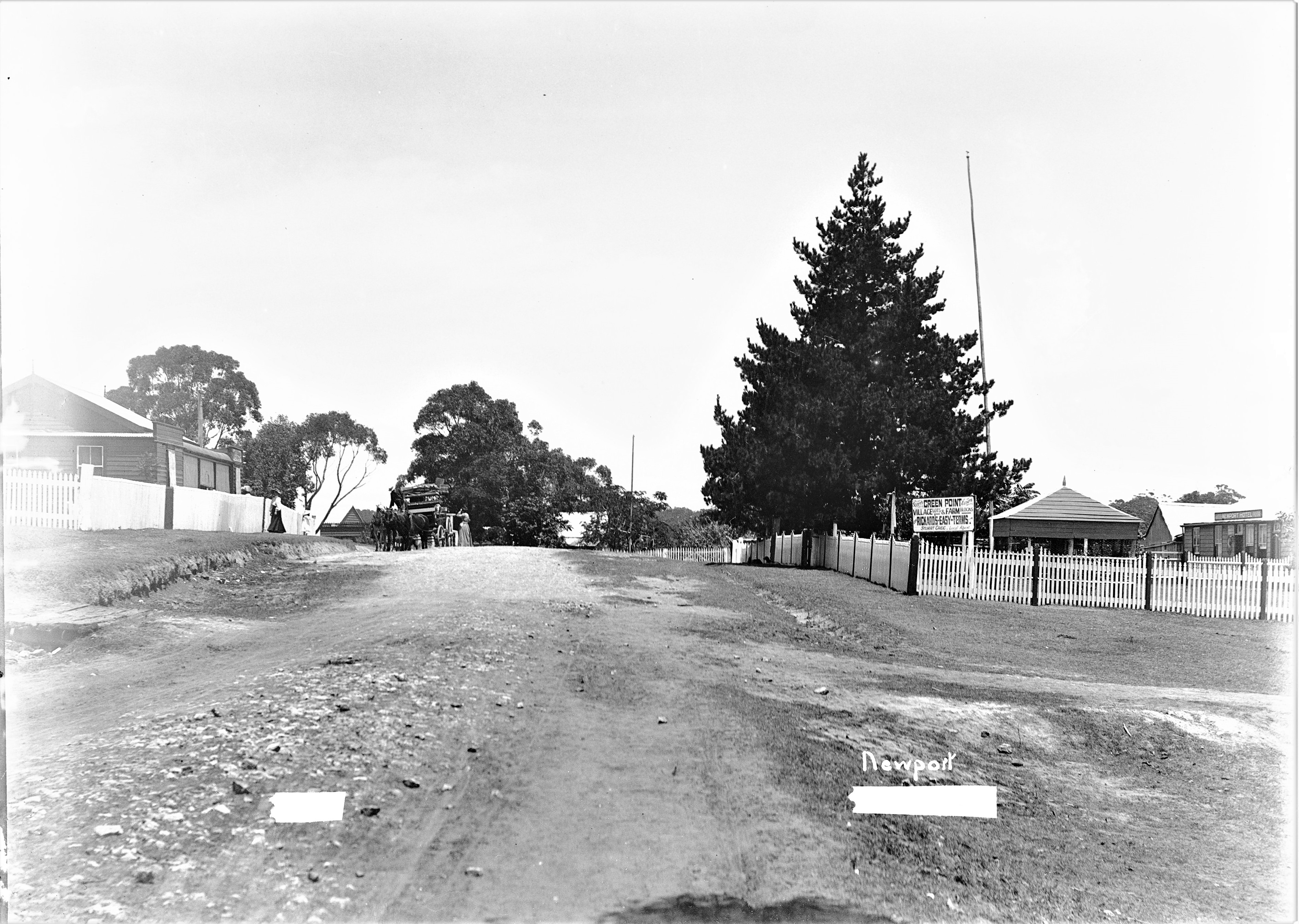
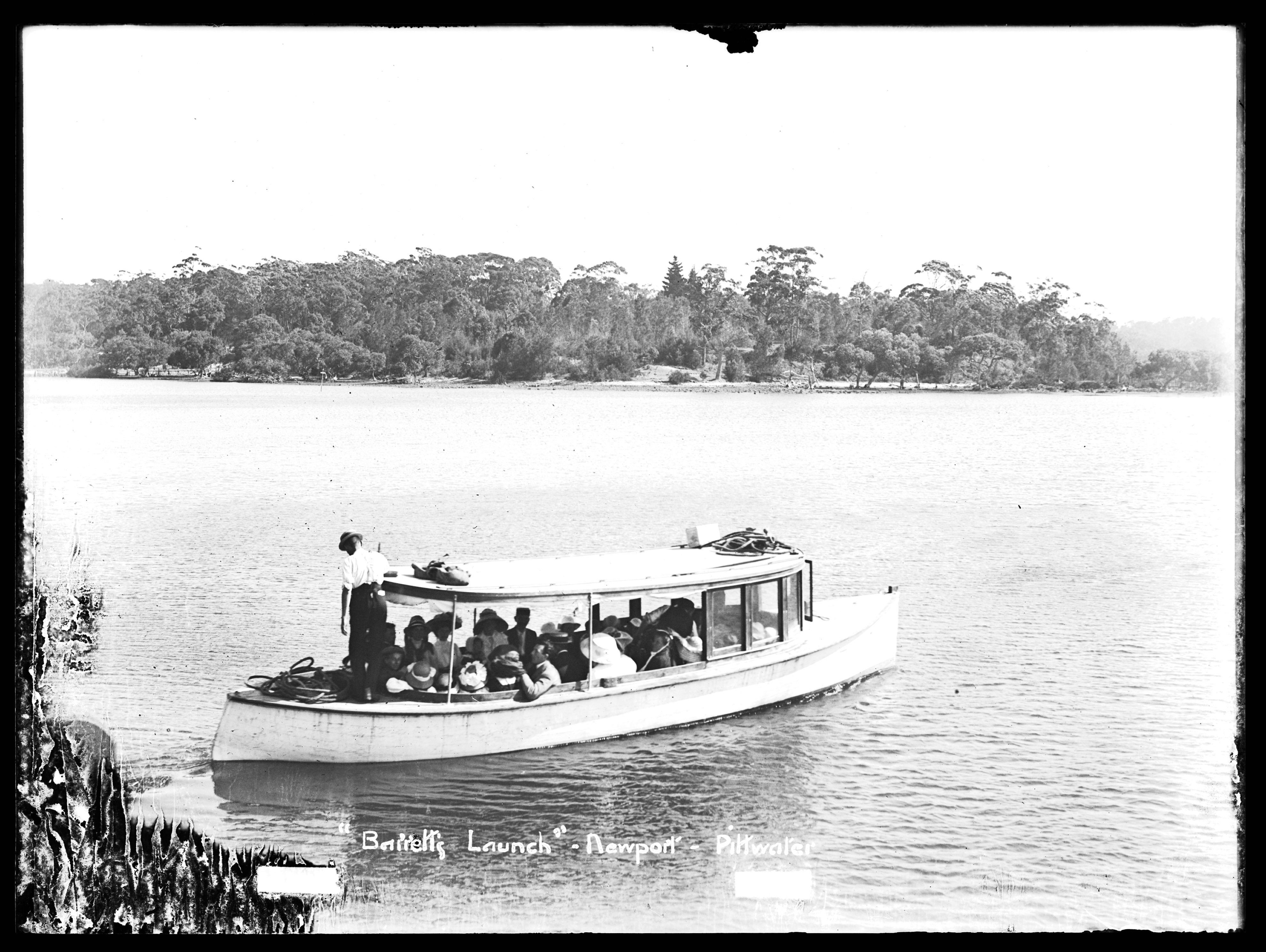
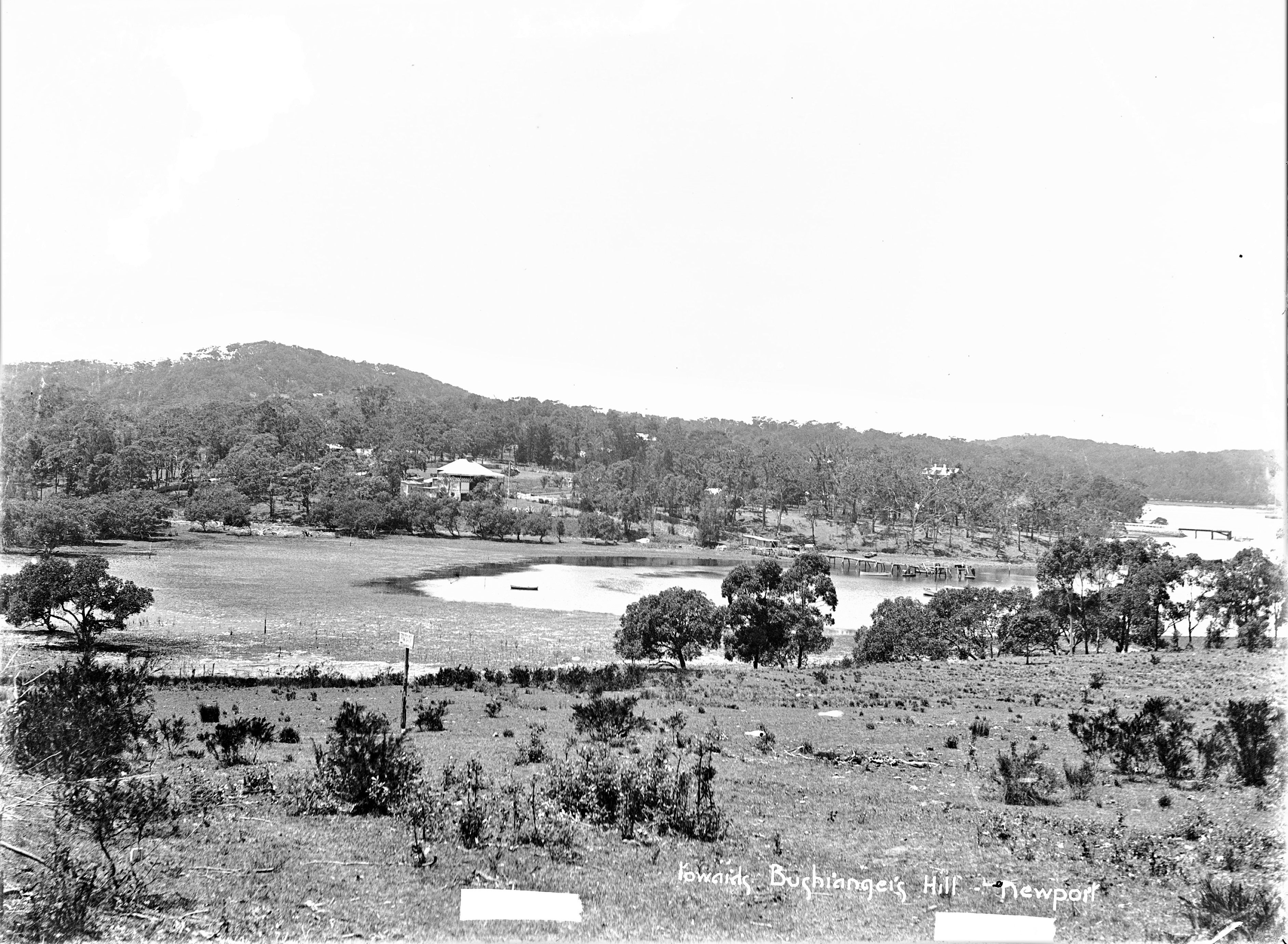



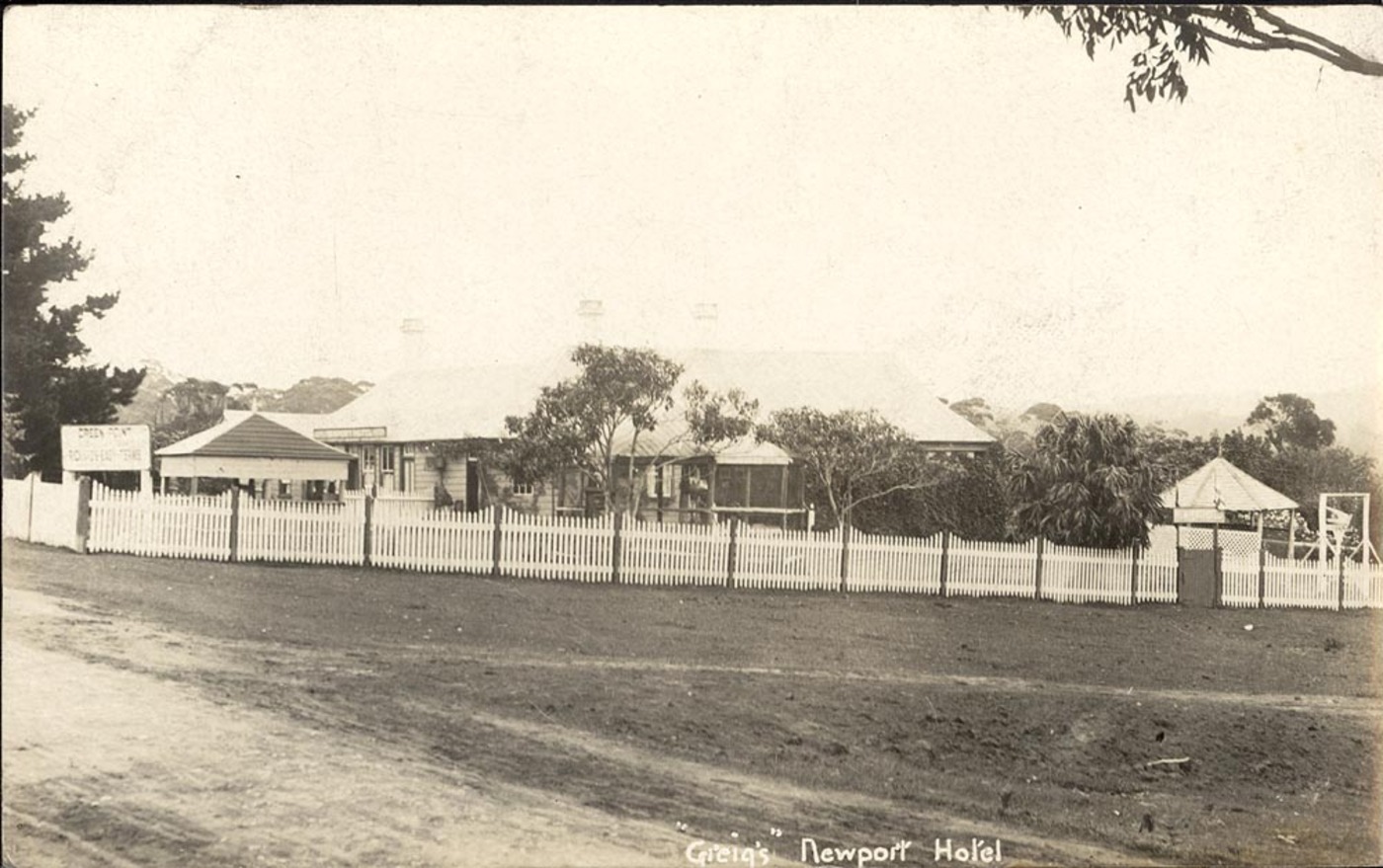

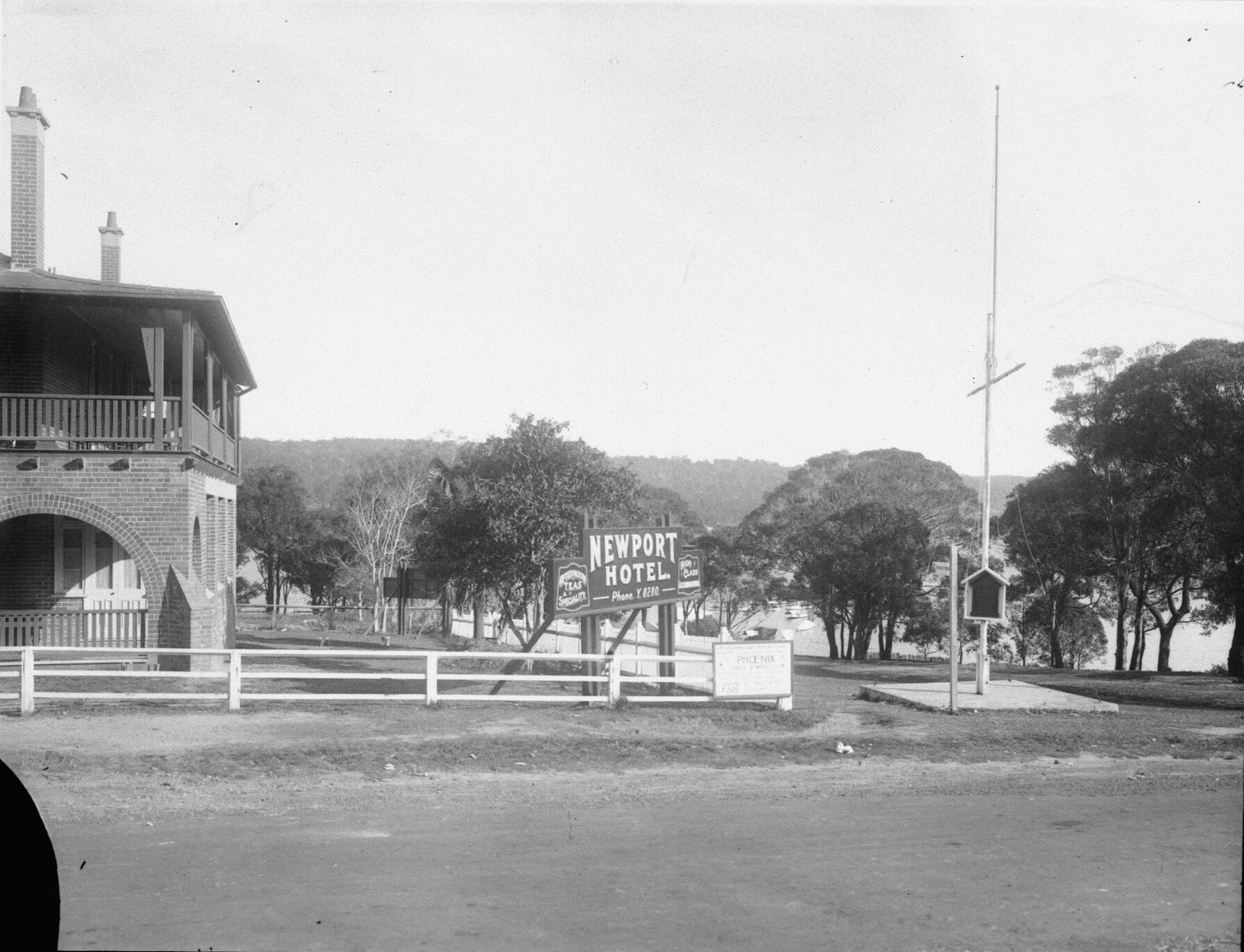

 Major General Paul Alfred Cullen, AC, CBE, DSO & Bar, ED (13 February 1909 – 7 October 2007) was a senior officer in the Australian Army. He joined the Militia in 1927 and saw active service throughout the Second World War, distinguishing himself as a fighting battalion commander on the Kokoda Track. Post war, he continued to serve in the Citizen Military Forces (CMF) and rose to the rank of major general as the CMF Member of the Military Board. In civil life , and having formed Australia's first unit trust before the war, in 1950 he formed Australia's first merchant bank, Mainguard (Australia) Ltd. Over time he became the first national president of Austcare, the first president of the Refugee Council of Australia, the president of the Australian Jewish Welfare Society for Refugees and the president of the Royal Blind Society of New South Wales. In 1981 he received the Nansen Medal from the United Nations, in recognition of his work on behalf of refugees.
Major General Paul Alfred Cullen, AC, CBE, DSO & Bar, ED (13 February 1909 – 7 October 2007) was a senior officer in the Australian Army. He joined the Militia in 1927 and saw active service throughout the Second World War, distinguishing himself as a fighting battalion commander on the Kokoda Track. Post war, he continued to serve in the Citizen Military Forces (CMF) and rose to the rank of major general as the CMF Member of the Military Board. In civil life , and having formed Australia's first unit trust before the war, in 1950 he formed Australia's first merchant bank, Mainguard (Australia) Ltd. Over time he became the first national president of Austcare, the first president of the Refugee Council of Australia, the president of the Australian Jewish Welfare Society for Refugees and the president of the Royal Blind Society of New South Wales. In 1981 he received the Nansen Medal from the United Nations, in recognition of his work on behalf of refugees.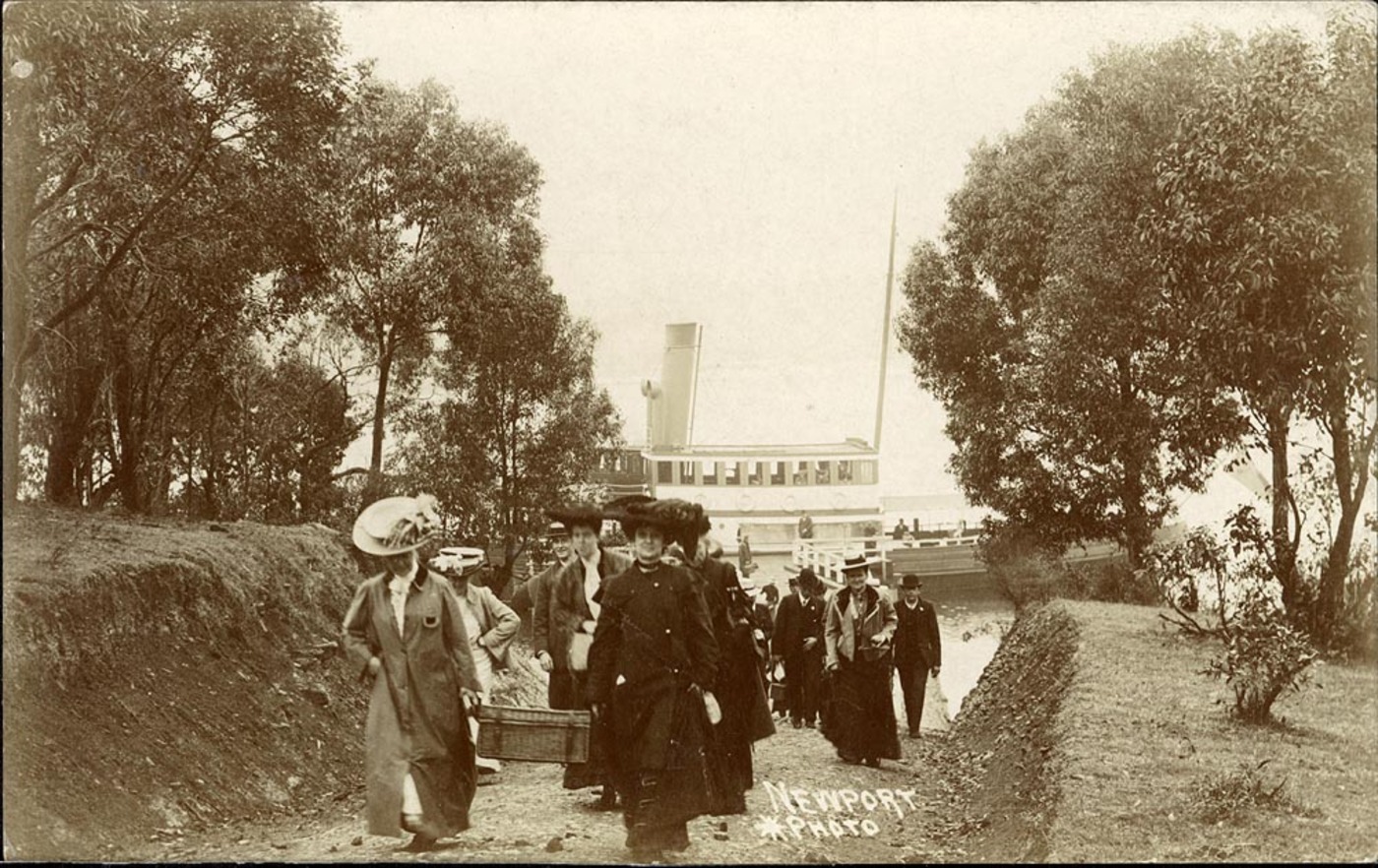
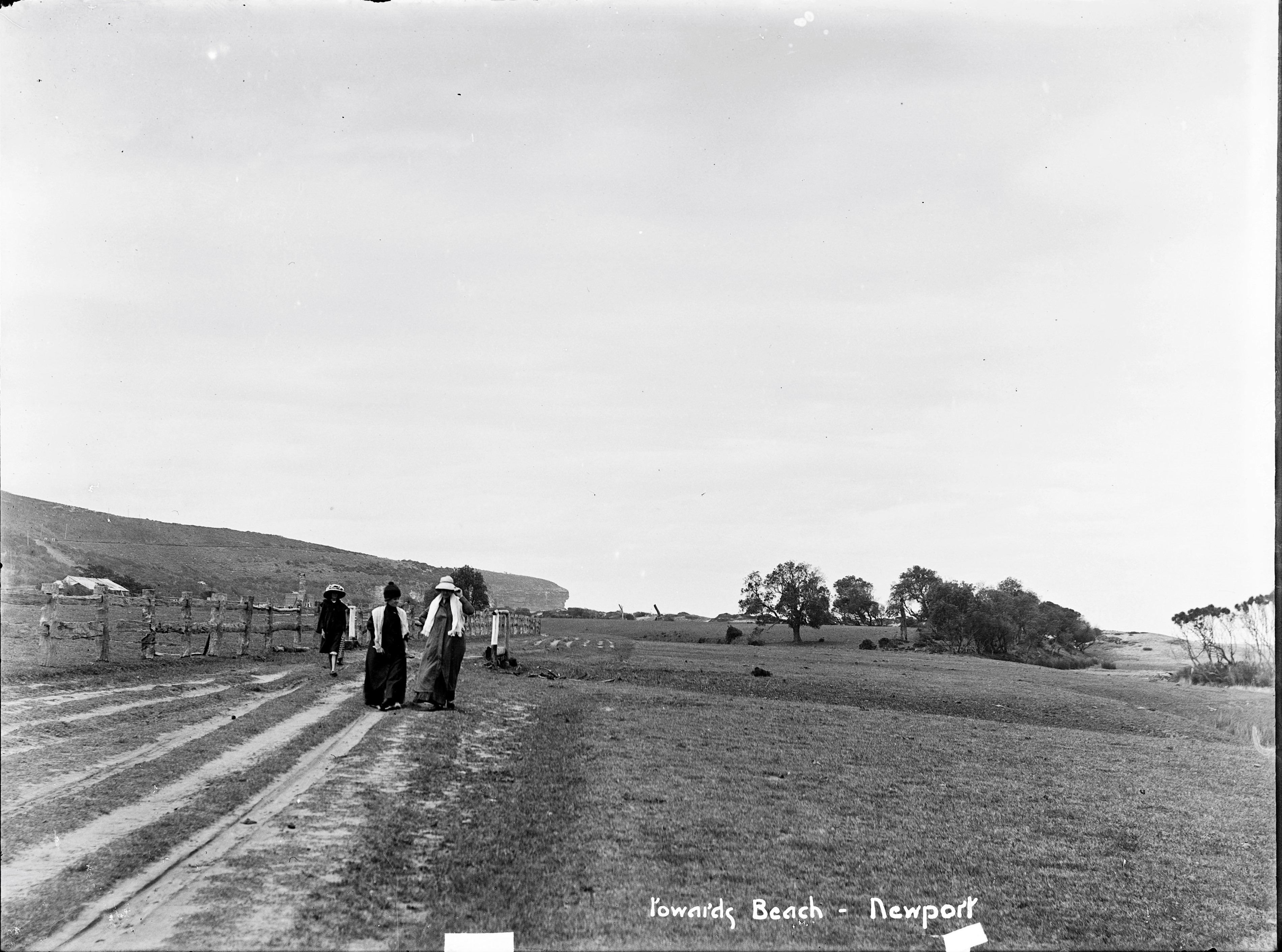
 Musicians and artists are set to receive a boost under the NSW Government with the opening of grants focused on rebuilding the NSW touring circuit.
Musicians and artists are set to receive a boost under the NSW Government with the opening of grants focused on rebuilding the NSW touring circuit.